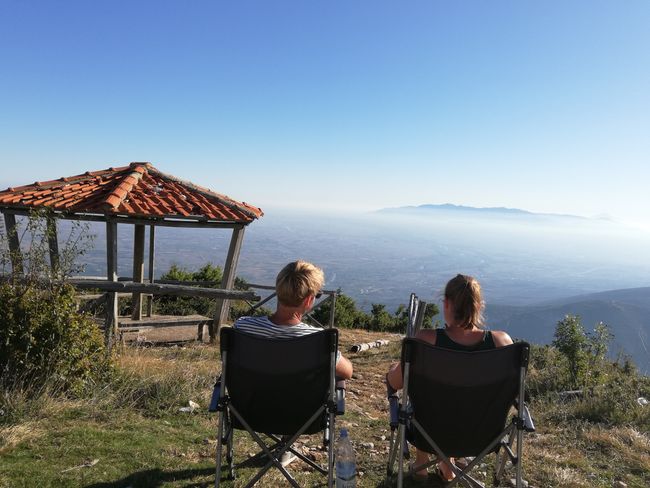
Lücke im Lebenslauf? Ja, ist geil!
vakantio.de/luckeimlebenslauf_jawargeil
Week 10 Summer, sun, cactus (Chalkidiki Greece)
Објављено: 17.10.2019
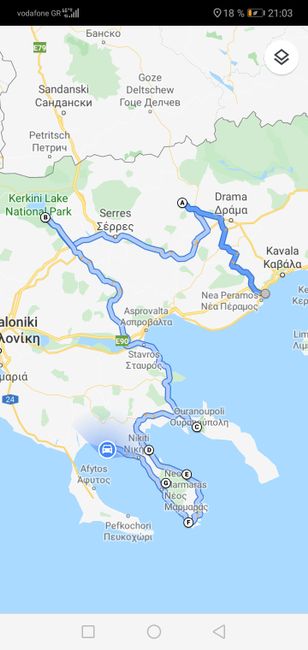
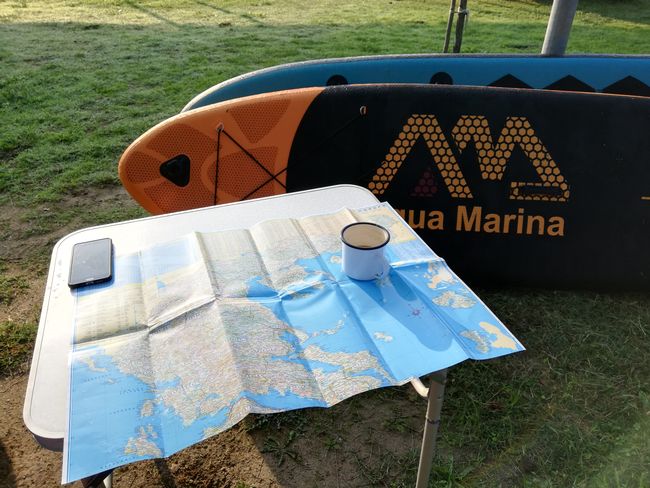
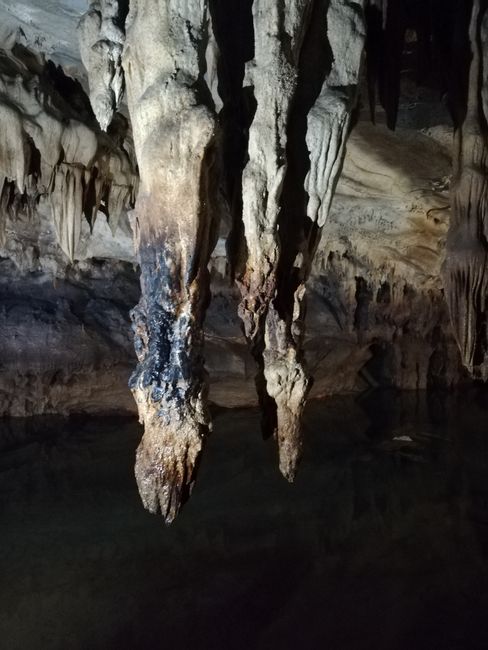
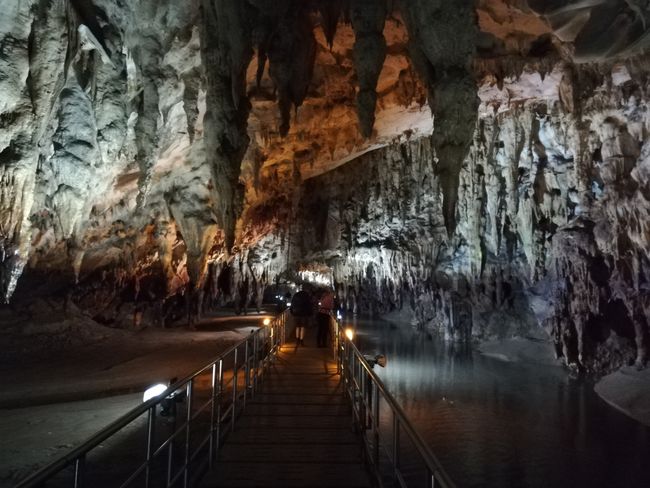
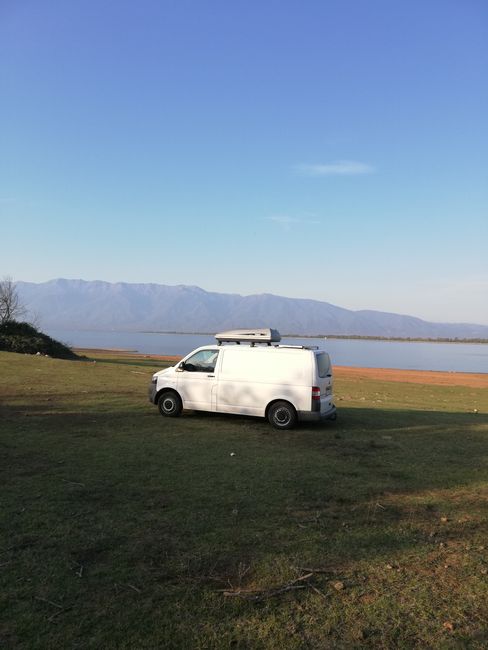
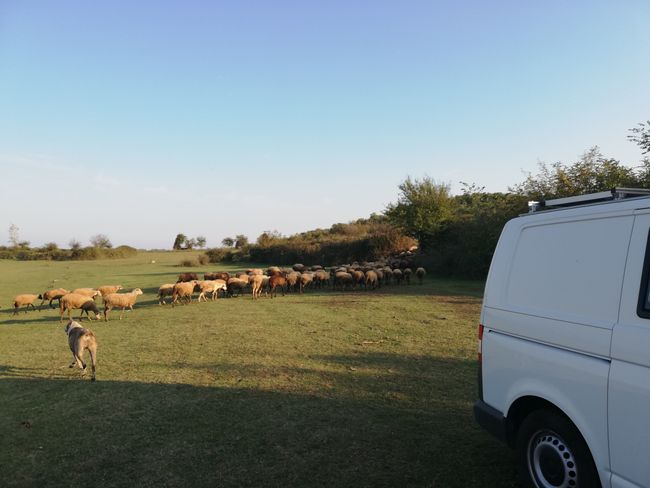
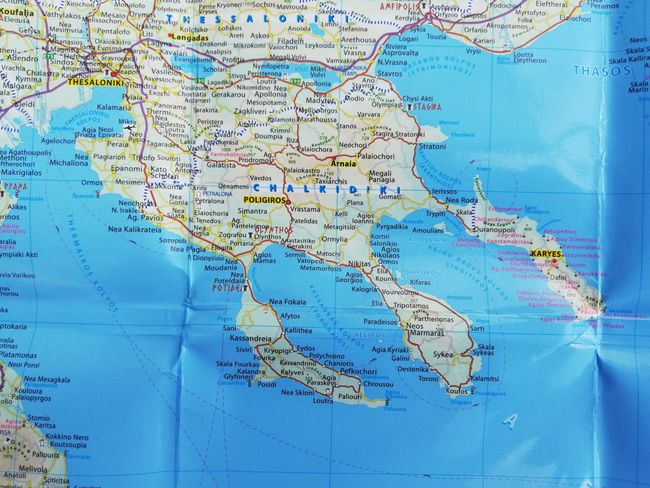
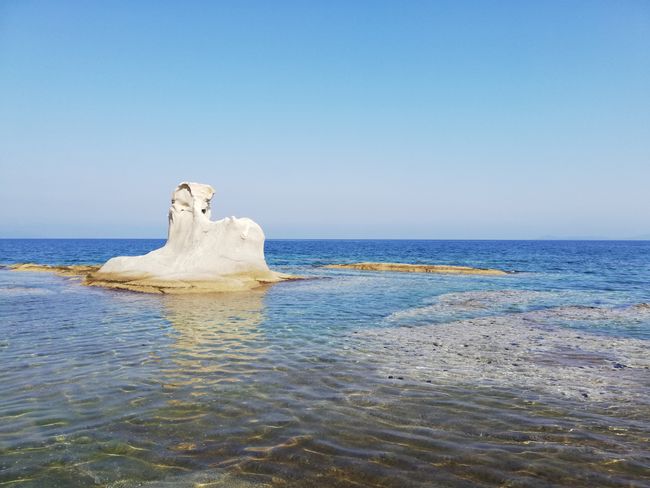
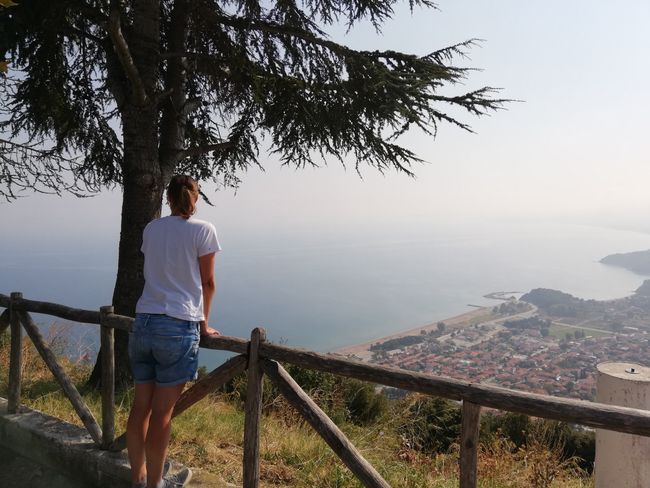
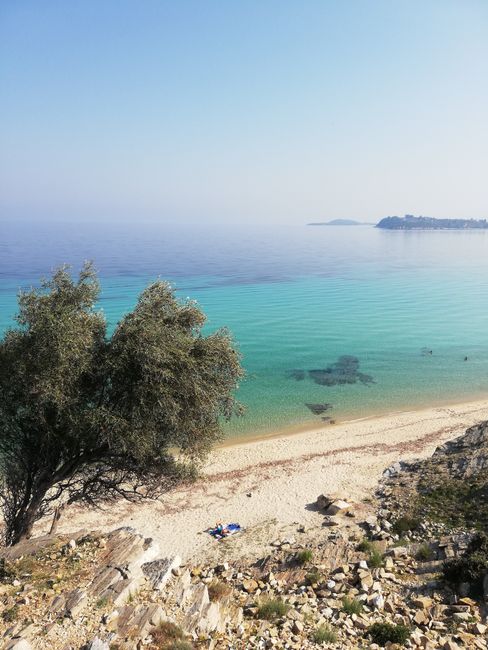
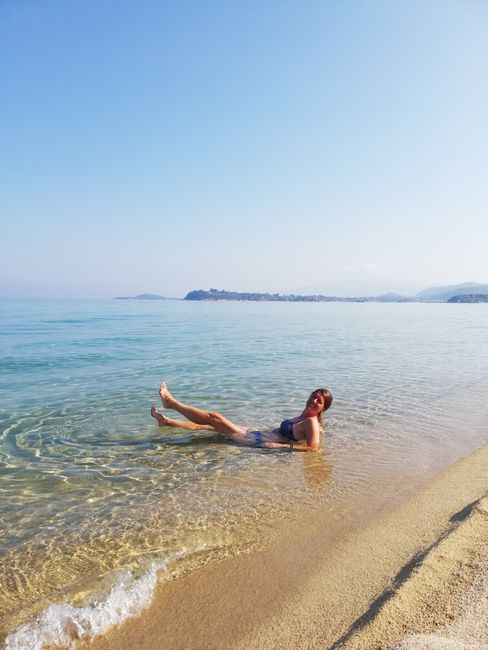
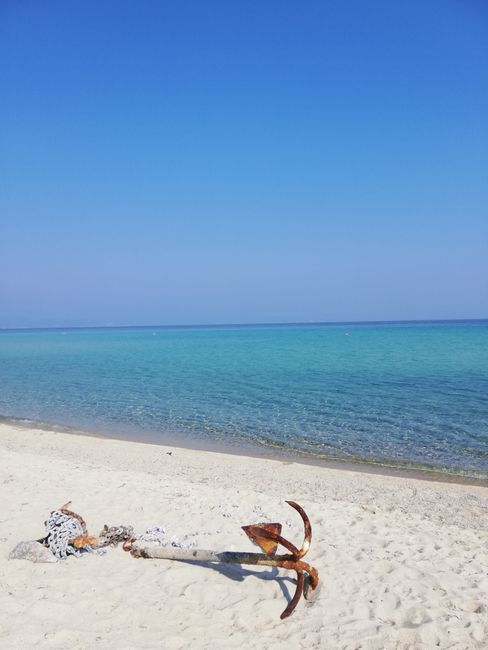
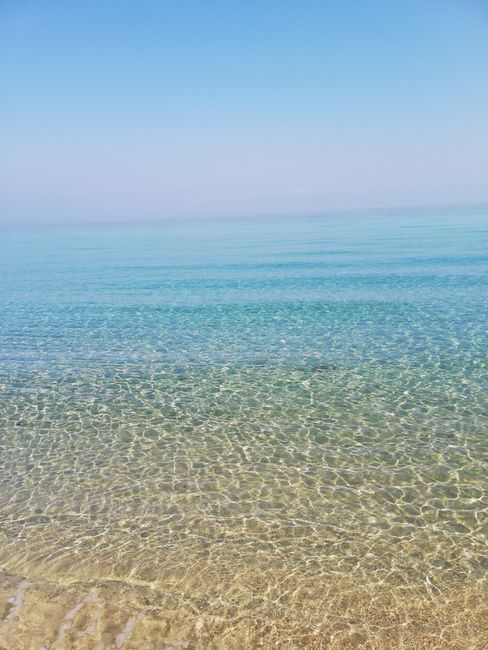
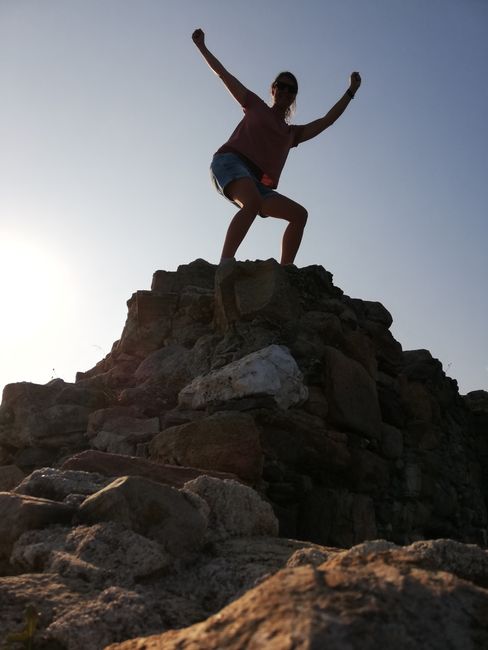
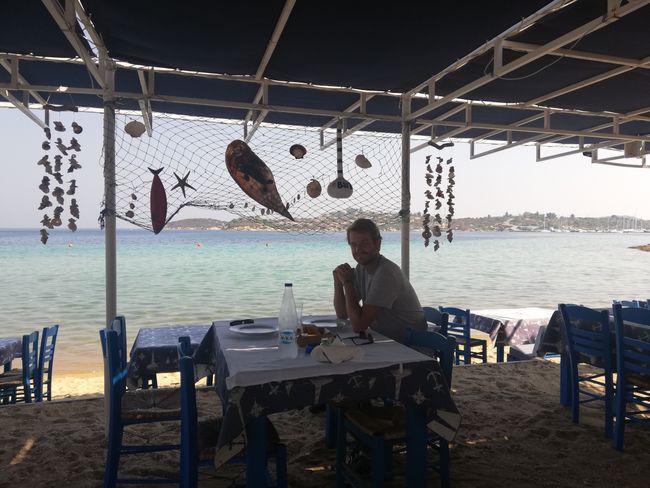
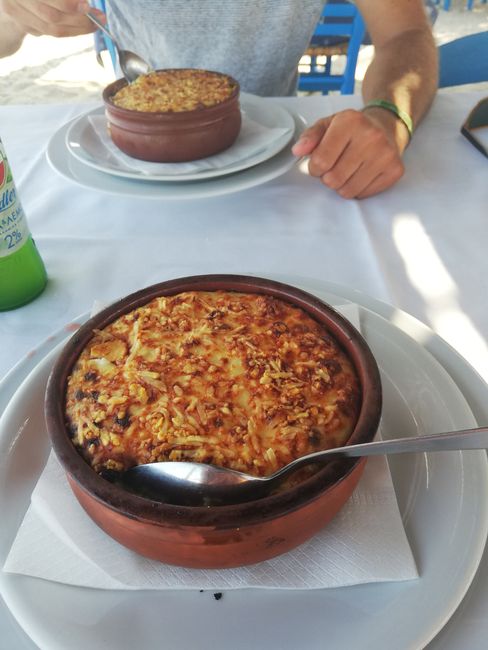
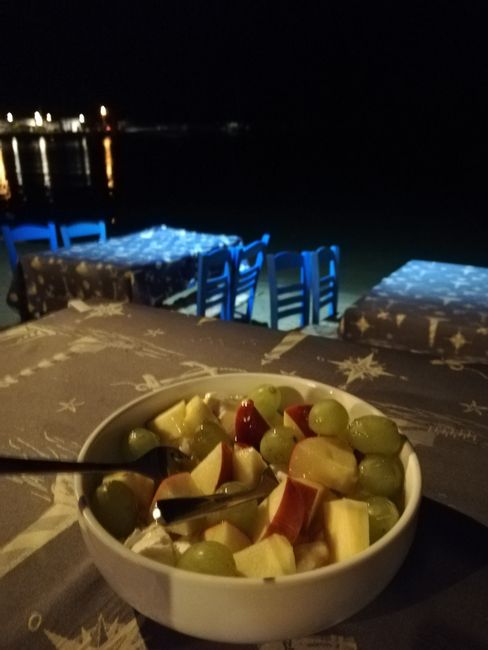
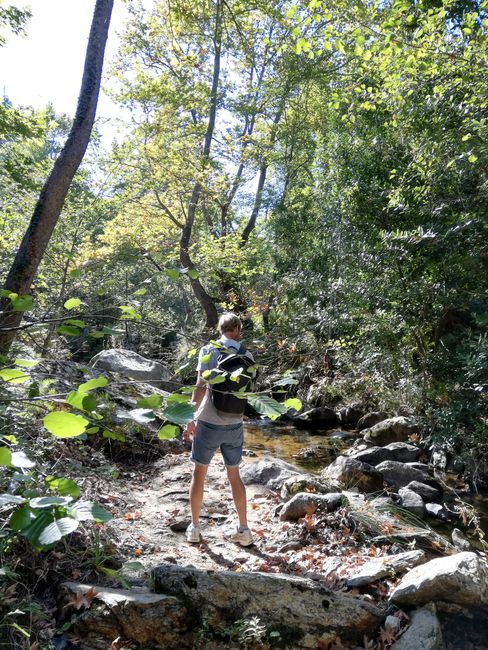
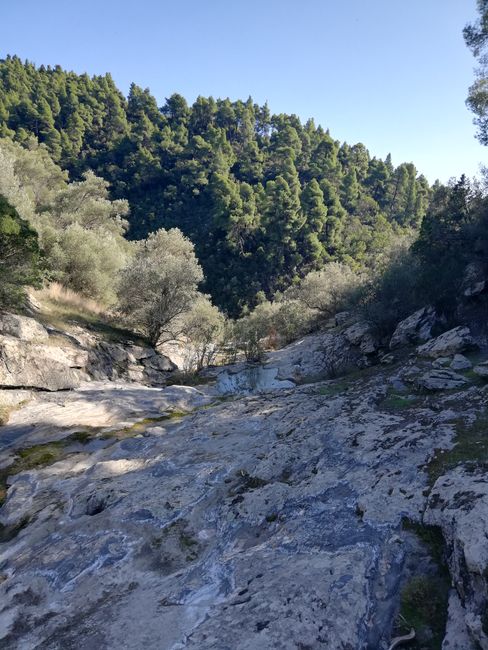
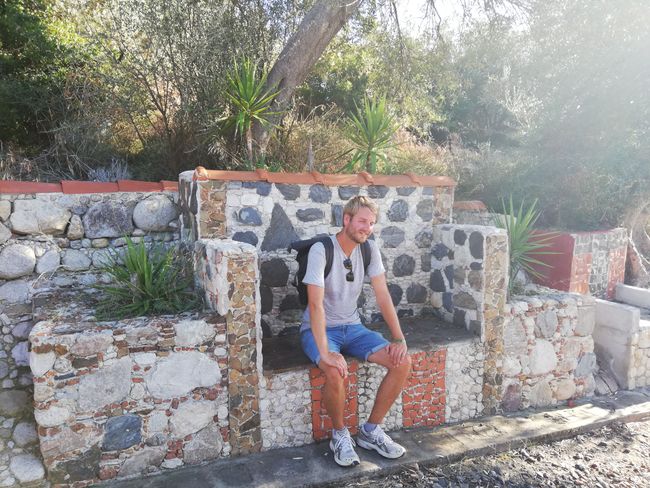
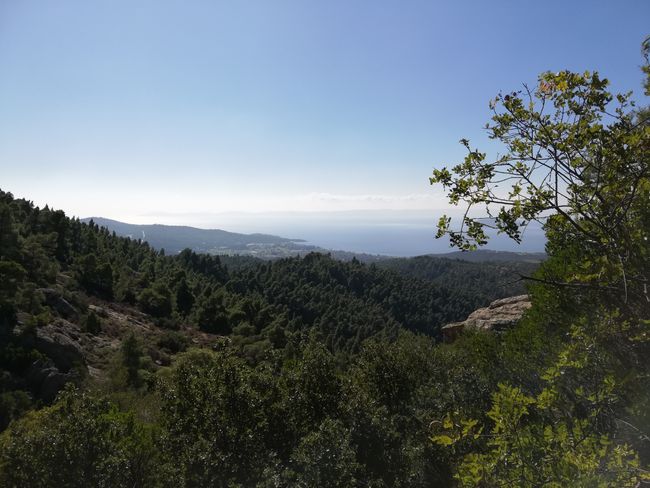
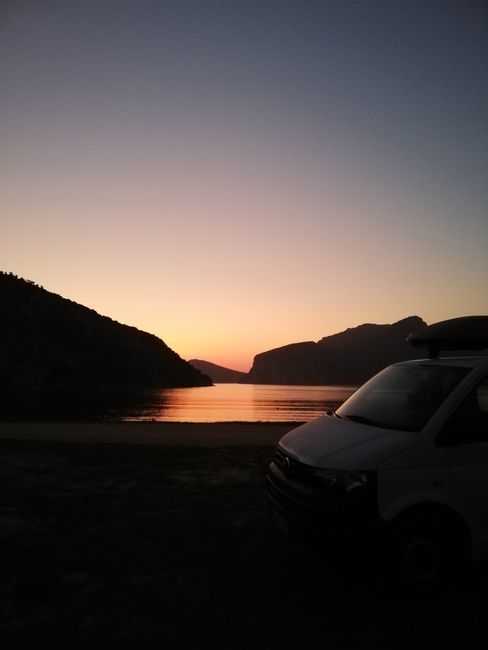
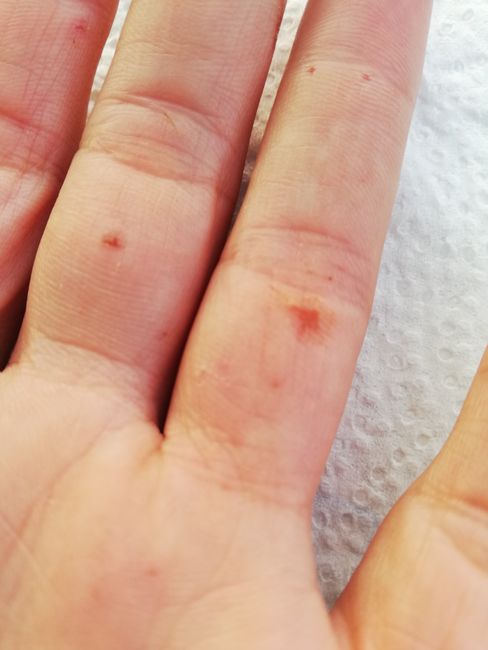
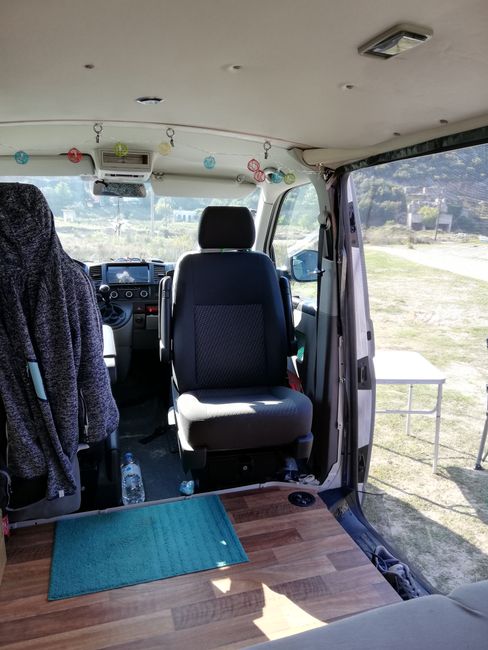
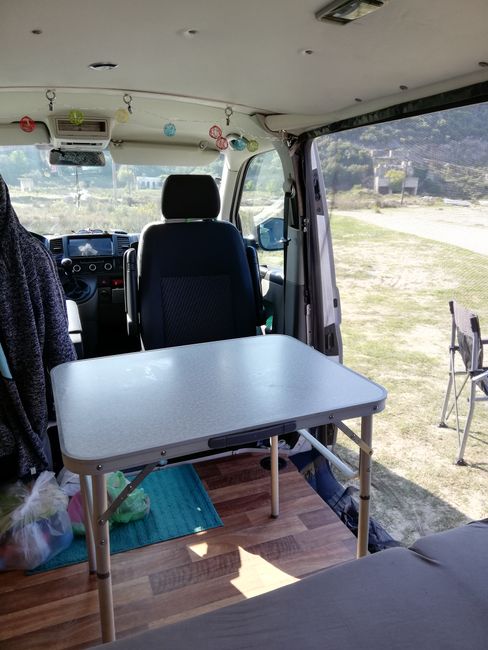
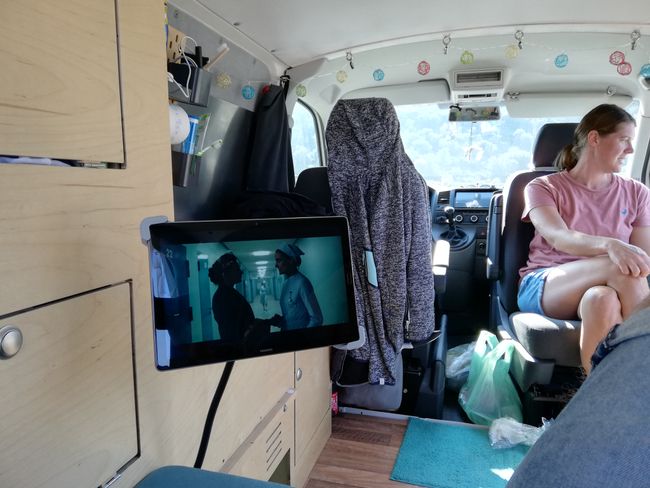
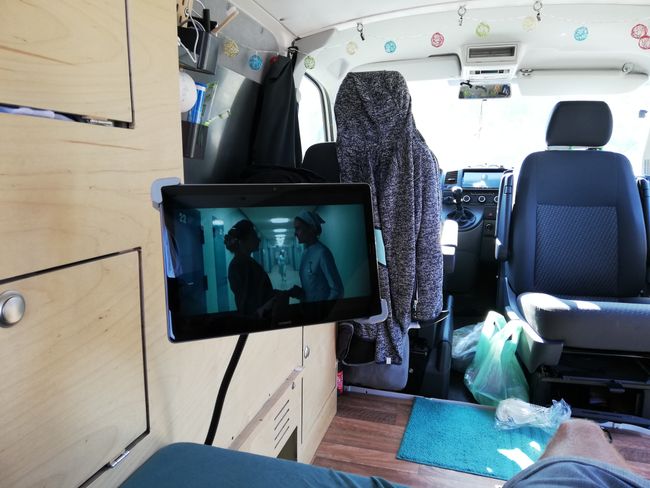
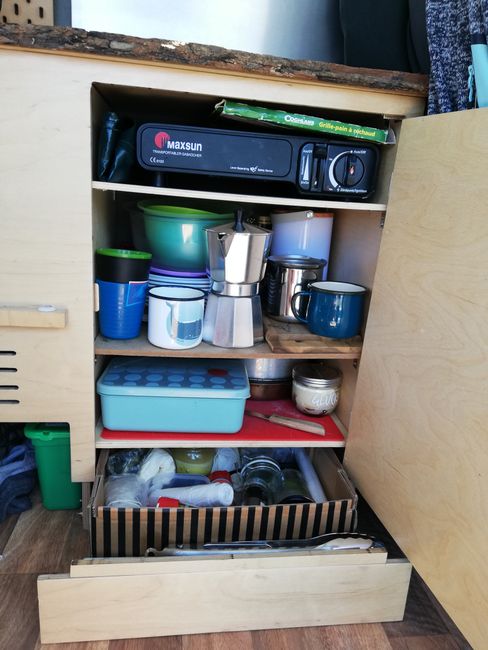
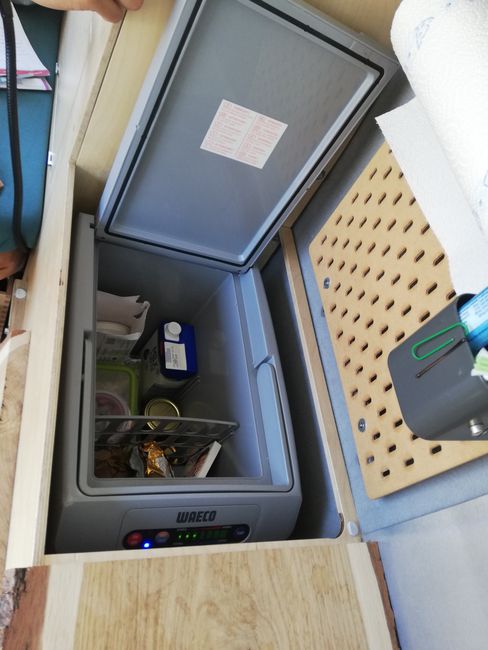
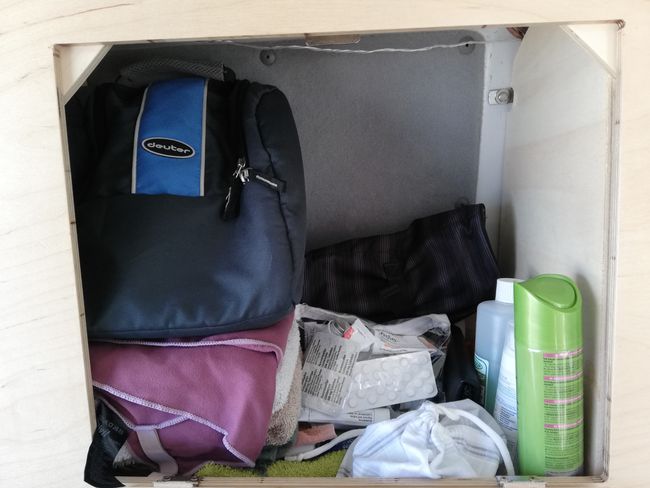
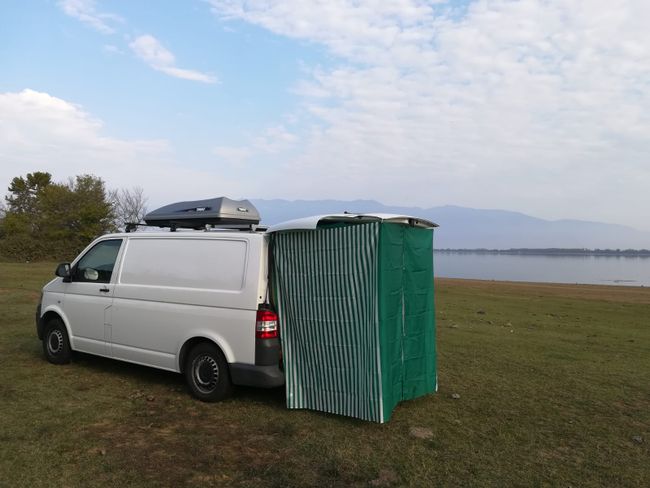
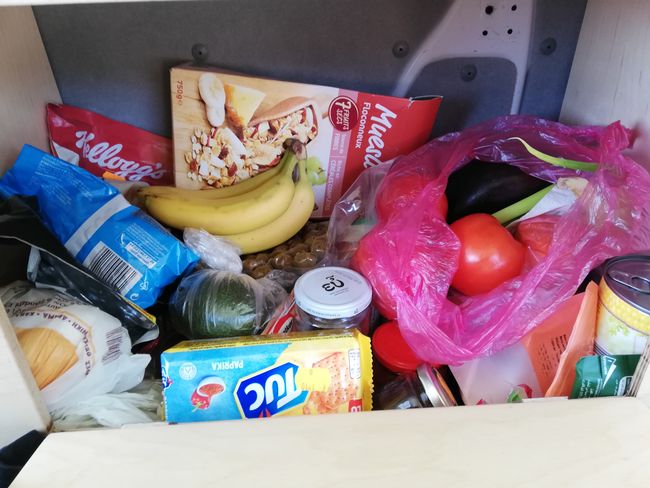
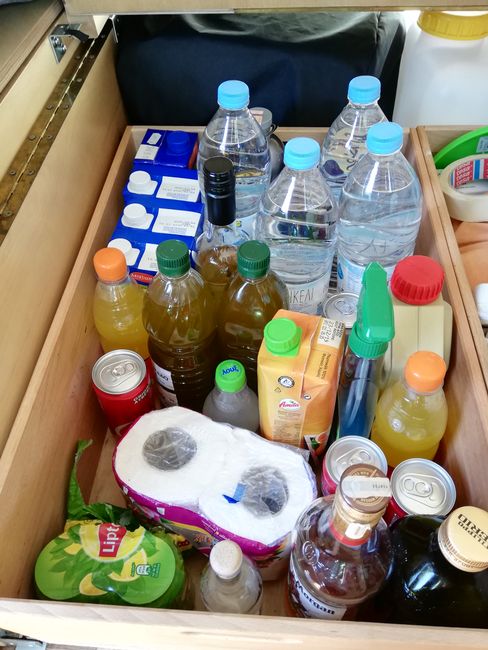
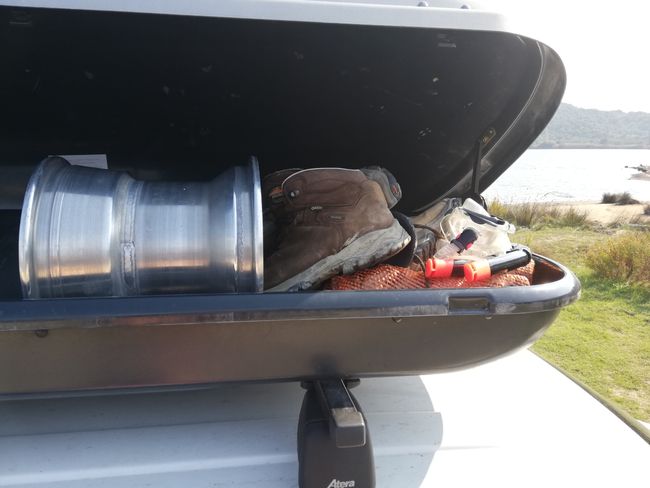
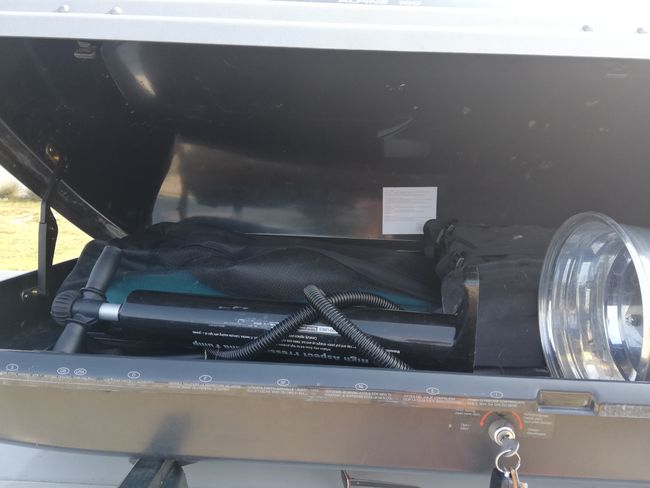
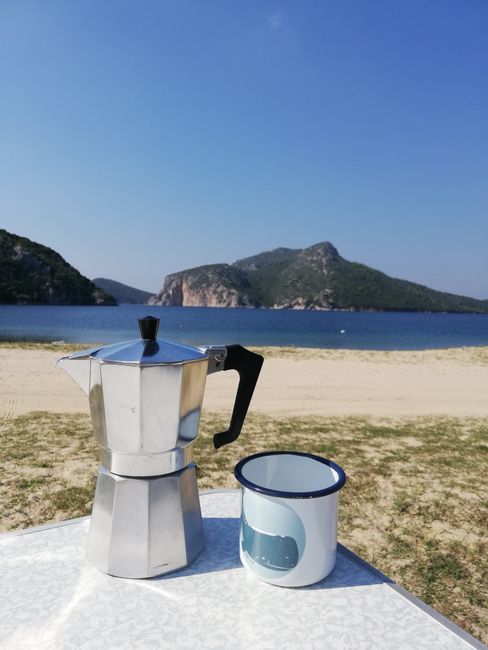
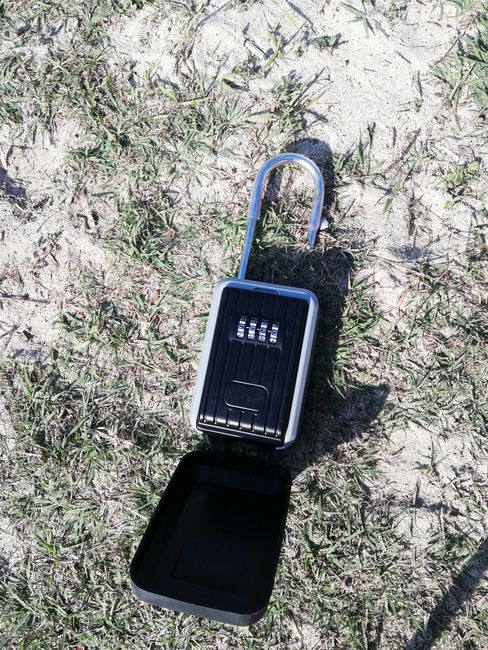
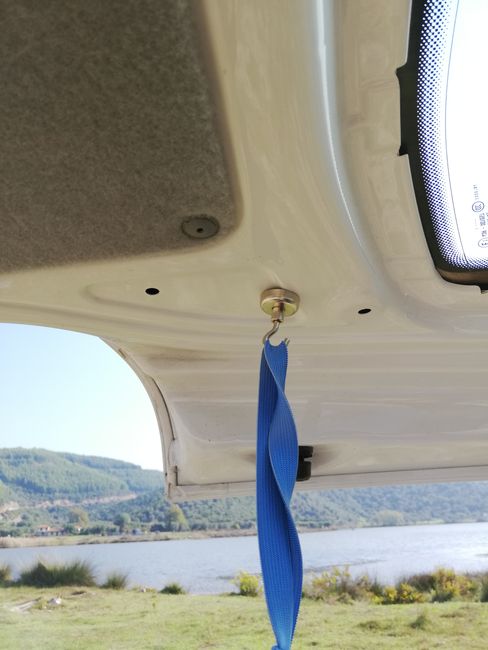
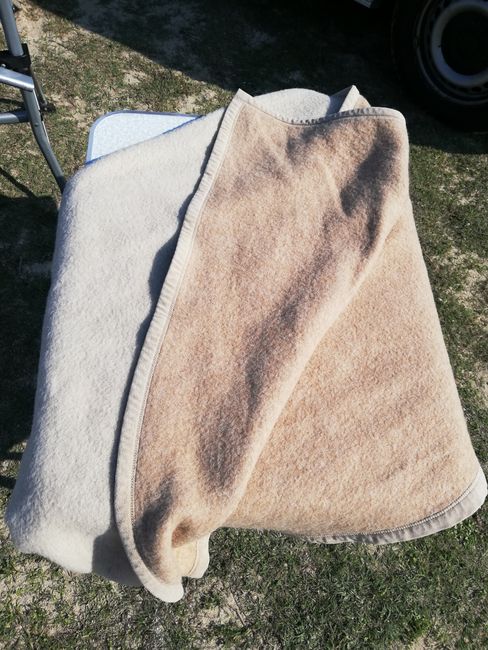

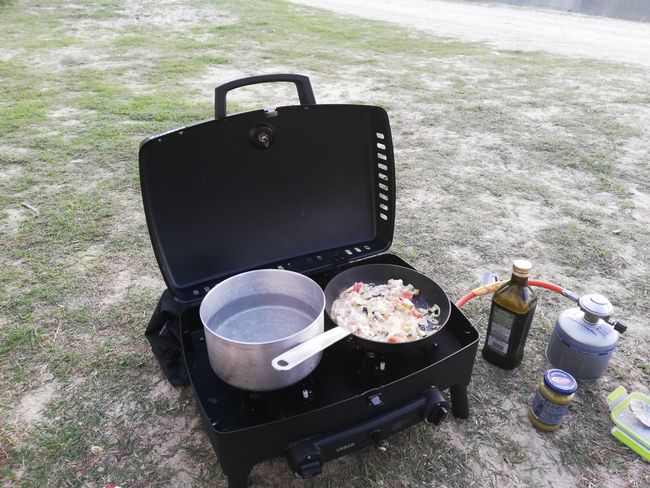
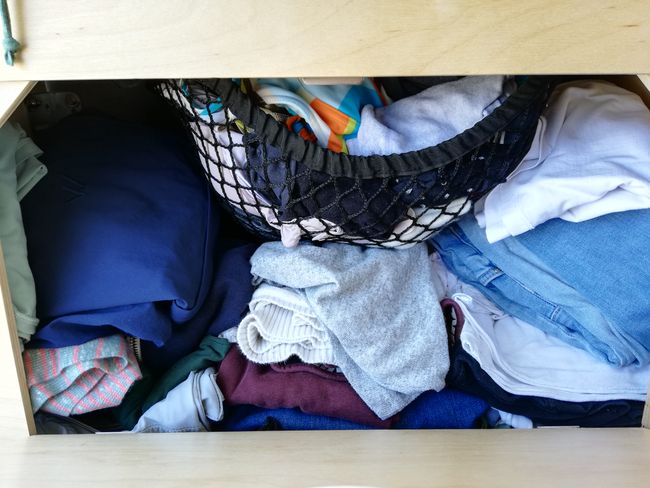
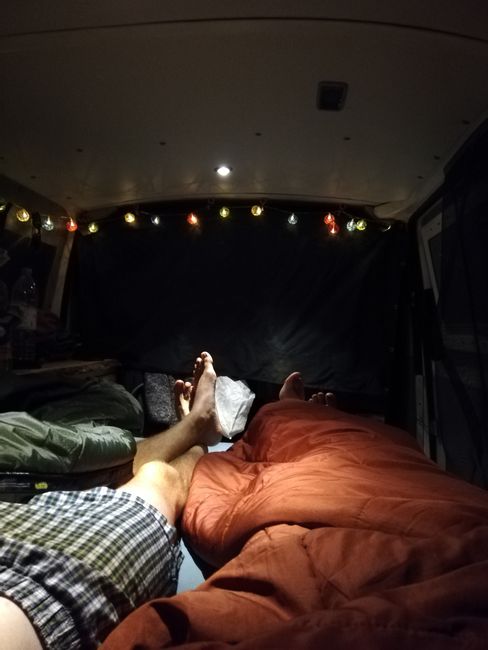
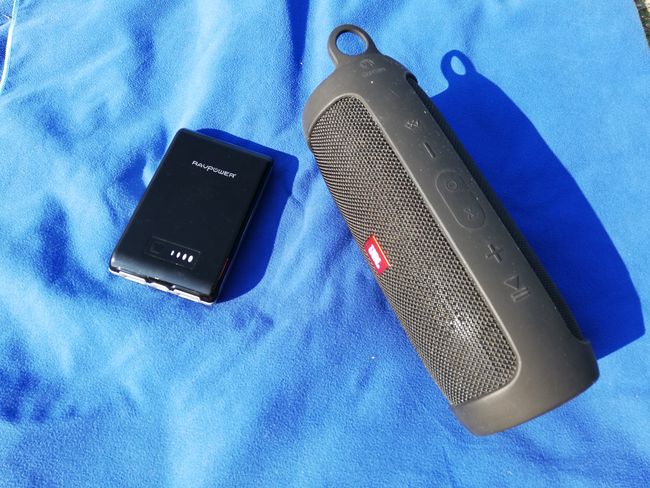
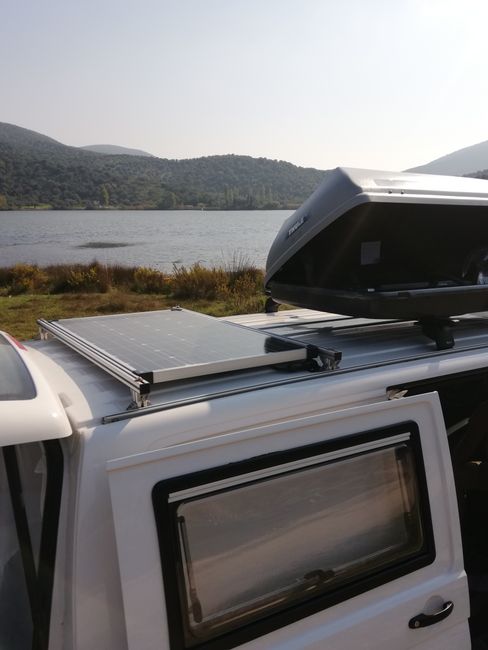
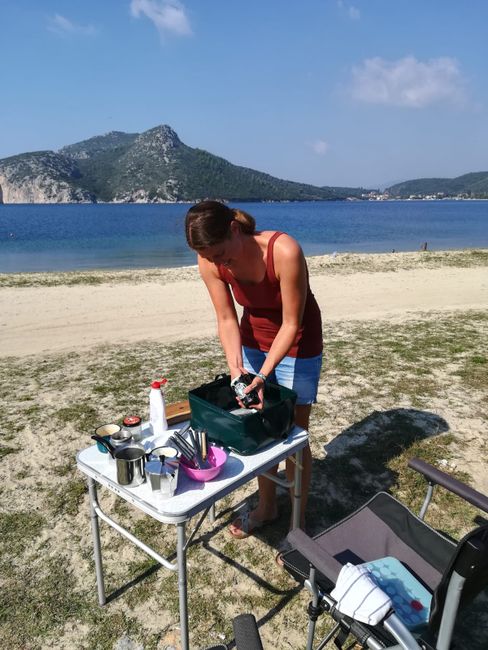
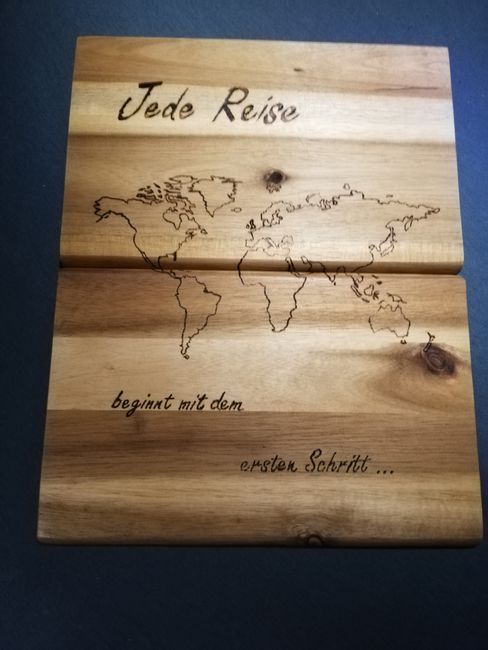
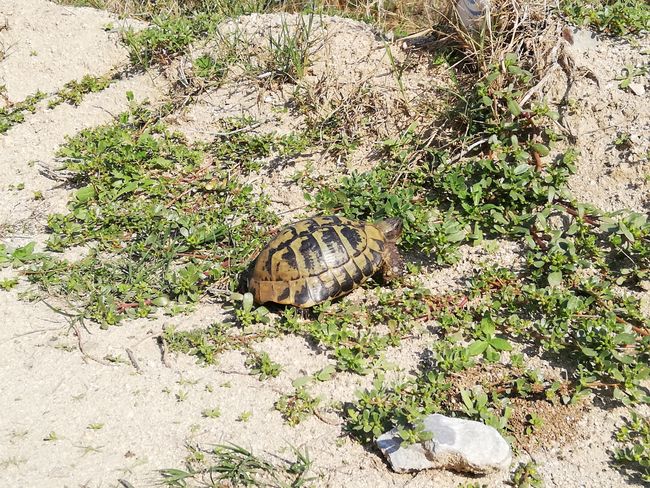
Пријавите се на билтен
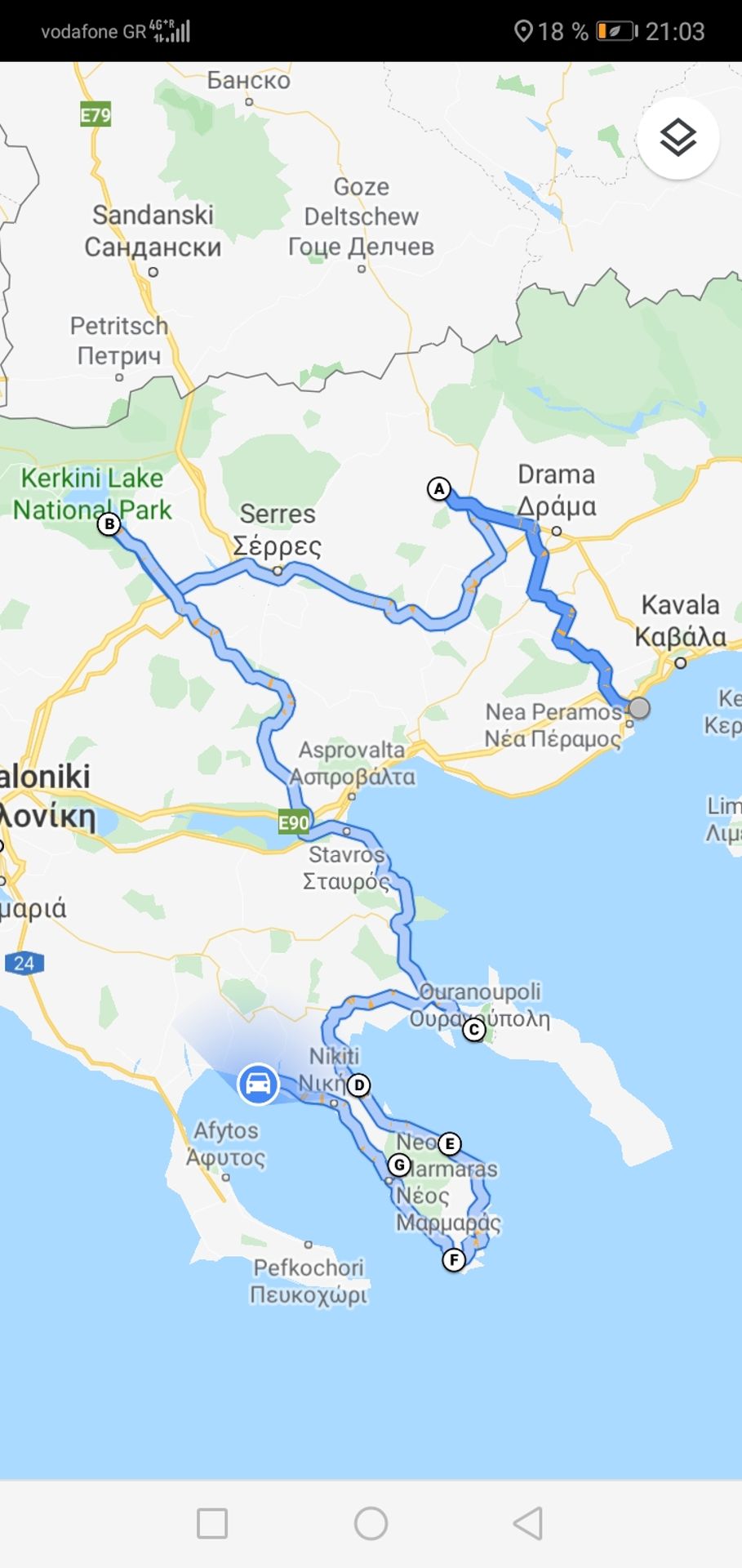
We actually bought a real map of Greece.
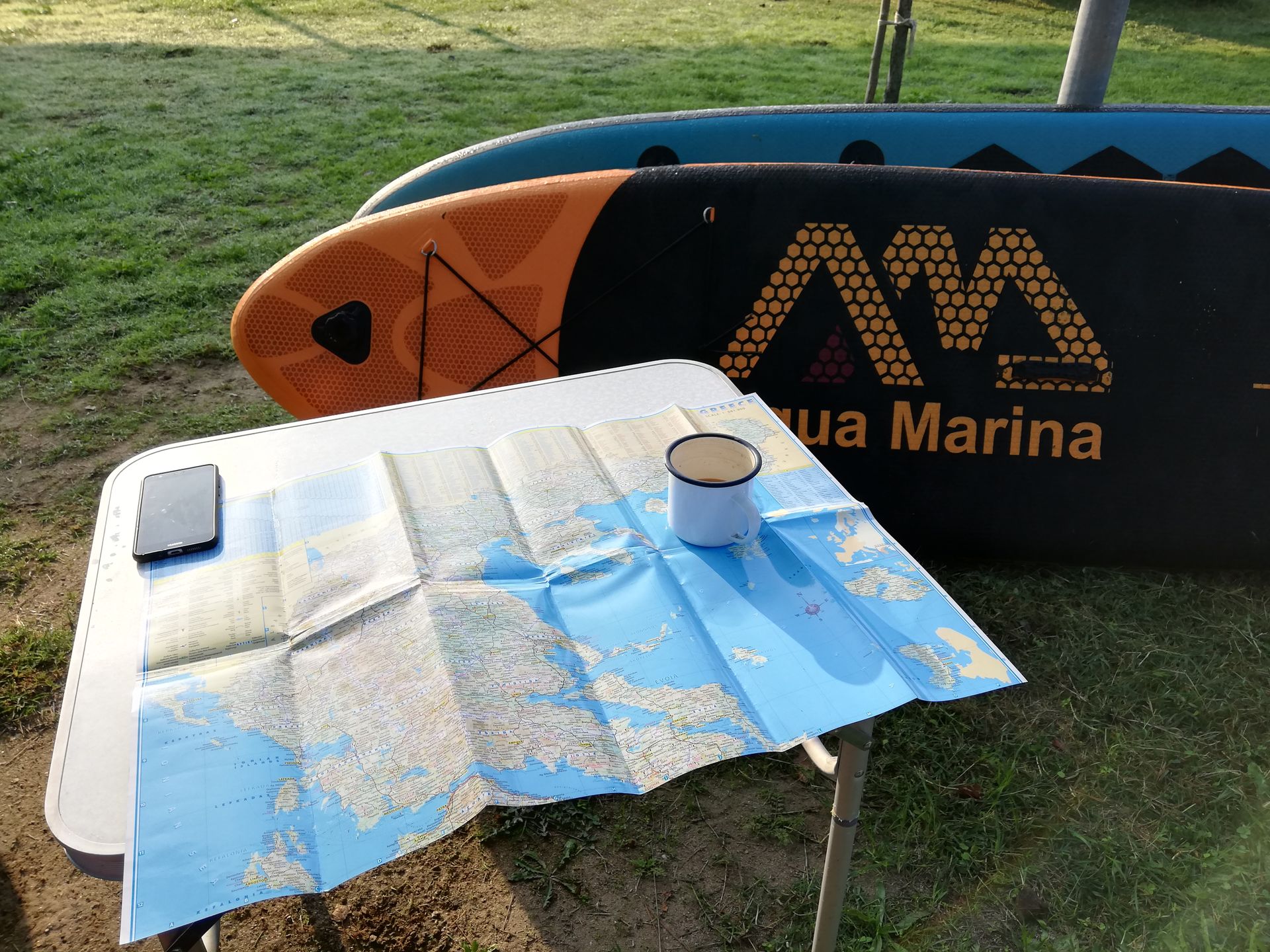
The first and only one of our trip. But Google Maps doesn't show the many islands and mountains properly. And there also seems to be a lot of missing information about the roads, as Google Maps shows us the wildest things as a road. In this case, the road map actually provides better information, based on which we now plan the routes (or at least want to plan them).
And so we continued with the za-ziki-zaki and drove from the sea back into the mountains to Aggitis. There we visited a cave that was carved into the stone by the Aggitis River. It is 23 kilometers long, but only the first 1000 meters are accessible to tourists. Water continuously drips through the sandstone from above, and there are a lot of big stalactites to admire. It was an extraordinary sight to see the stalactites from above along with the river flowing underneath them with its crystal-clear water.
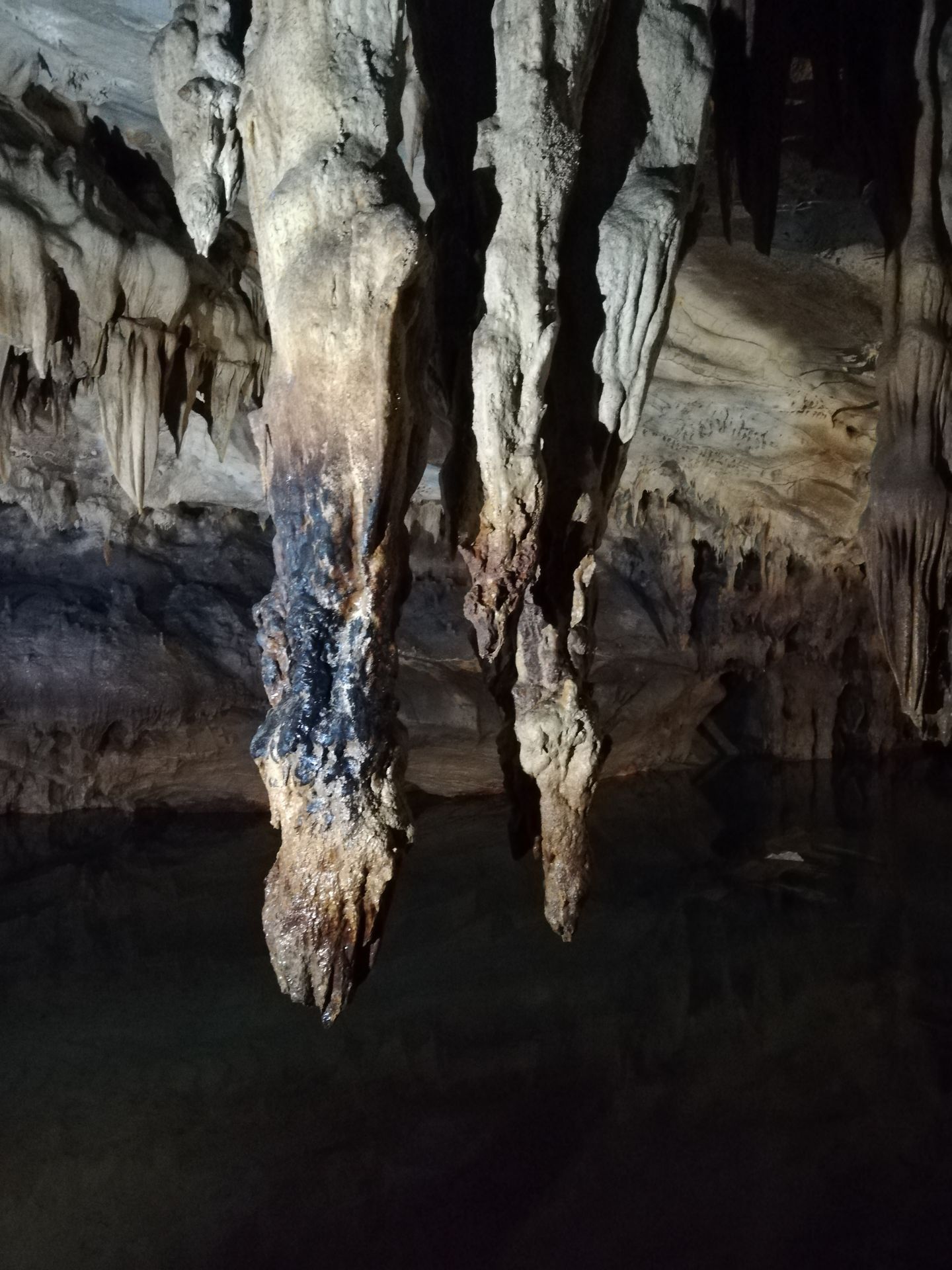
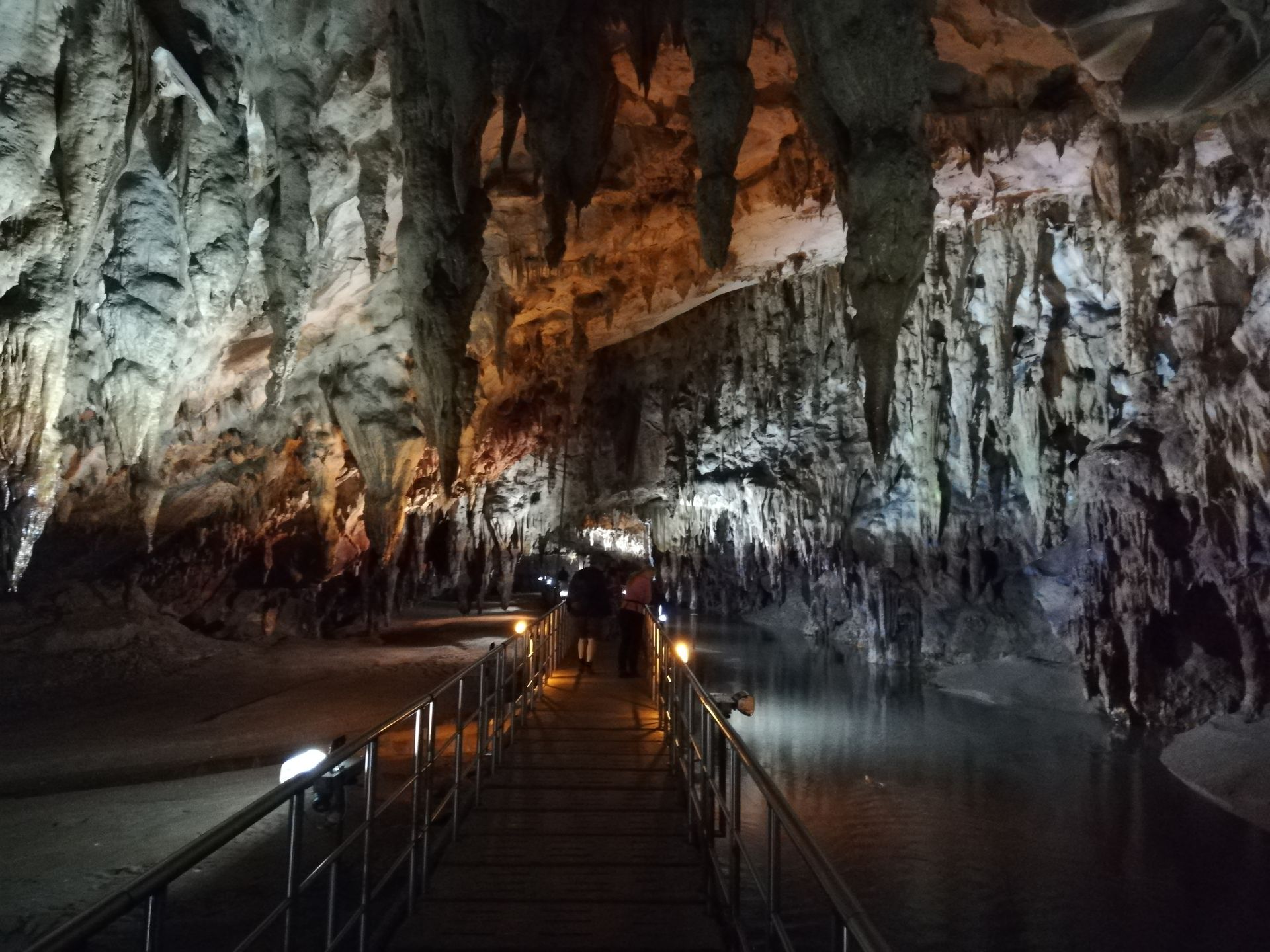
It was worth it, but at seven euros entrance fee, it will probably be the only cave we visited.
What was particularly nice about the cave visit was meeting a group of Greek retirees who were supposed to enter the cave before us. A gentleman came up to us and asked us in German where we came from. He didn't know Kiel, but he knew Hamburg and was very happy to meet Germans. He also worked as a guest worker in Bonn from 1960 to 1980. We took this as an opportunity to do some research. In fact, between 1950 and 1980, about 12% of Greeks emigrated, tens of thousands of them to Germany. The FRG had entered into a recruitment agreement with Greece at that time, and companies like BMW hired them as guest workers. In Greece itself, almost an entire generation was missing at that time, and when there was an economic upturn and mass tourism began, 30,000 North Africans had to be recruited in Greece to alleviate the shortage of personnel in industry, agriculture, and tourism. Many returned to Greece, but some also stayed in Germany. Today, Greeks make up the fourth largest immigrant group in Germany.
OK, back to the original topic. More and more Greeks from the retirees group realized that we are Germans and engaged us in various short conversations. Some have lived in Berlin for a long time, others have a son who lives in Hamburg. All very nice and talkative.
But that was enough program and chat for the day, and we decided to go a little further into the mountains to a lake near the Bulgarian border. Since Lake Kerkini has already become smaller after summer, we could stand in the dry lake bed and enjoy the nature reserve.
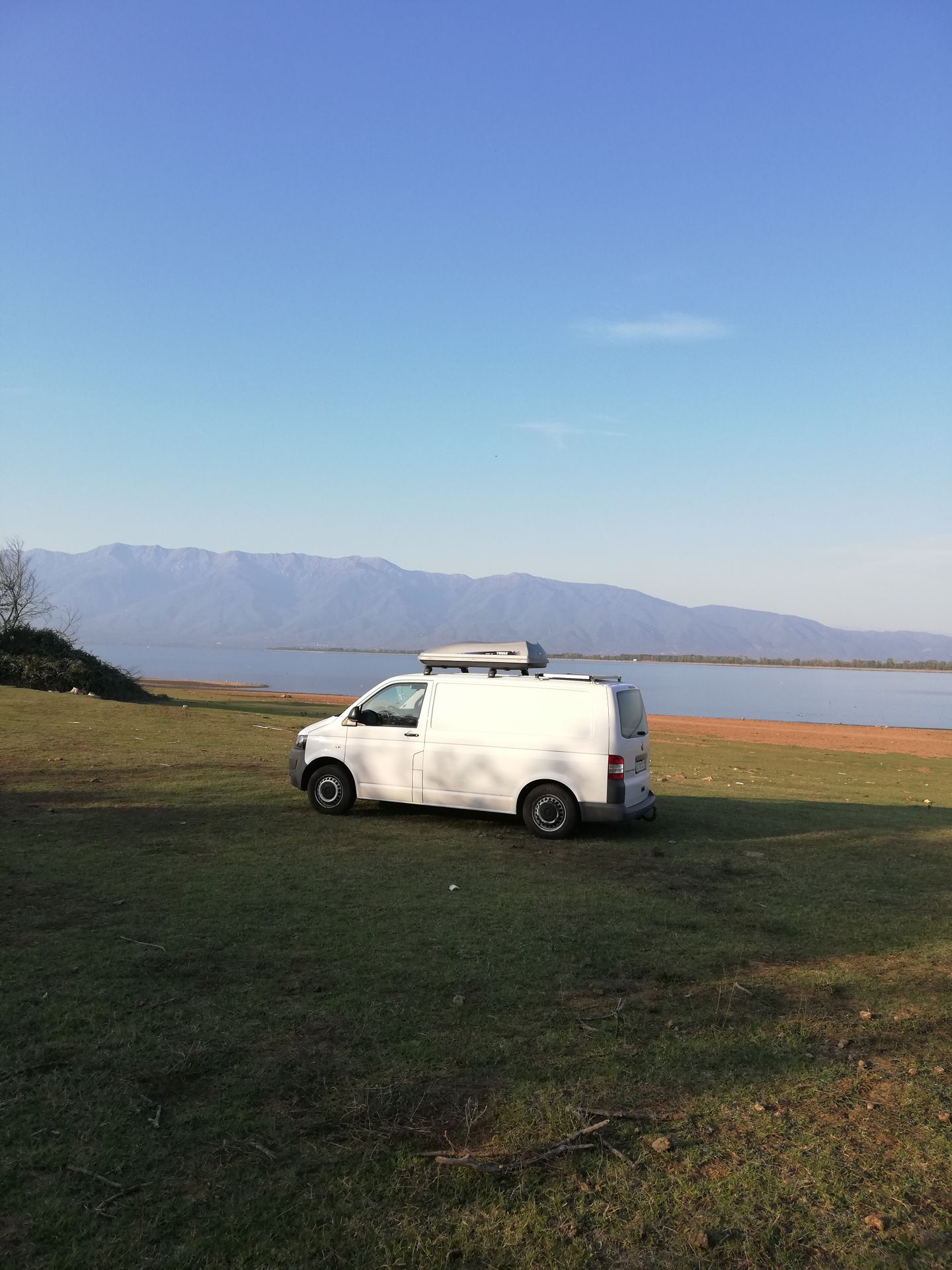
We shared the place with many fishermen and, of course, mosquitos, pelicans, herons, and other birds. But what was particularly special for us was that various herds of animals were being driven up and down the lake. Out of nowhere, a herd of horses galloped by, driven by a modern shepherd in a jeep. Next to us, there was a herd of donkeys in an enclosure, and in the evening, a diligent sheepdog drove a herd of sheep past us. It was really funny.
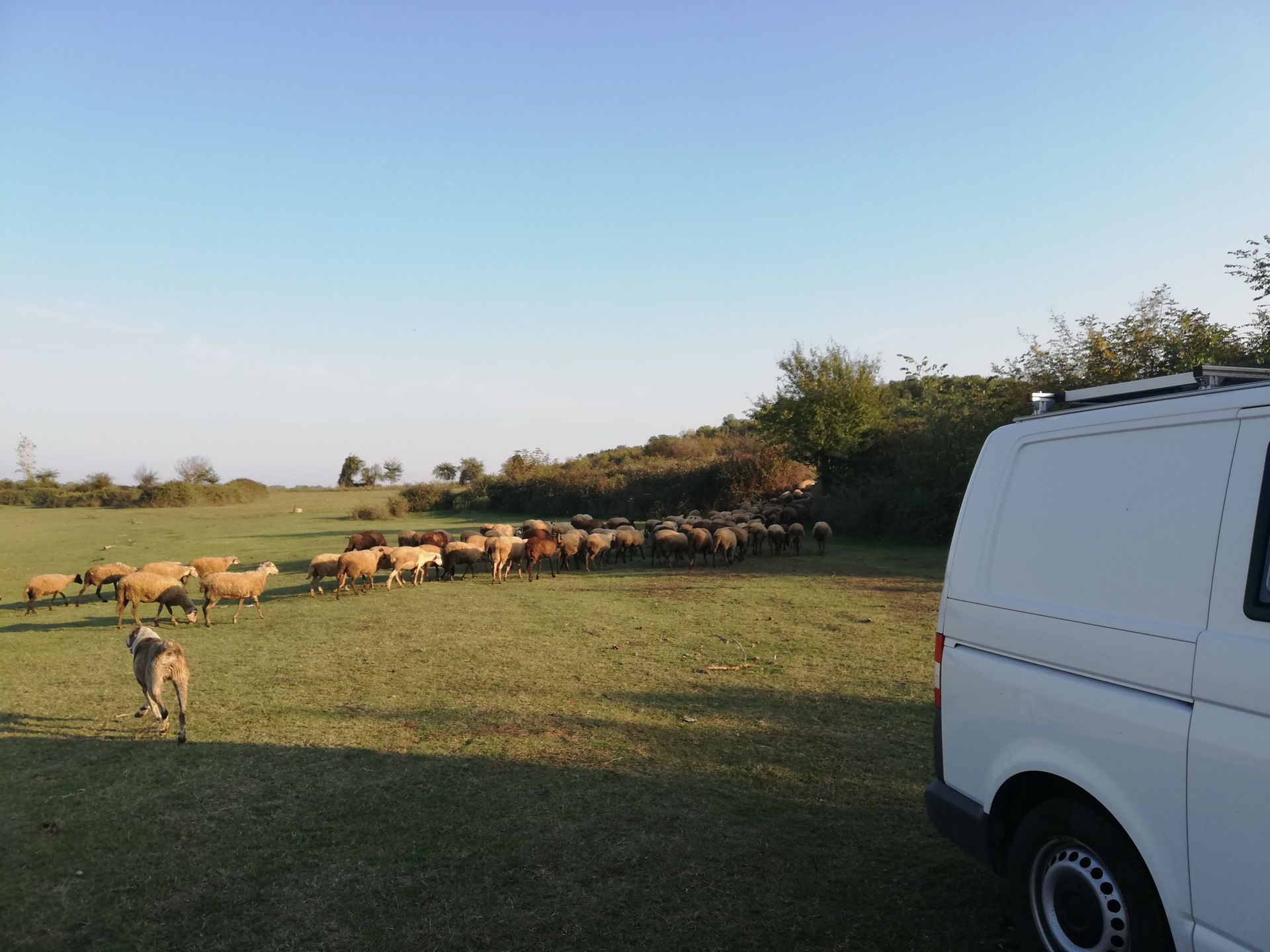
The night was calm and animal-free. But with the first ray of sunshine, it started as if a hyperactive child was torturing a noise generator. Hoo hoo yay yay baa baa. Alternatingly. Oh, and birds were of course twittering. Funny start to the day. Something different.
In the afternoon, we went back to the coast. We drove to Chalkidiki, a Greek peninsula that has three fingers protruding into the sea, called Athos, Sithonia, and Kassandra.
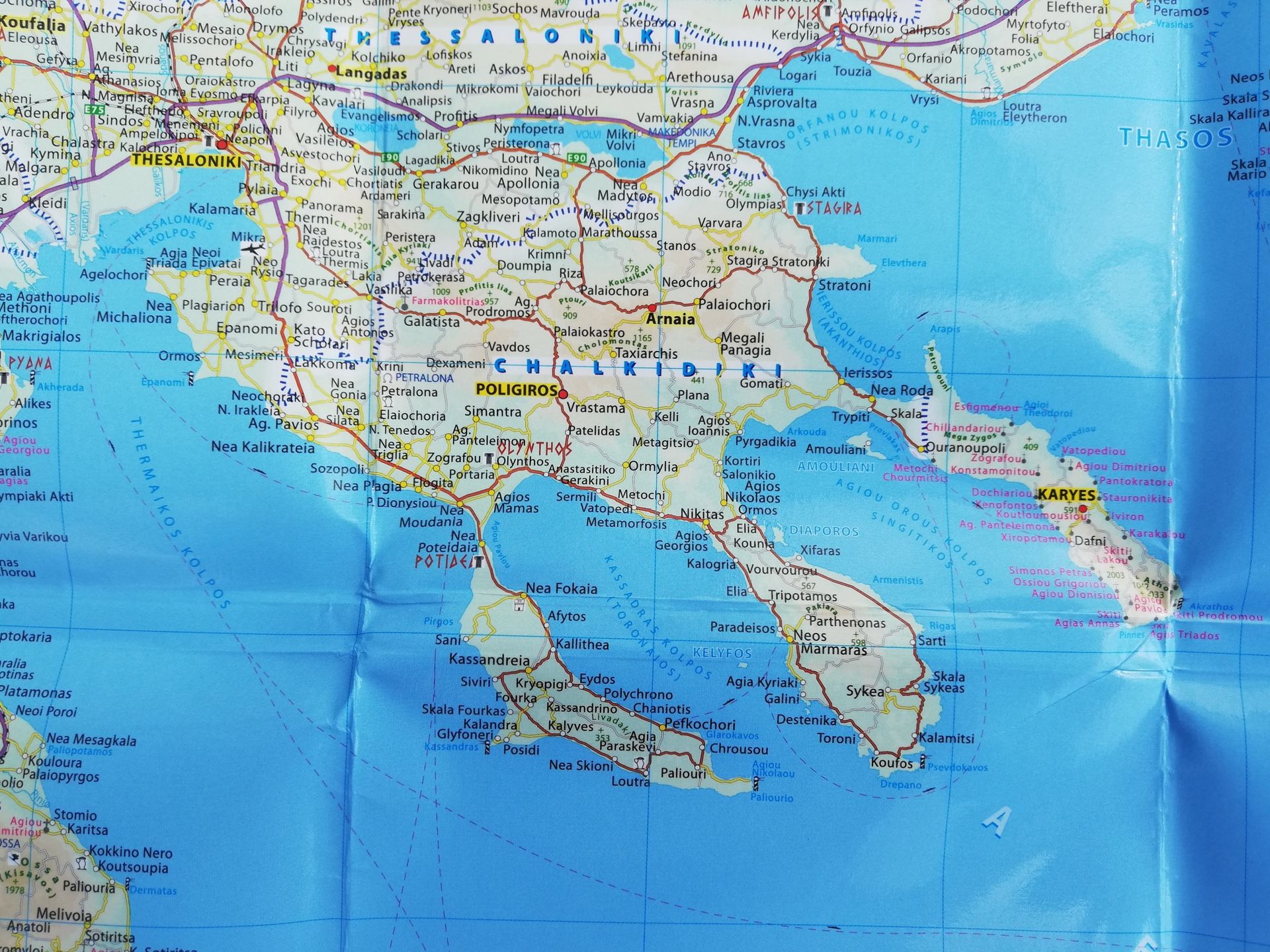
Each finger is said to be very worth seeing, and we planned a lot of time for Chalkidiki. The total length of the coasts on the whole peninsula is over 550 kilometers. In comparison, the Baltic Sea in Schleswig-Holstein has 328 kilometers. Initially, we drove down the beautiful winding coastal road to the third finger, Athos, and made a few stops. The first stop was to let a turtle cross the road. It took a while ;-).
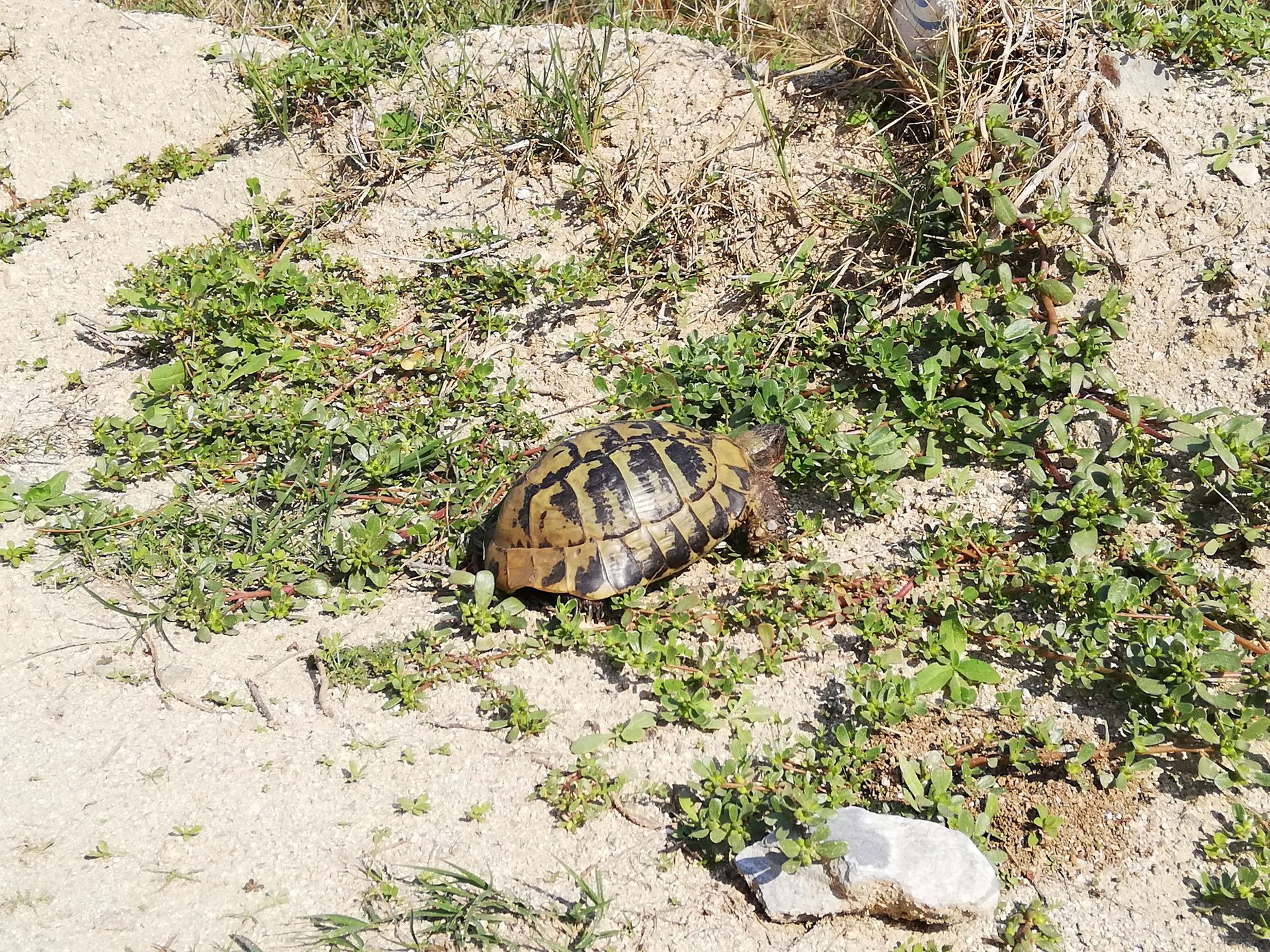
The area there is very mountainous and slopes down towards the coast, so many lonely bays have formed at the water's edge.
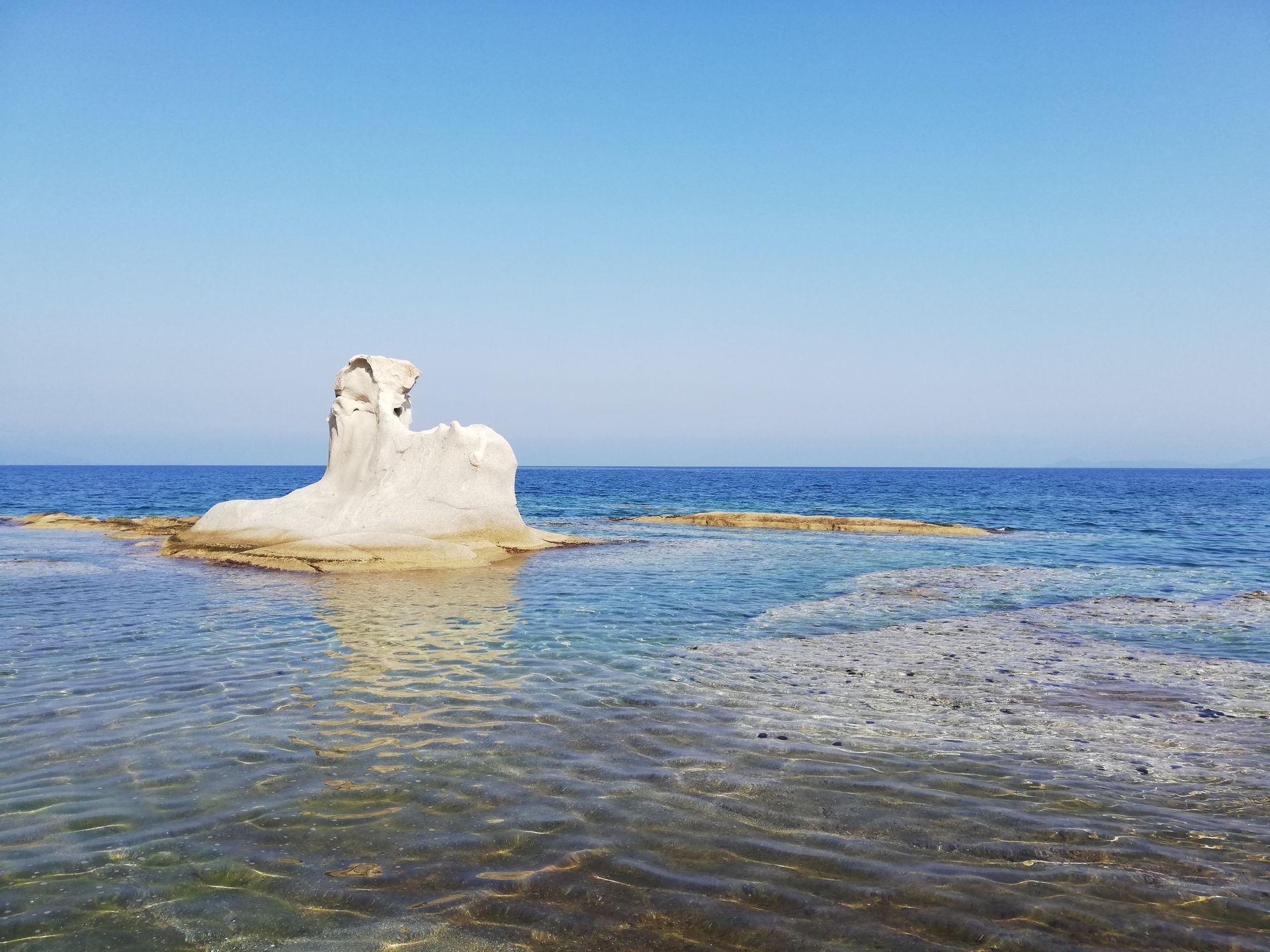
Beautiful. Other bays are larger and house entire villages.
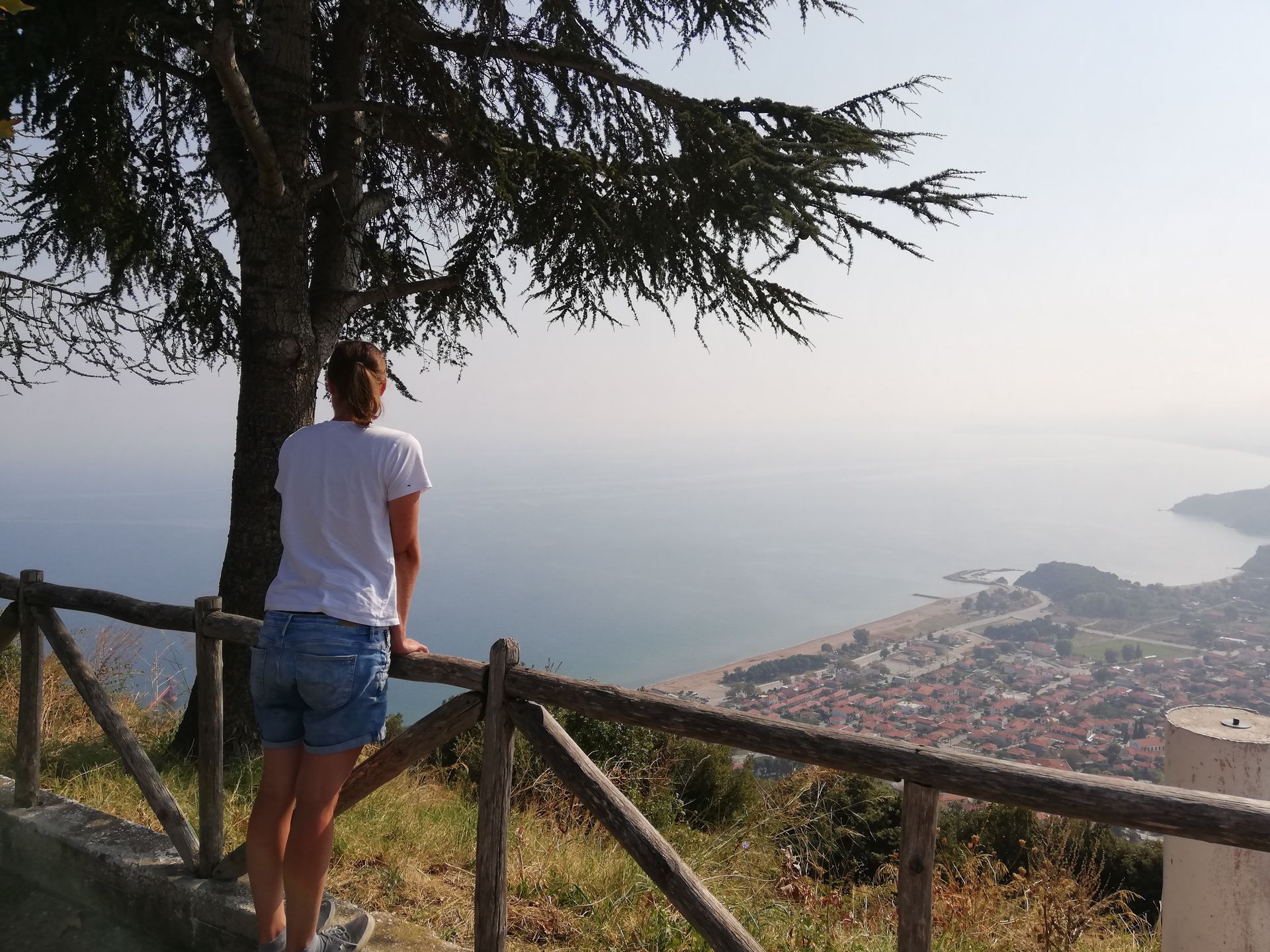
We had already noticed that there was a strange border marked on the maps in Athos, but we didn't investigate further. Then, as we approached the border, we did some research again, and lo and behold, it is not allowed to enter Athos. Mount Athos, with its holy mountain, is an Orthodox monastic republic with autonomous status in Greece. They have their own border, which is well secured. Women have always been forbidden to enter this mountain, which is also called the Garden of the Mother of God. It is reserved for the Mother of God alone. The likely pragmatic reason is that the monks want to live unaffected and secluded by visual stimuli, in order to devote themselves entirely to God. However, as a man, you can theoretically visit Athos, but obtaining the three-day visa is associated with a lot of effort. You have to apply for it at the Pilgrims' Office in Thessaloniki. Since the journey is primarily reserved for pilgrims, you should have reputable letters of recommendation to be successful. At present, there are 20 monasteries on Athos, various settlements called sketes, and many monks living as hermits in the mountains. We were surprised that there is such a place in Europe, we have never heard of it before.
But since there were two other fingers on Chalkidiki, we weren't angry with the strange abstinent monks and just continued.
Otherwise, we can't tell much about the days there, as we spent a lot of time lounging on various beaches. See for yourself...
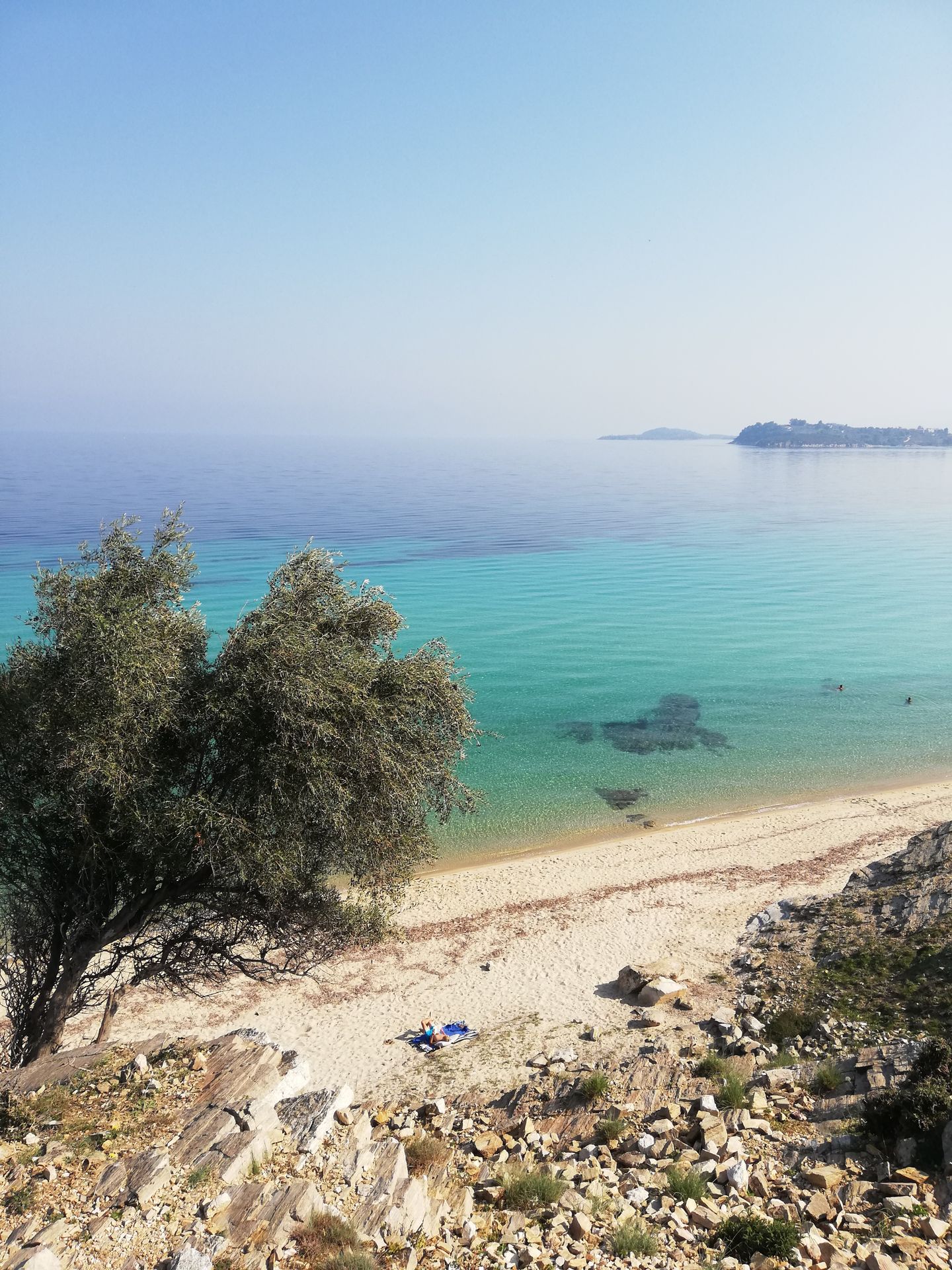
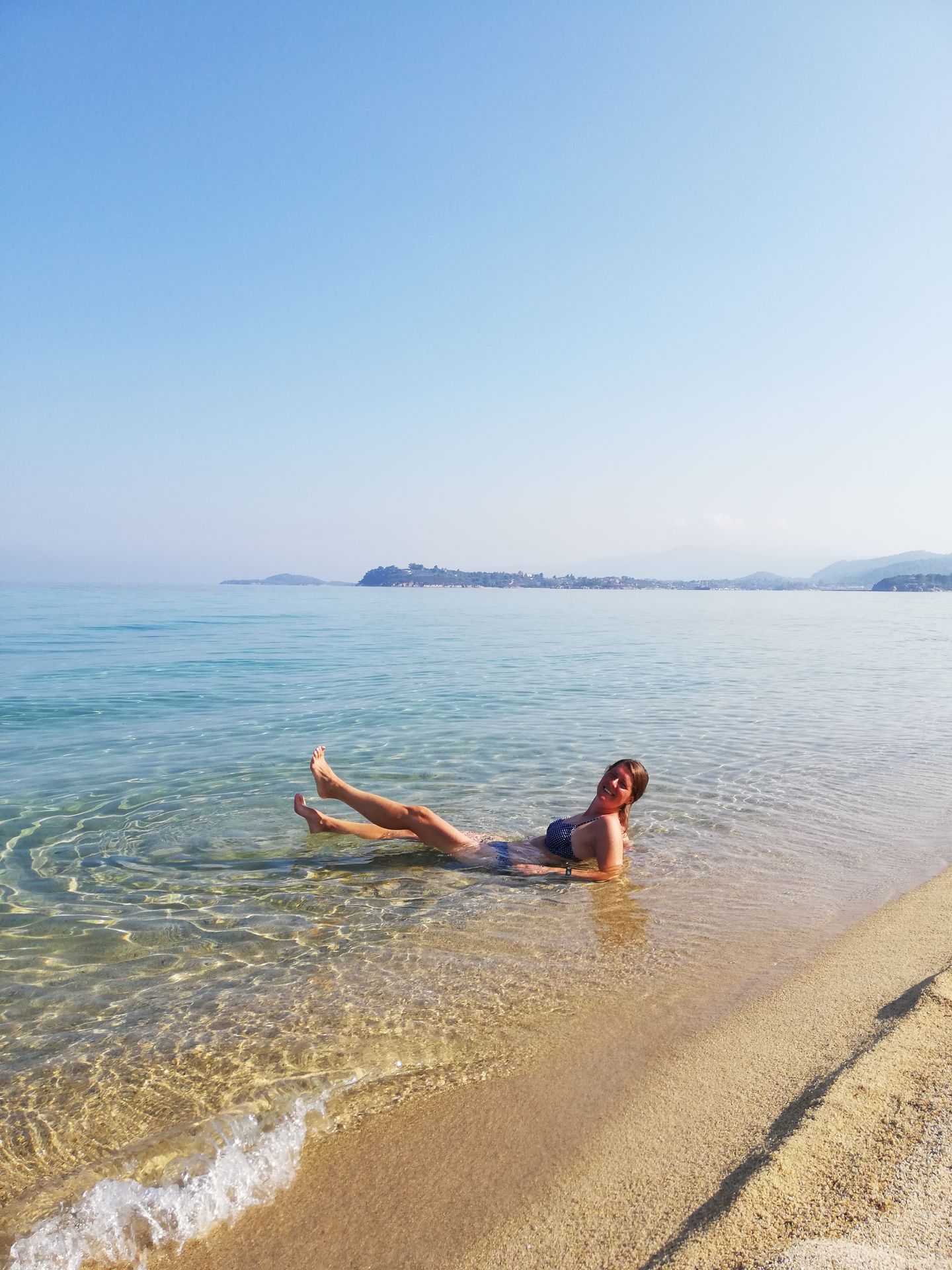
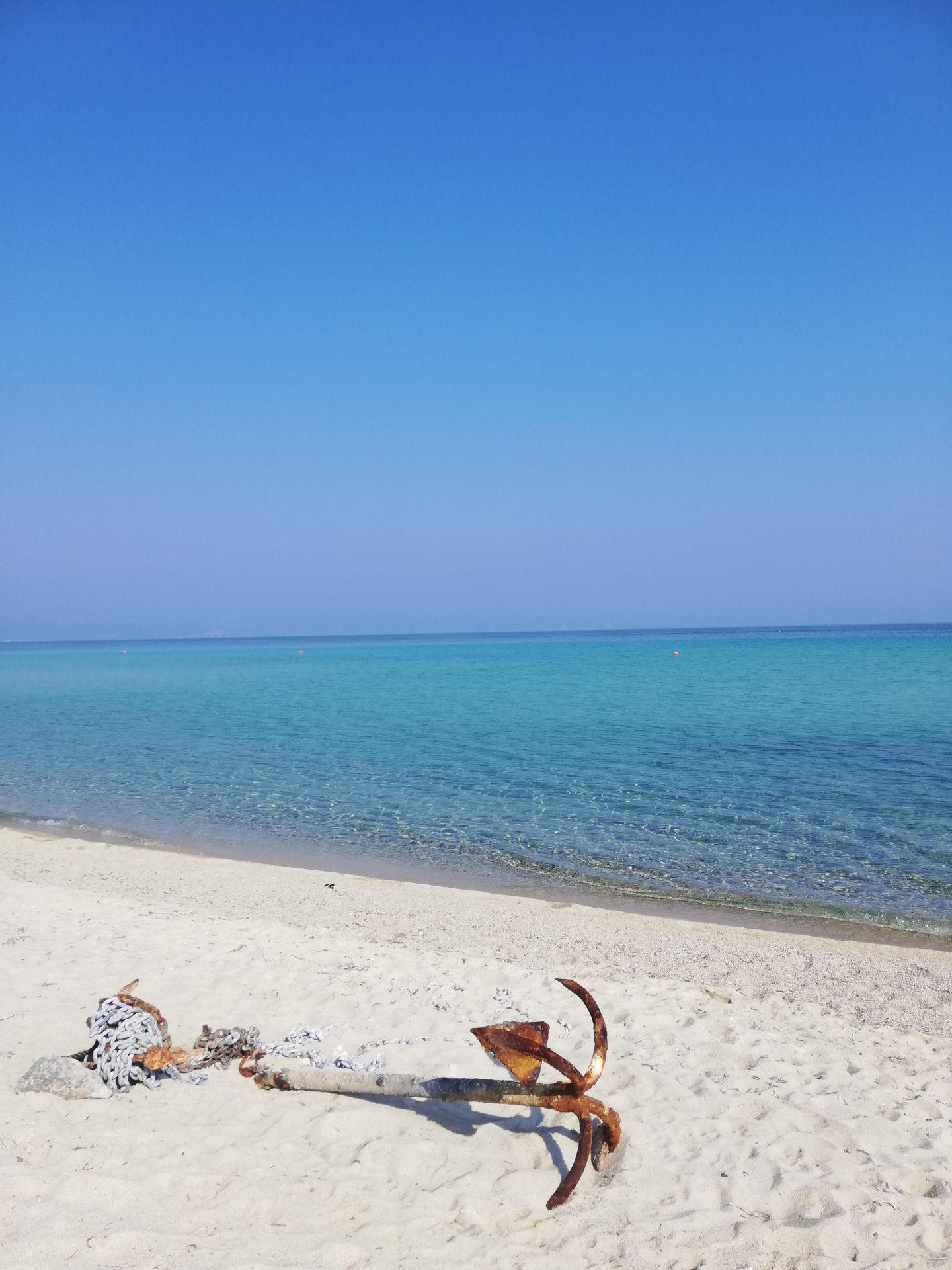

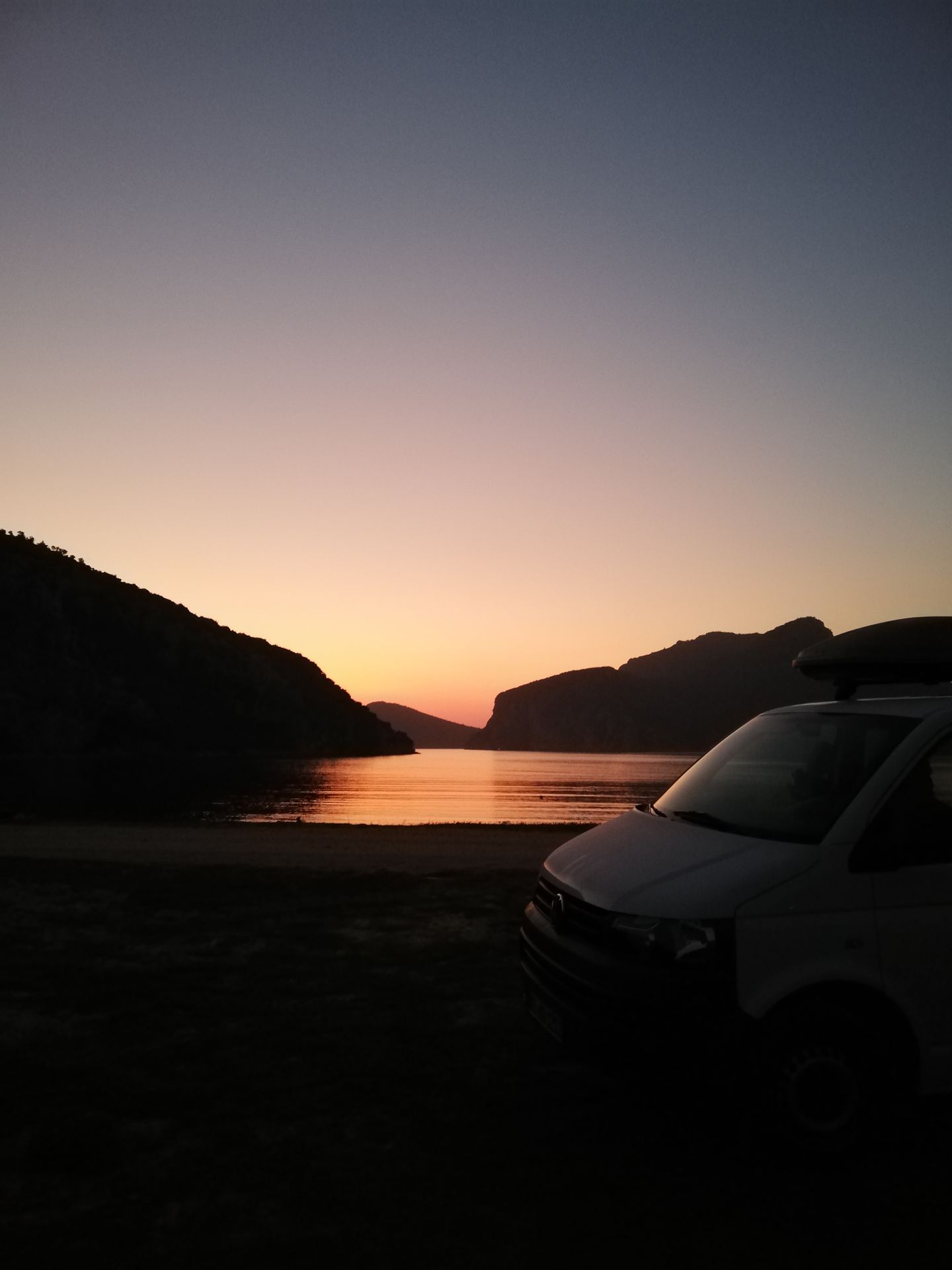
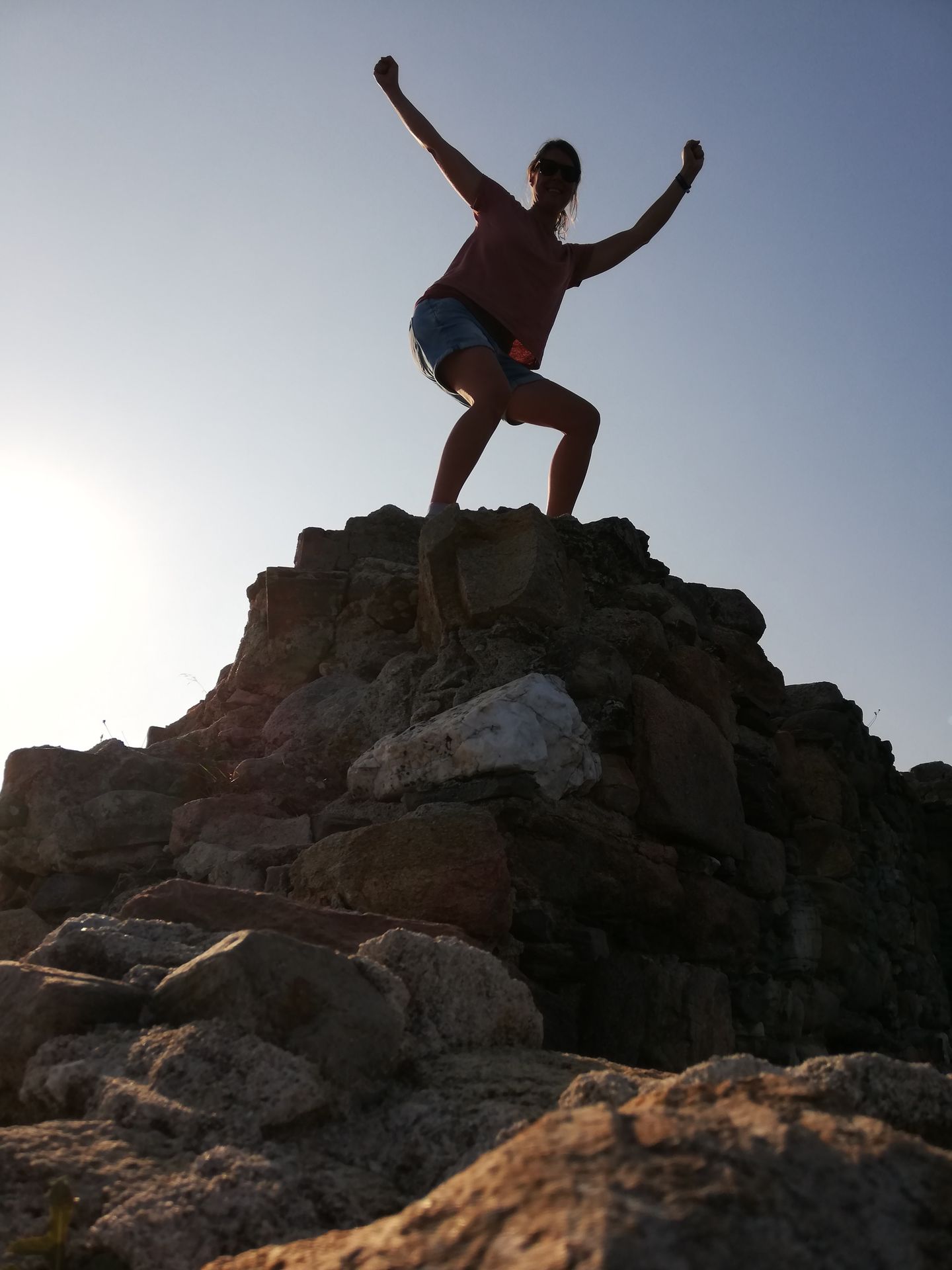
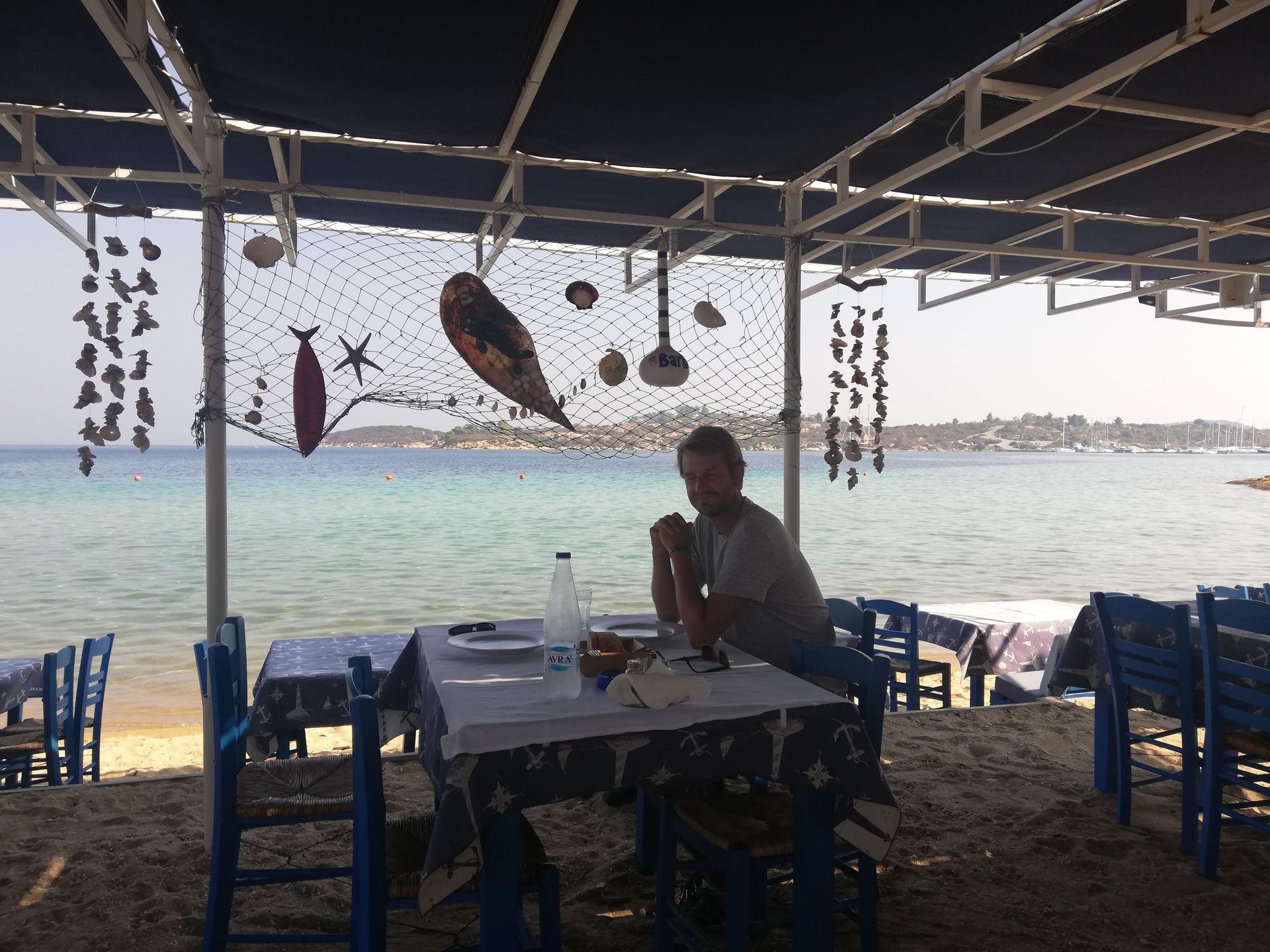
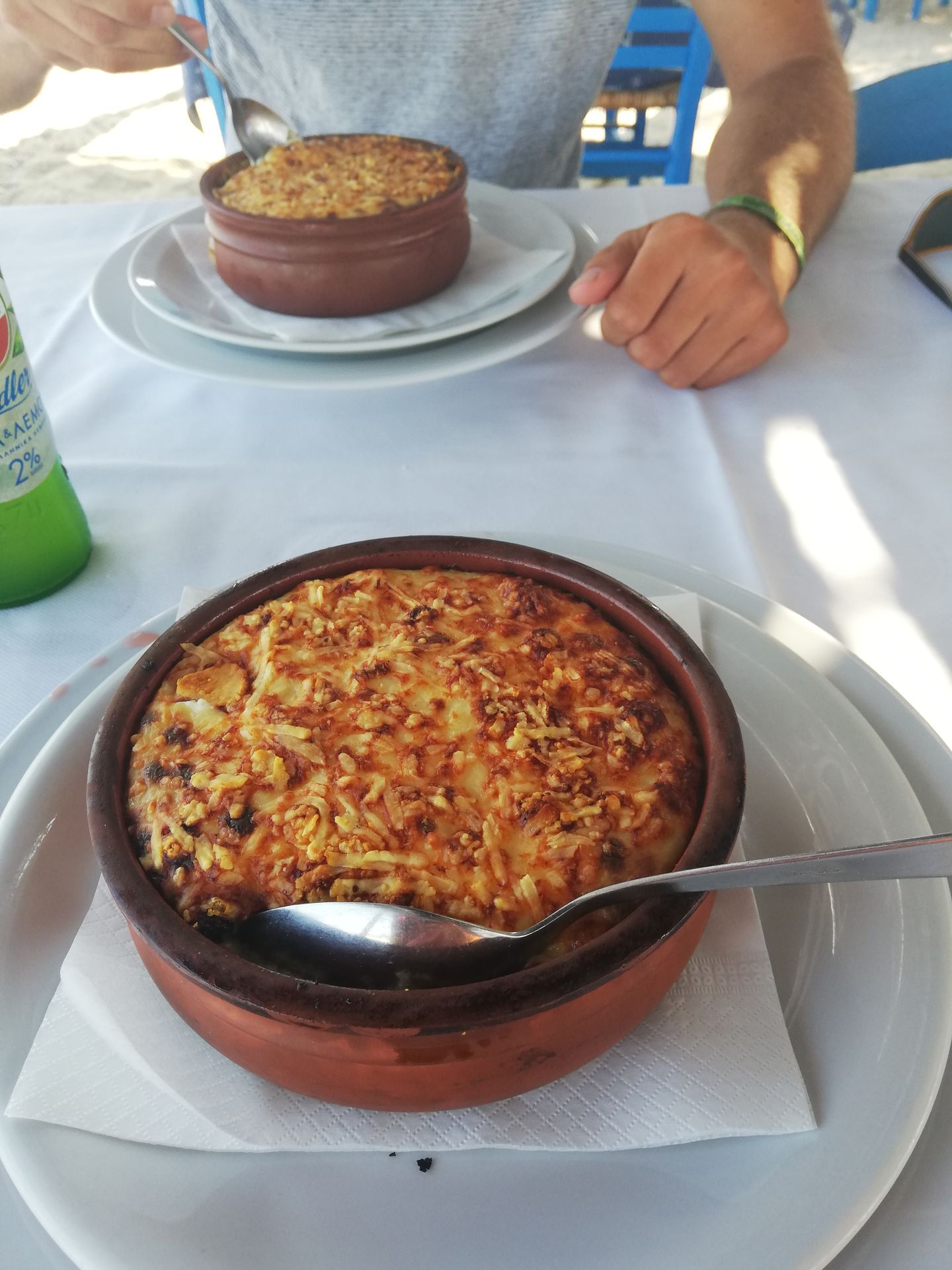
We ate Greek moussaka...
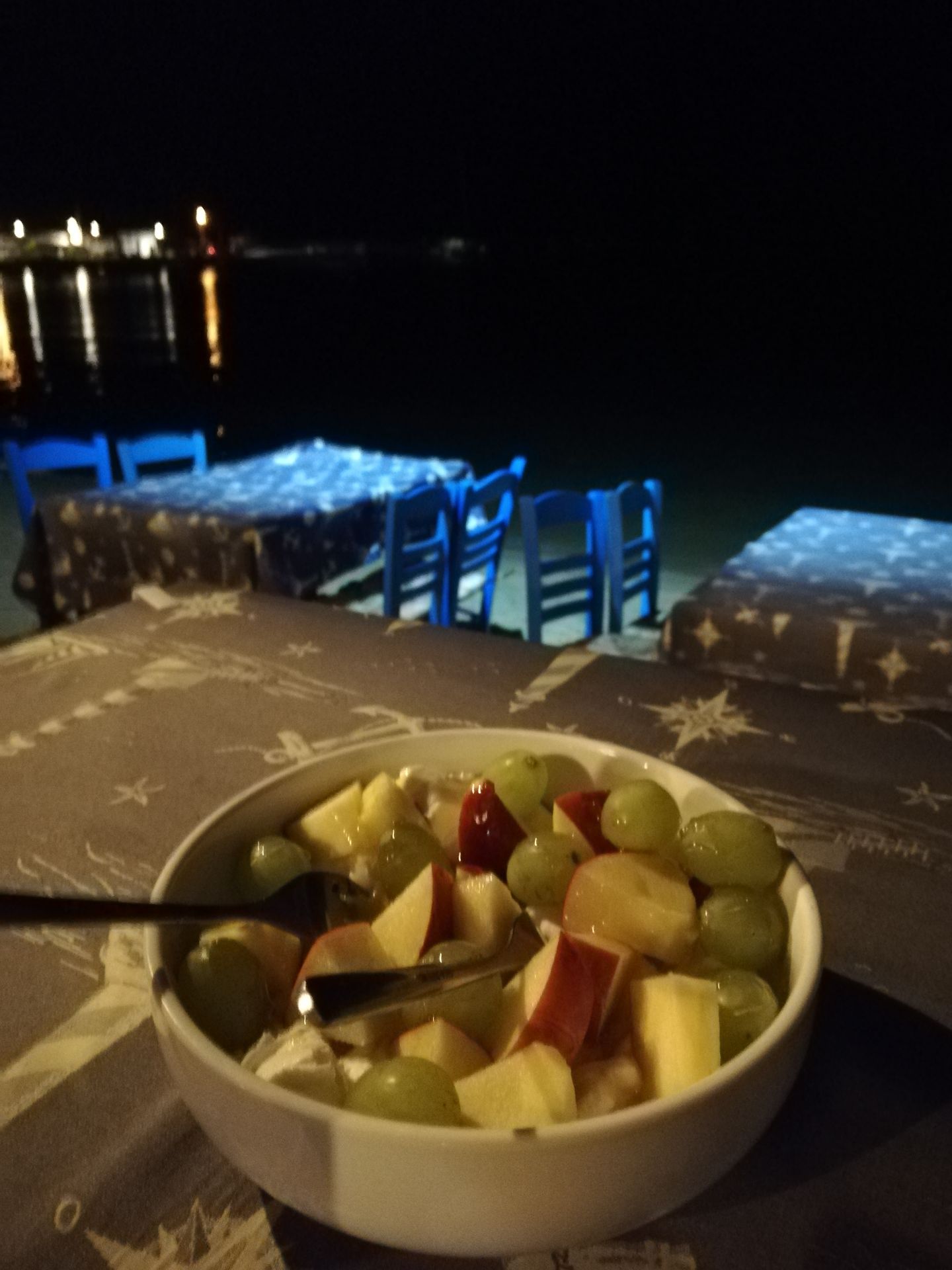
and Greek yogurt with fruit and honey.
And after all the lazing around, we went for a hike to stay fit :-).
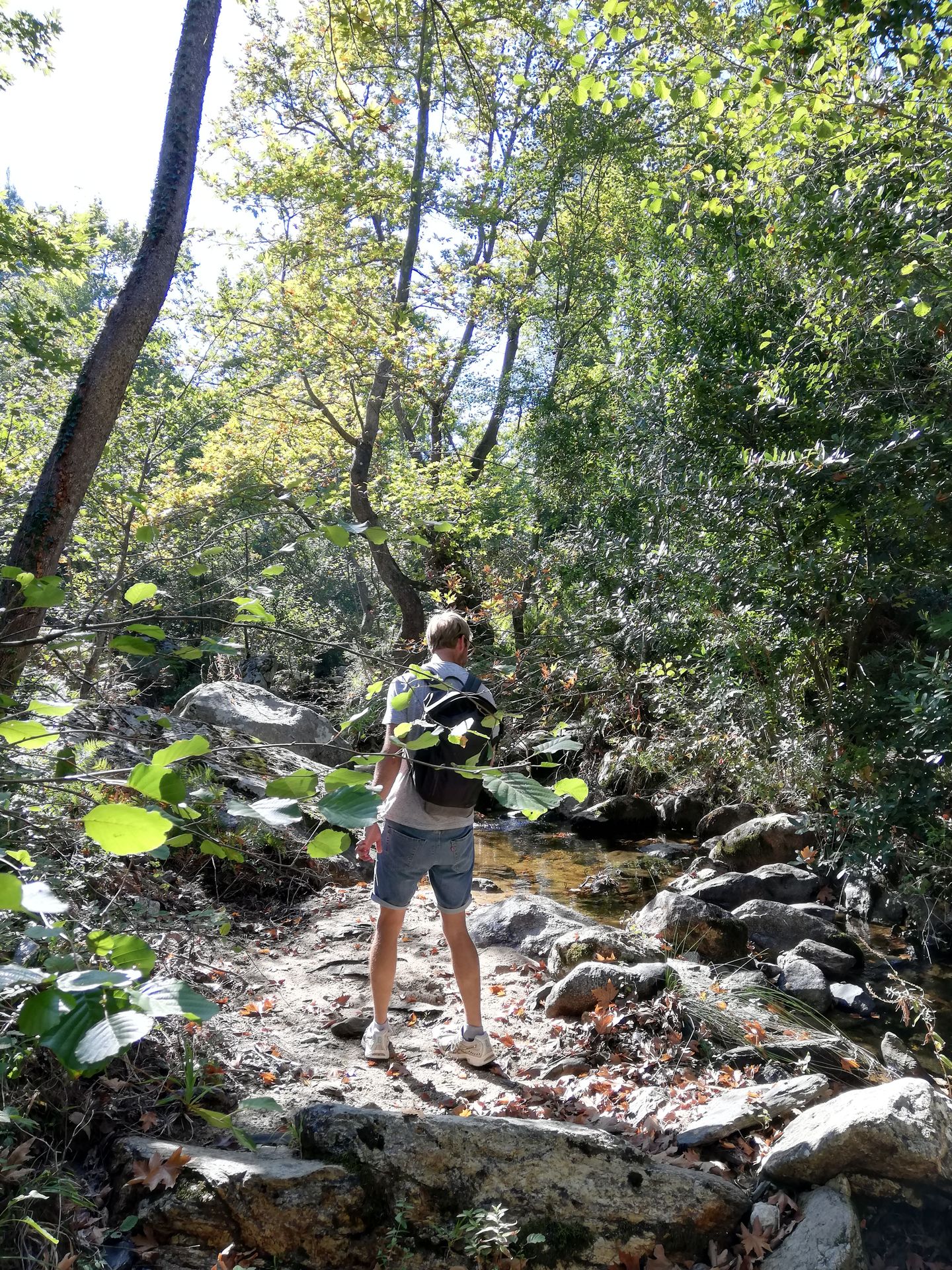
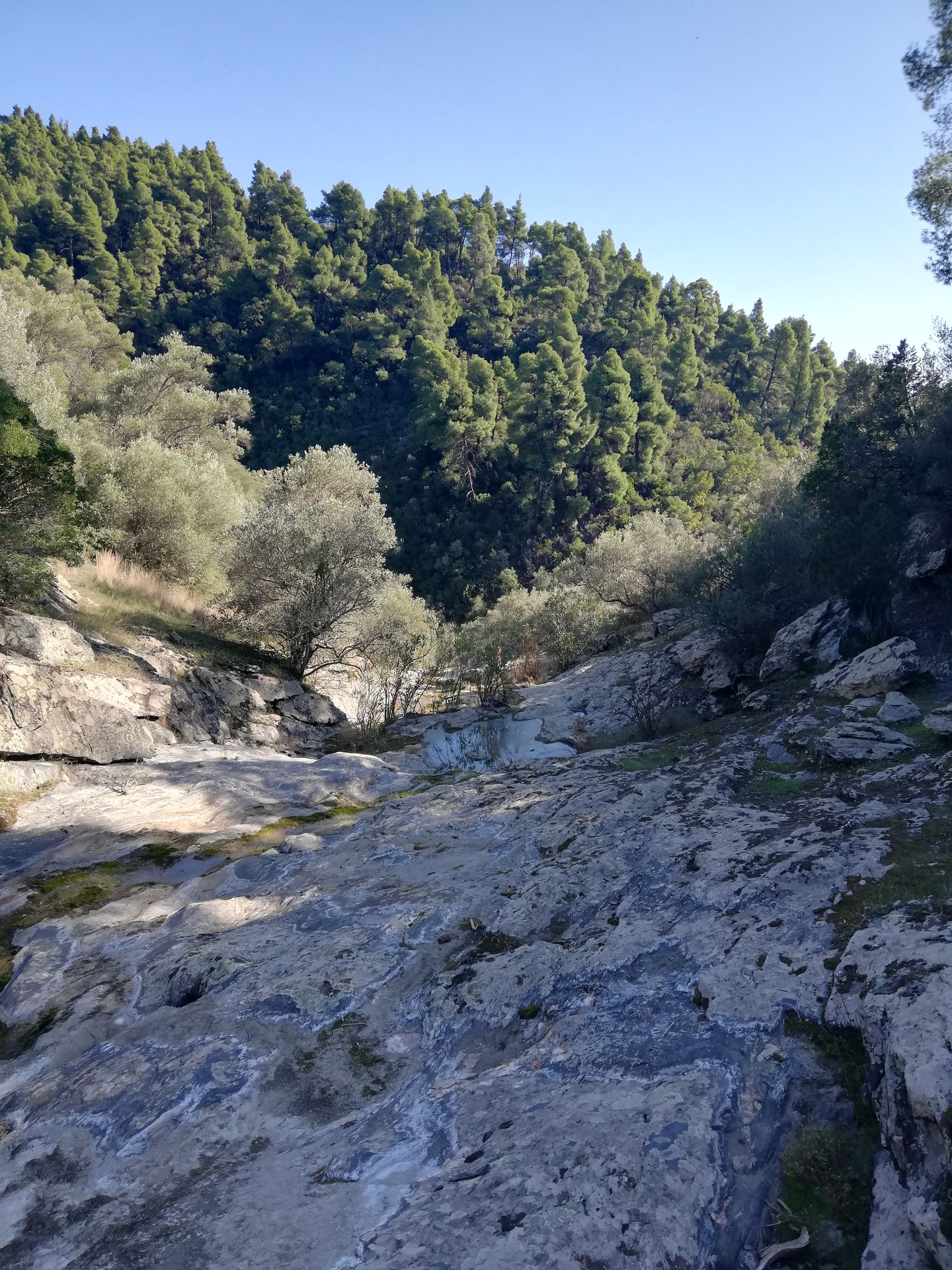
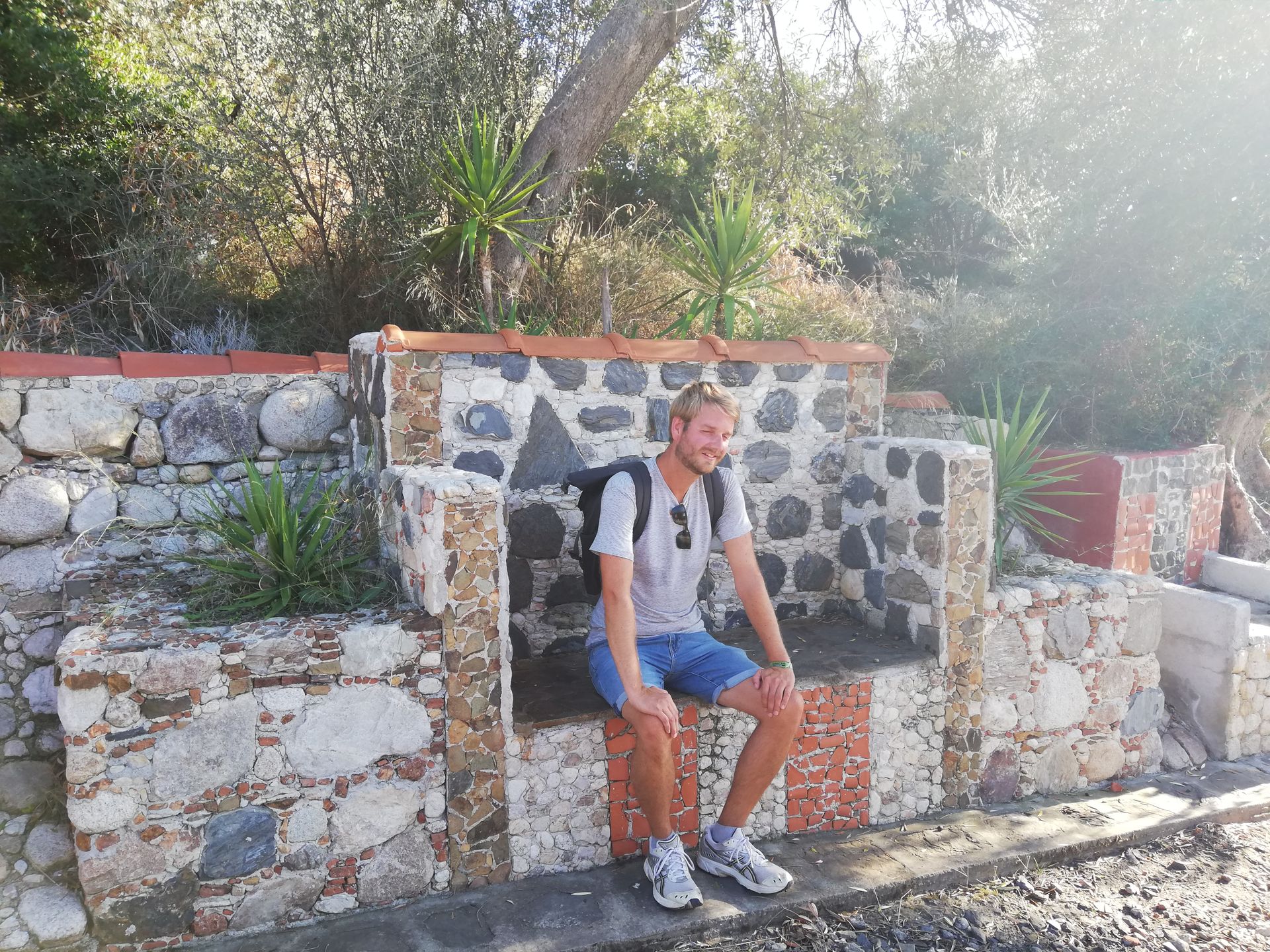
We hiked 15 kilometers and 400 meters in altitude over sticks and stones to the mountain village of Parthenonas, also known as the ghost village. Some time ago, it was completely abandoned and the empty houses were left to themselves for about seven years. Meanwhile, it has become a bit more inhabited because the wealthier society gradually bought up the houses and restored them into beautiful villas. Well, the hike was worth it for the beautiful view, but it was exhausting.
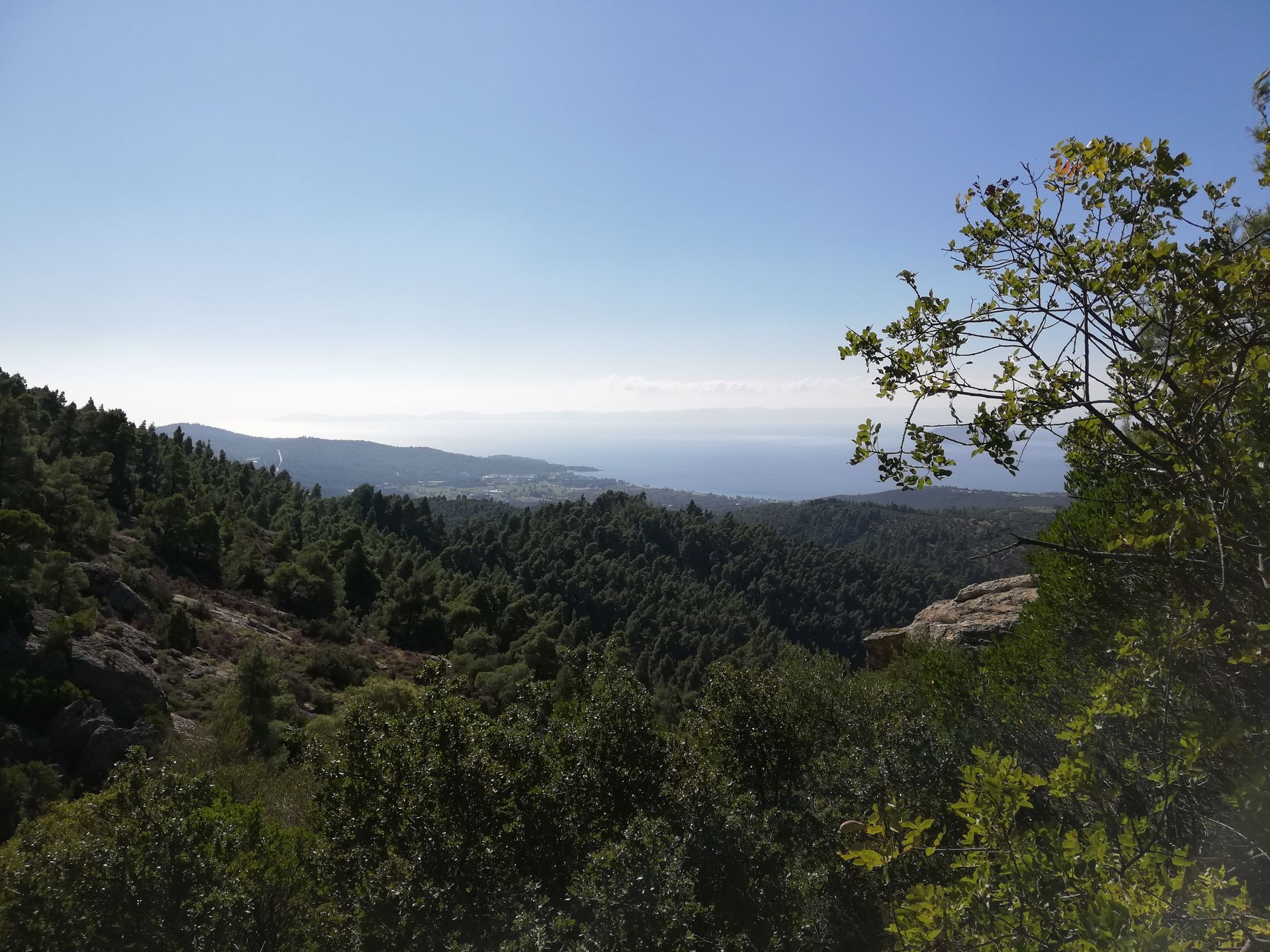
However, there was a small incident while bathing back at the beach. We had just jumped into the water armed with our snorkels, when Kerrin suddenly screamed and ran out of the water. She had accidentally stroked a sea urchin with her hand while diving, which had hidden near the beach between the stones. Unfortunately, several spines got stuck in her hand, which we had to operate out with a knife and a needle. It was actually a bit difficult without sharp knives. We checked the internet again to see if it was a poisonous sea urchin...
No, we could breathe a sigh of relief, it was one of the harmless ones.
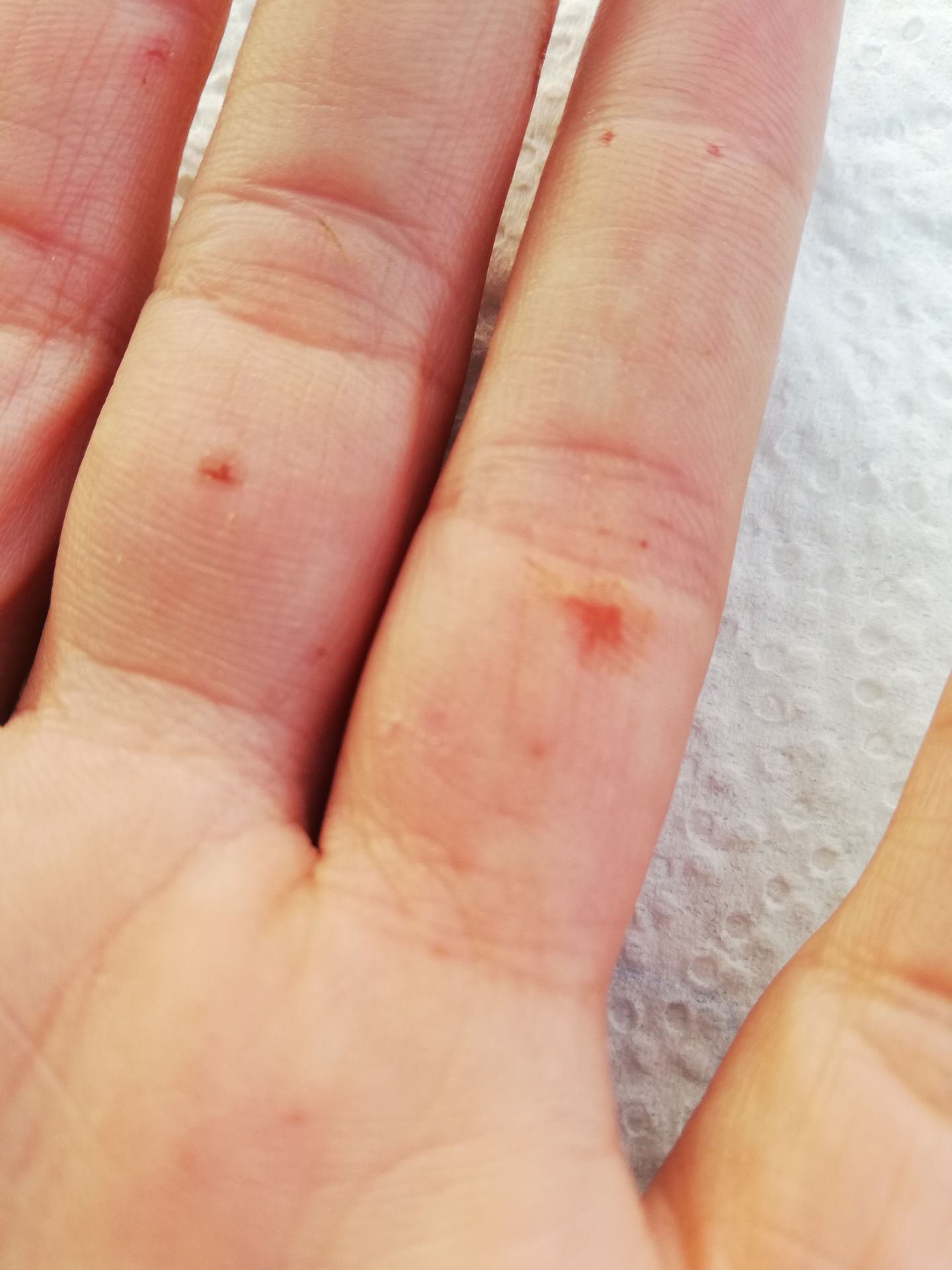
Since we have so little to report this week, we thought it would be a good idea to take a little tour through our 5-room apartment and introduce you to some utensils from our trip that have become indispensable for us. Let's start with the rooms ;-)
The living room
With the reversed seat, we can comfortably lounge if the weather is bad.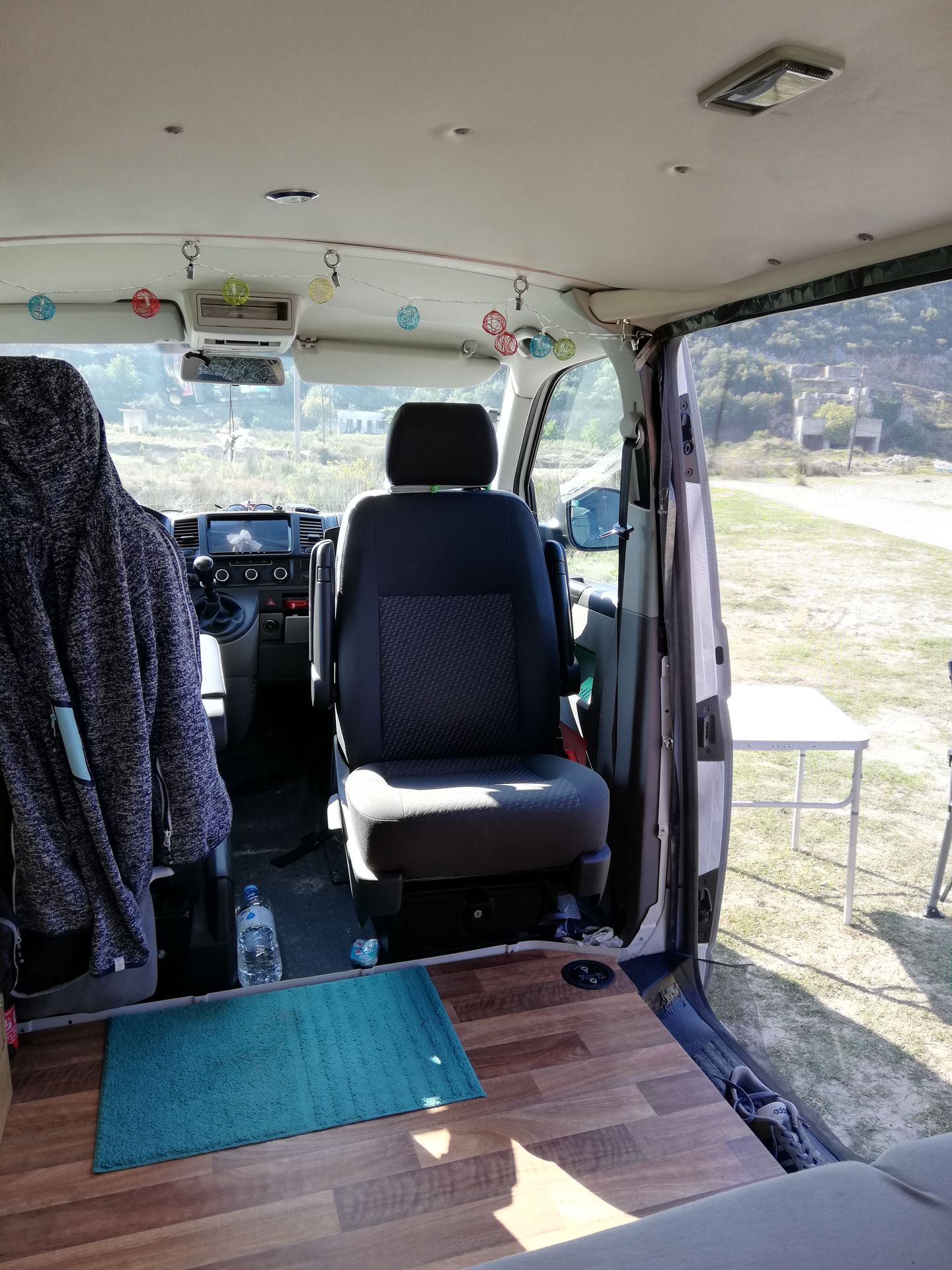
The dining room
This way, we can sit opposite each other and reach everything in the bus.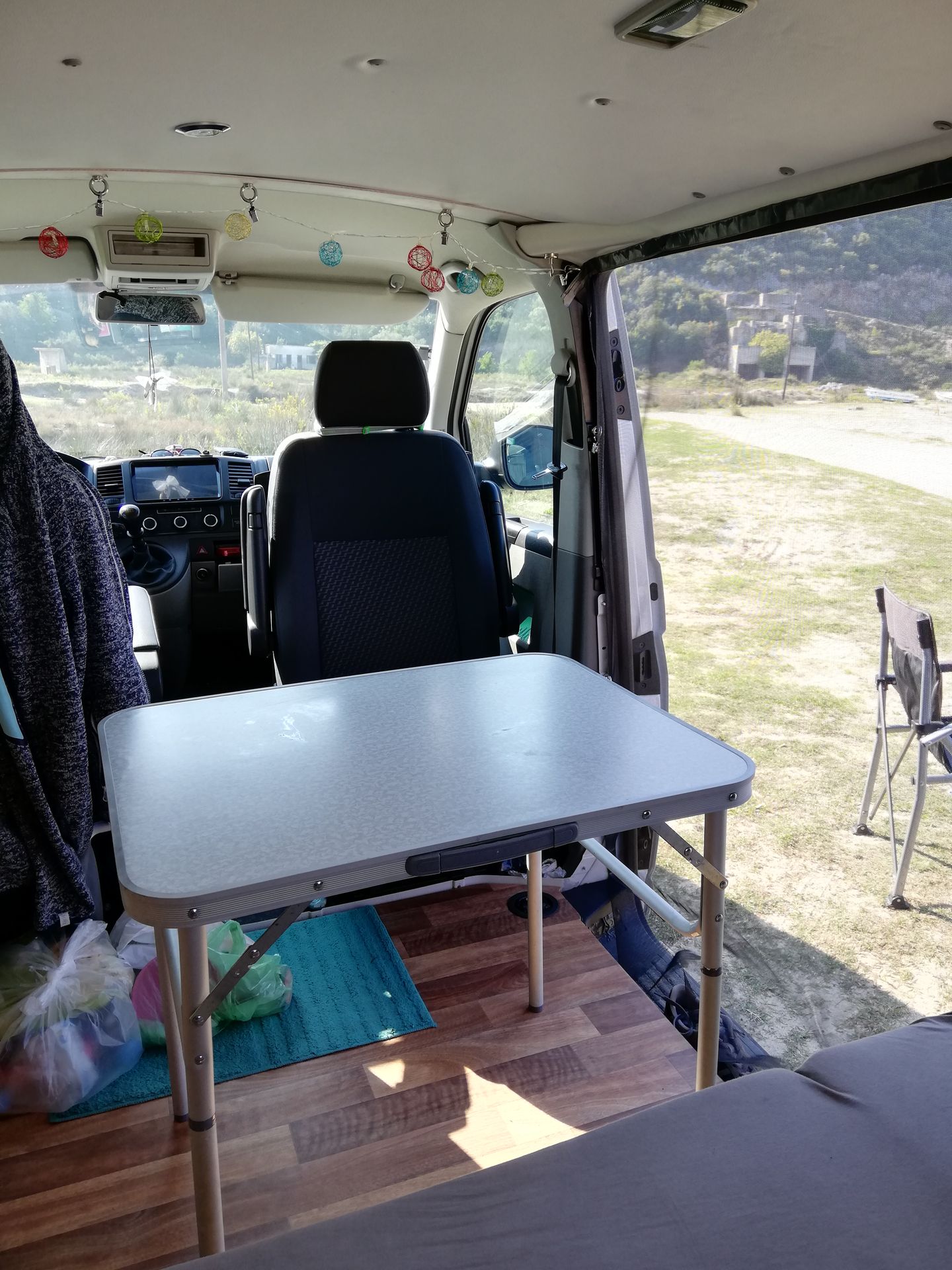
The TV room
As we have already described, we also have TV evenings from time to time.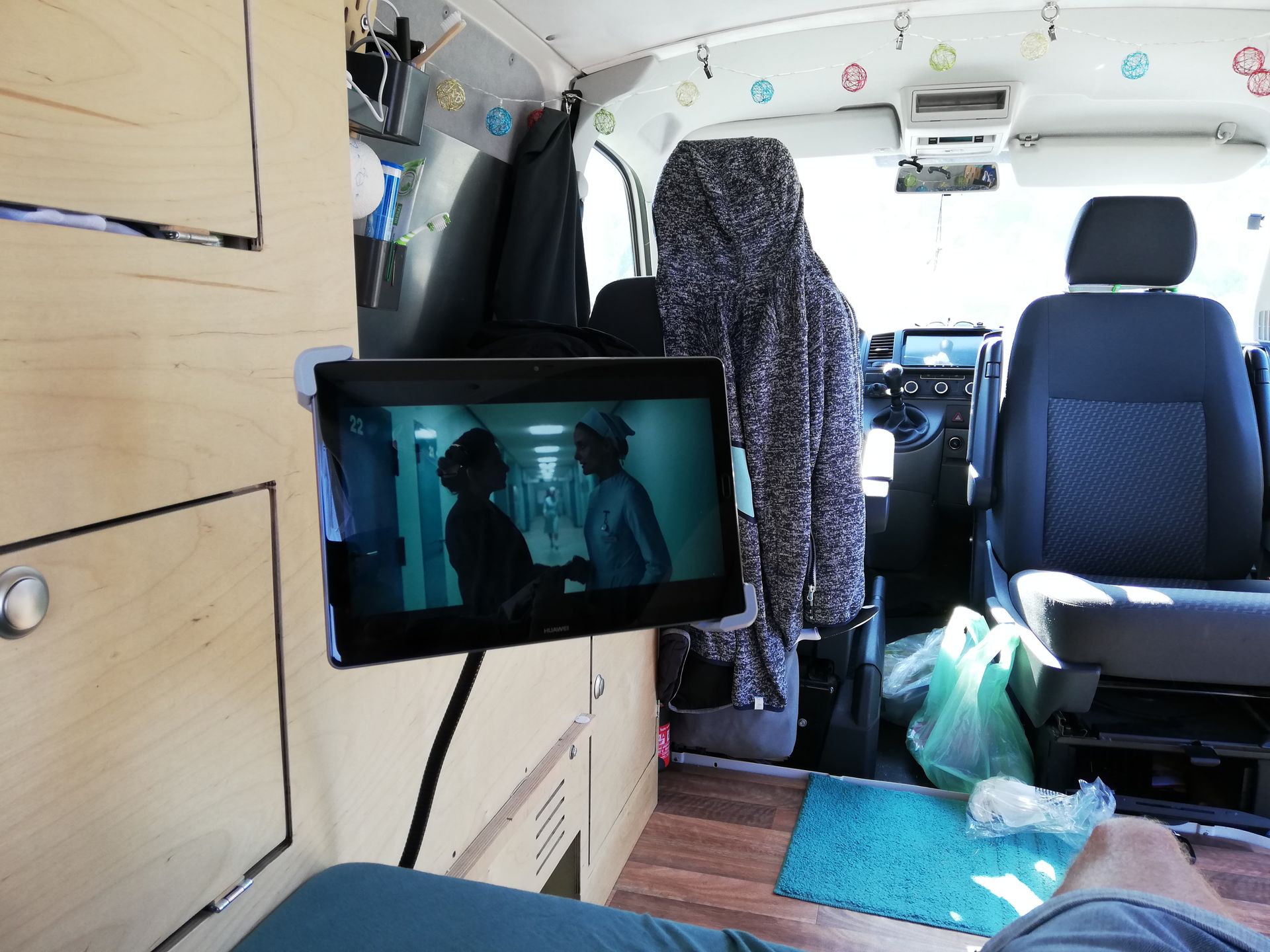
The bedroom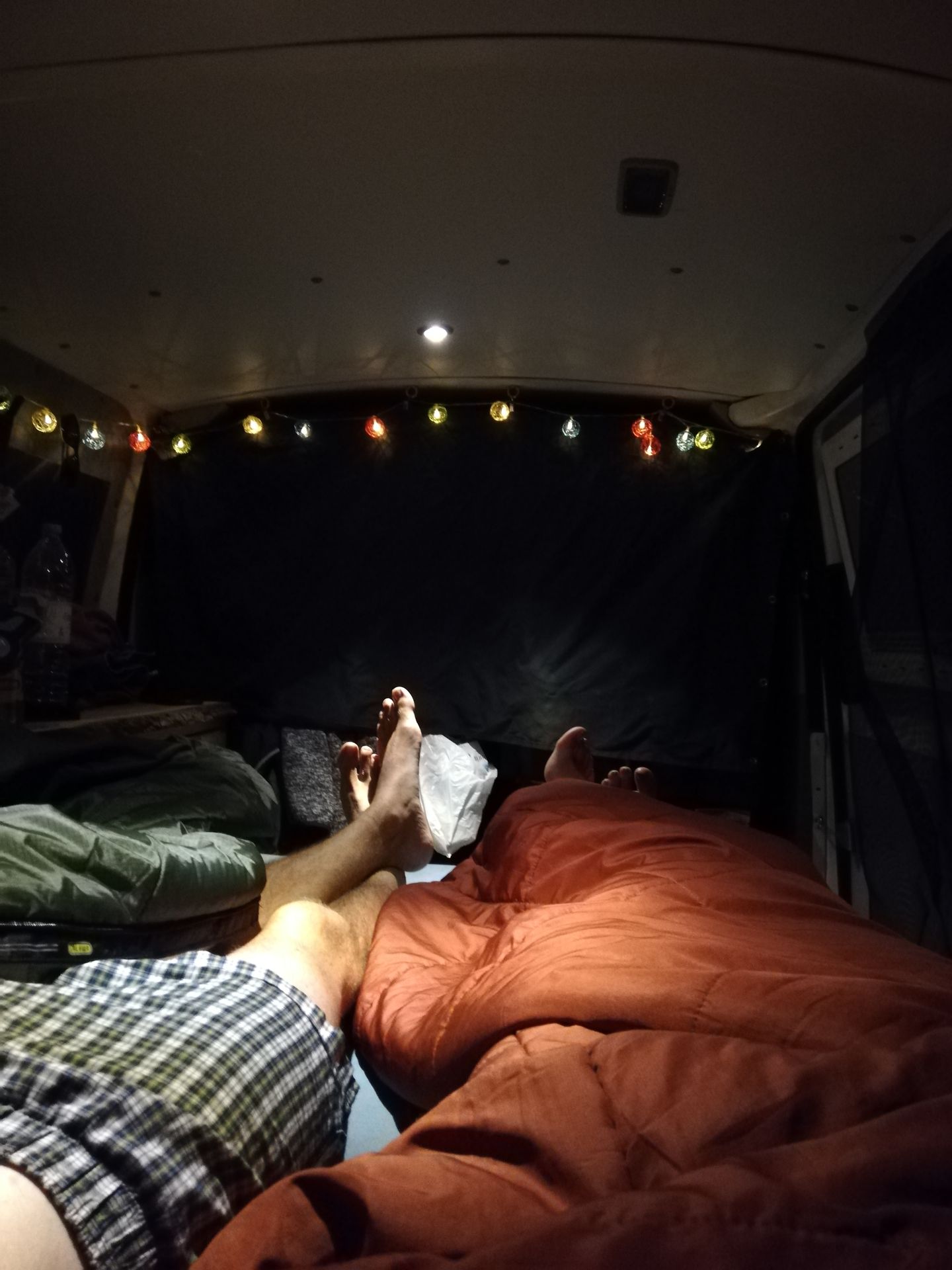
The kitchen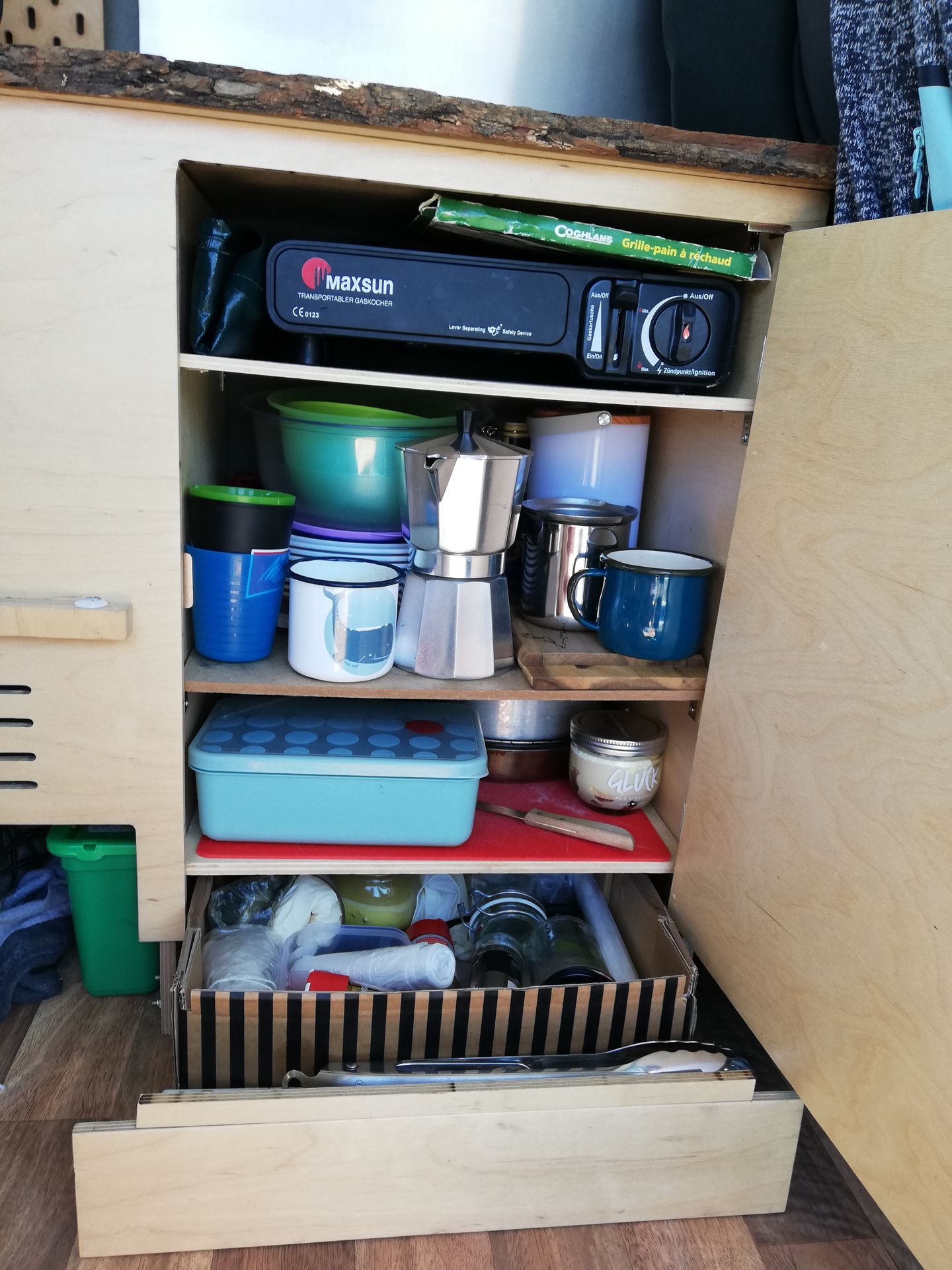
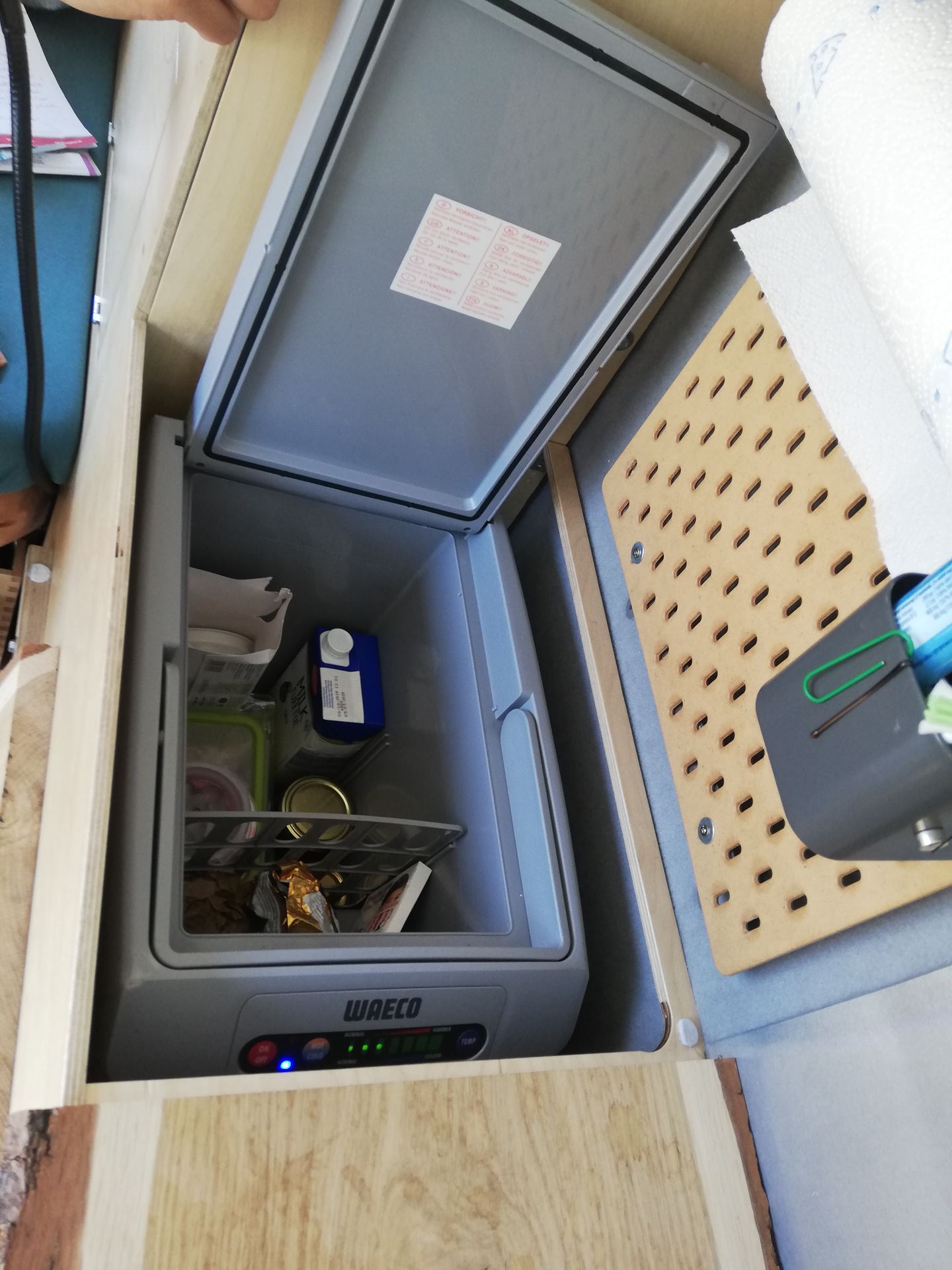
The bathroom with emergency shower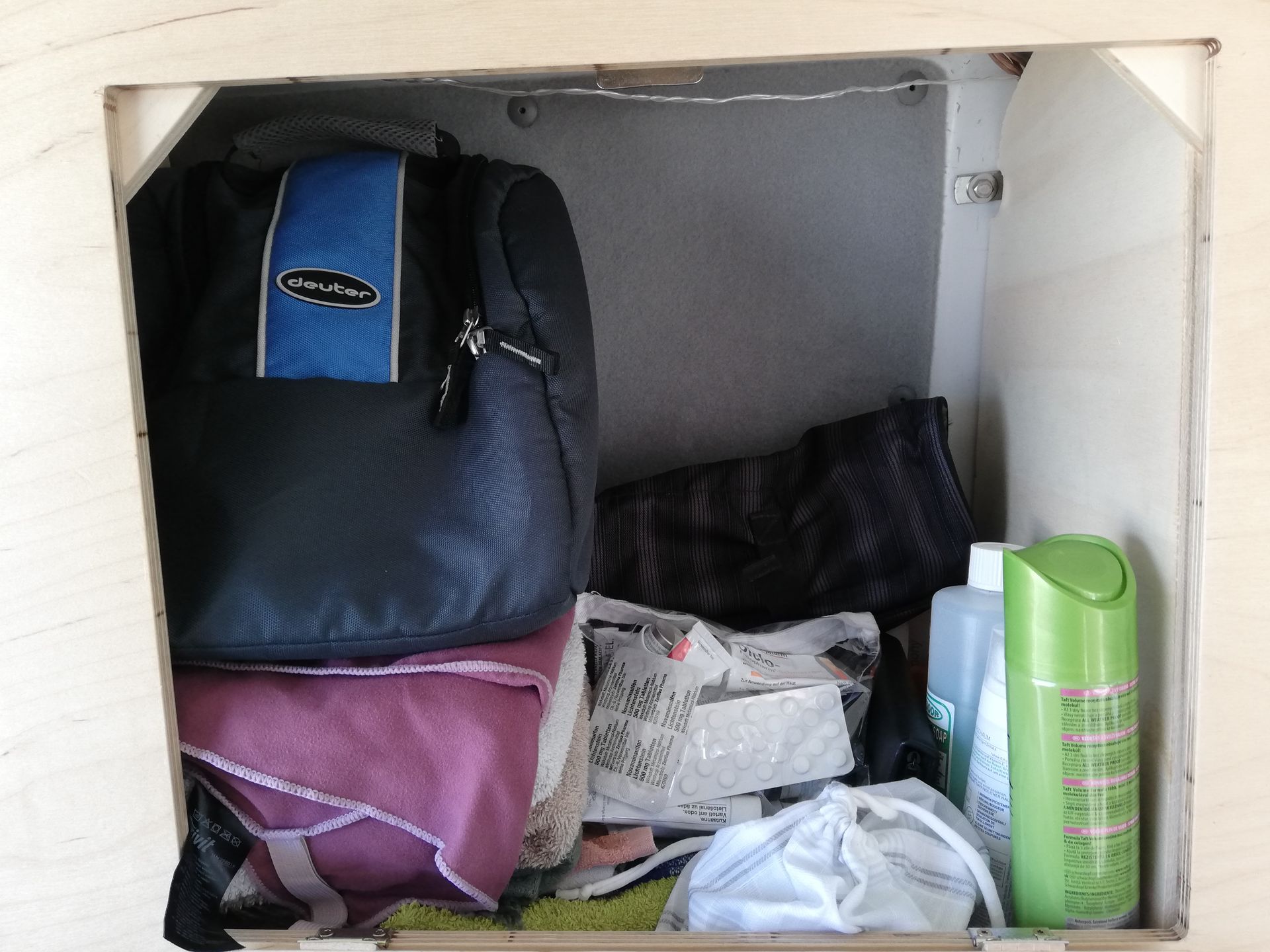
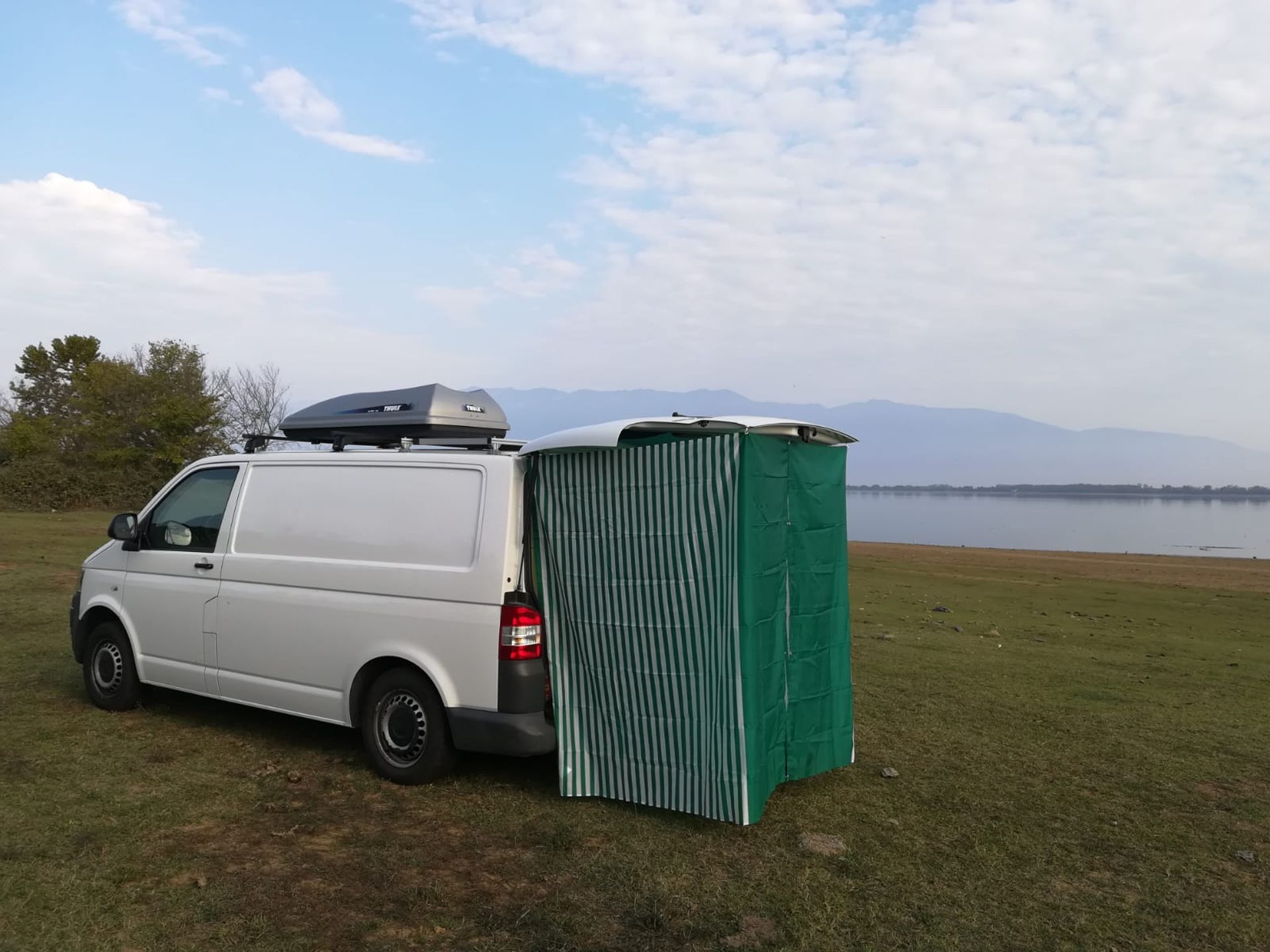
The pantries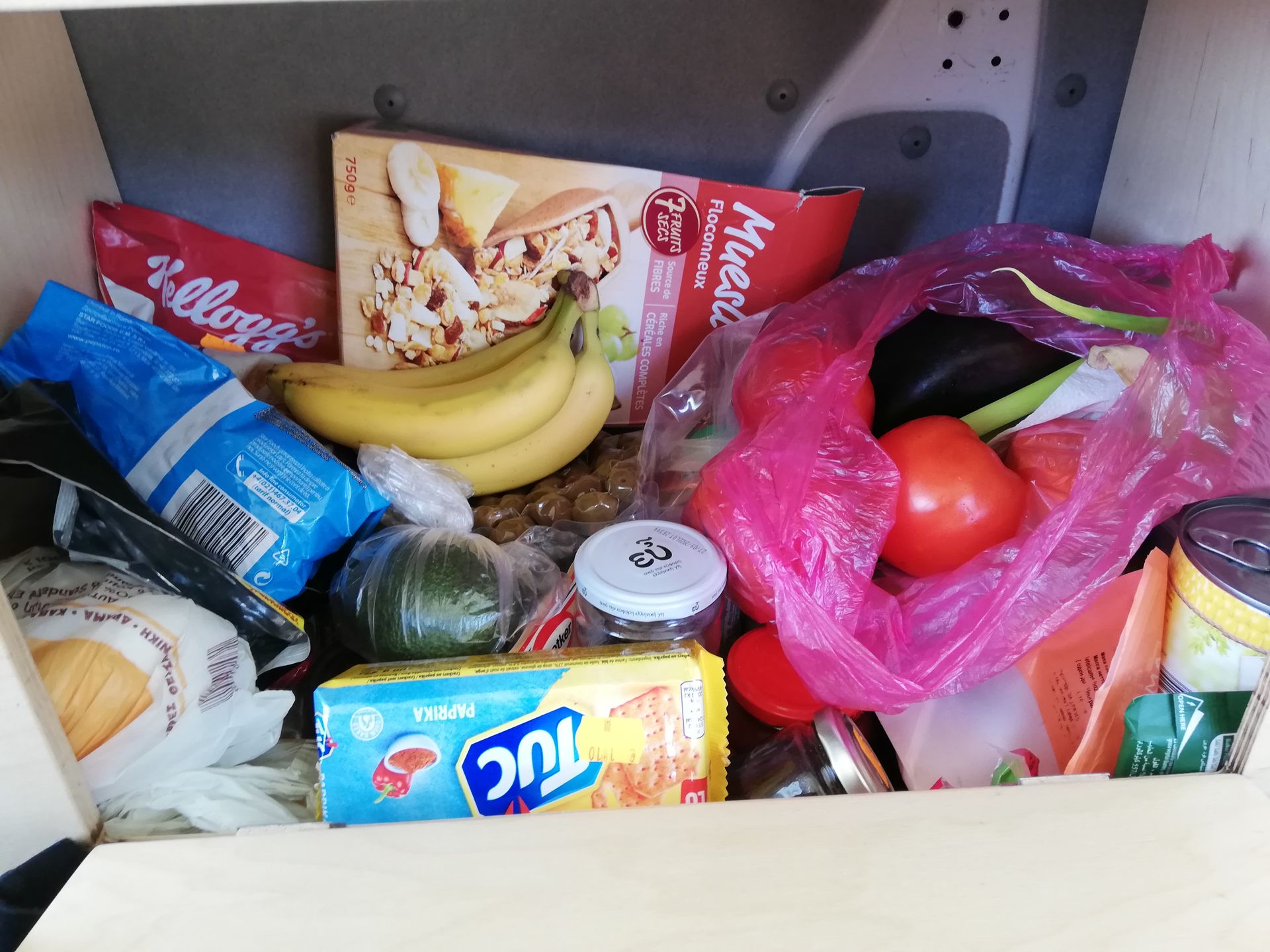
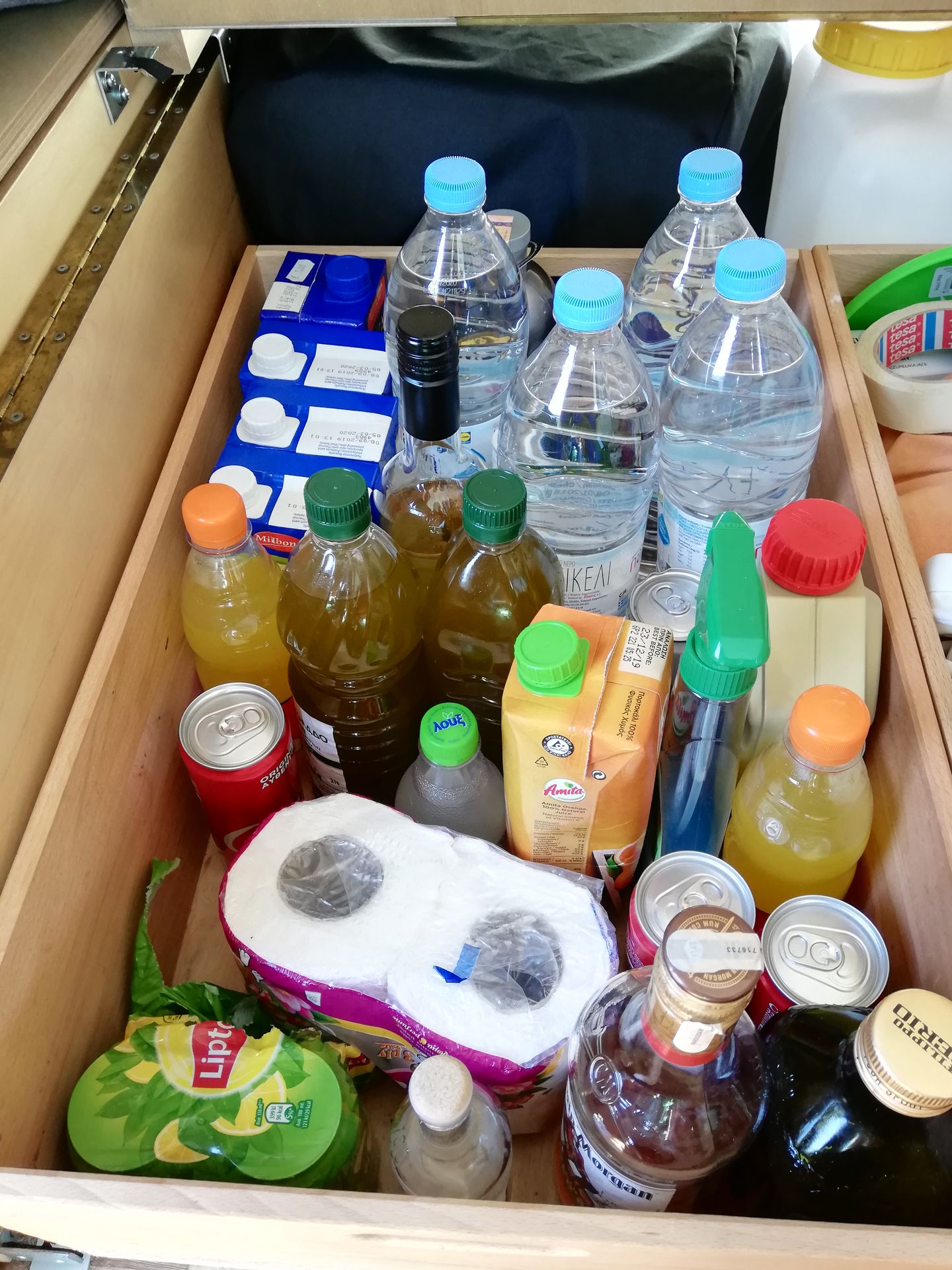
The wardrobe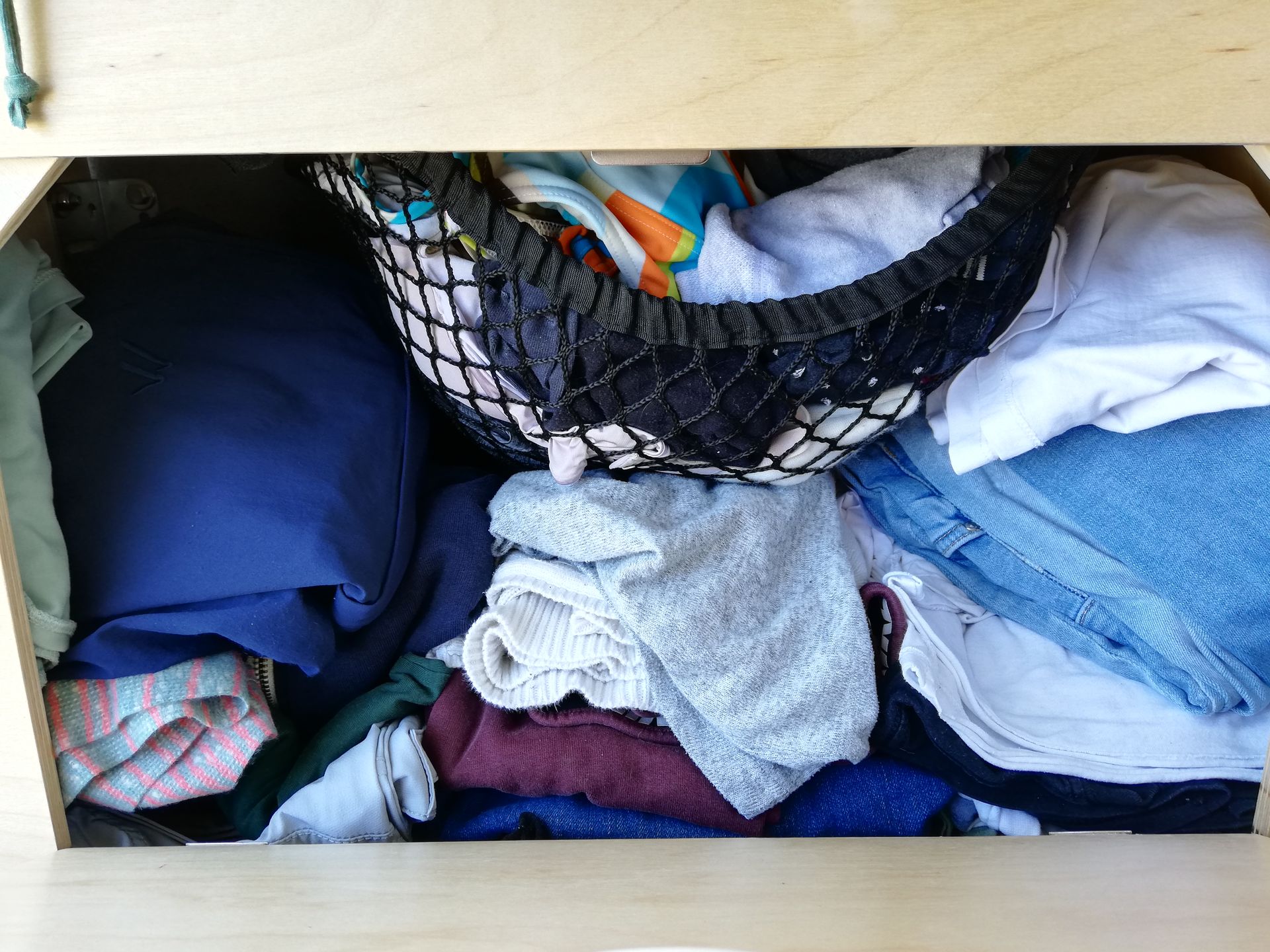
The addition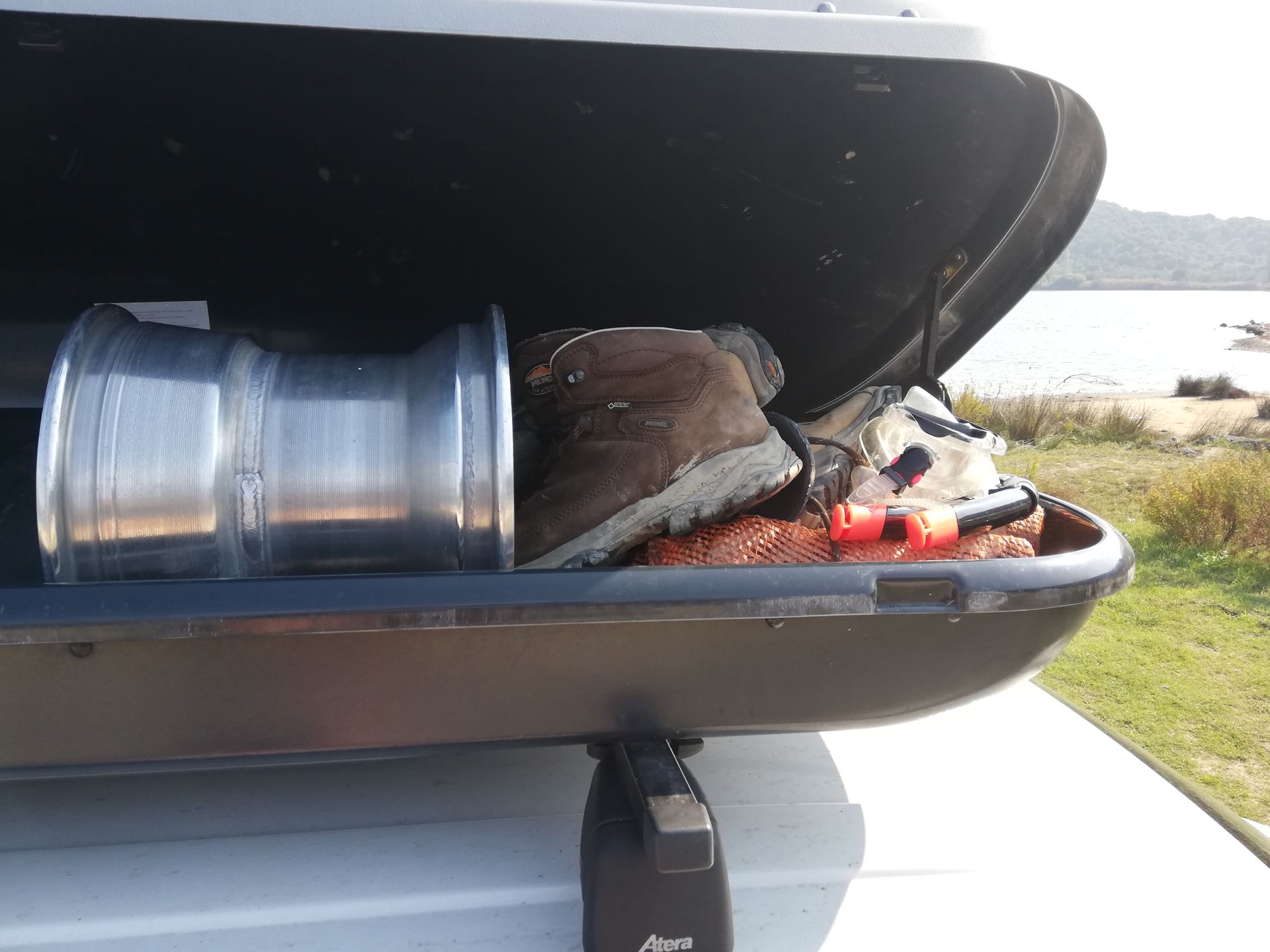
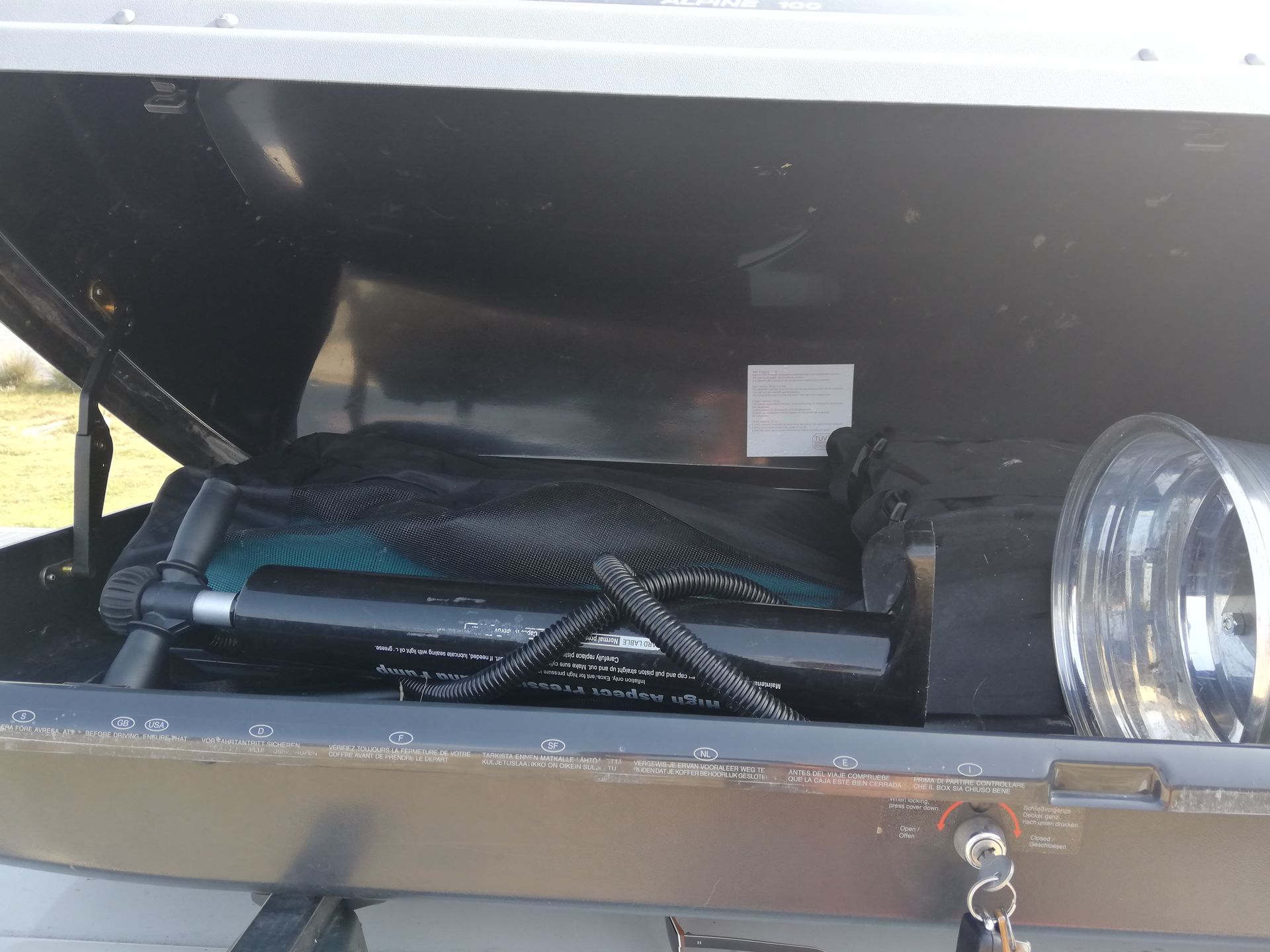
In the roof box, we have:
- Two inflatable stand-up paddleboards with pump
- A fire pit that we received as a wedding gift from Christoph and Sara (thanks for that :-)
- Hiking shoes and swim shoes
- Two chairs
- Two snorkel sets
- A walking stick
- Firewood
Yes, and then there are various other well and not so well hidden/reachable places in the bus. We have all sorts of things on board. We need many of them, some of them less (e.g. the diesel canister that we have never needed).
But the most important things for us are the coffee maker.
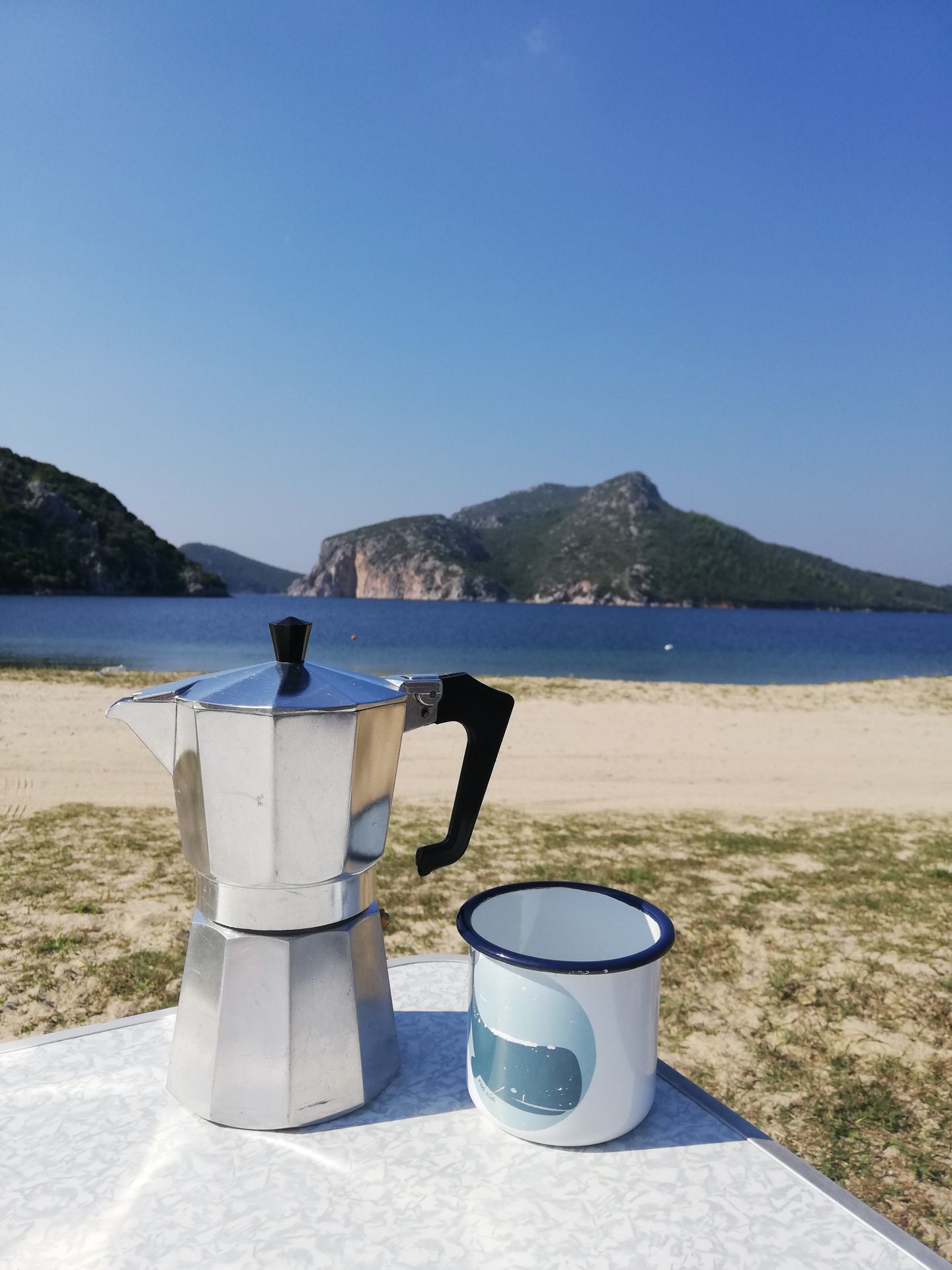
The car key safe, thanks to which we can quickly go swimming without worries. It is simply attached somewhere to the car and can be locked with a combination of numbers.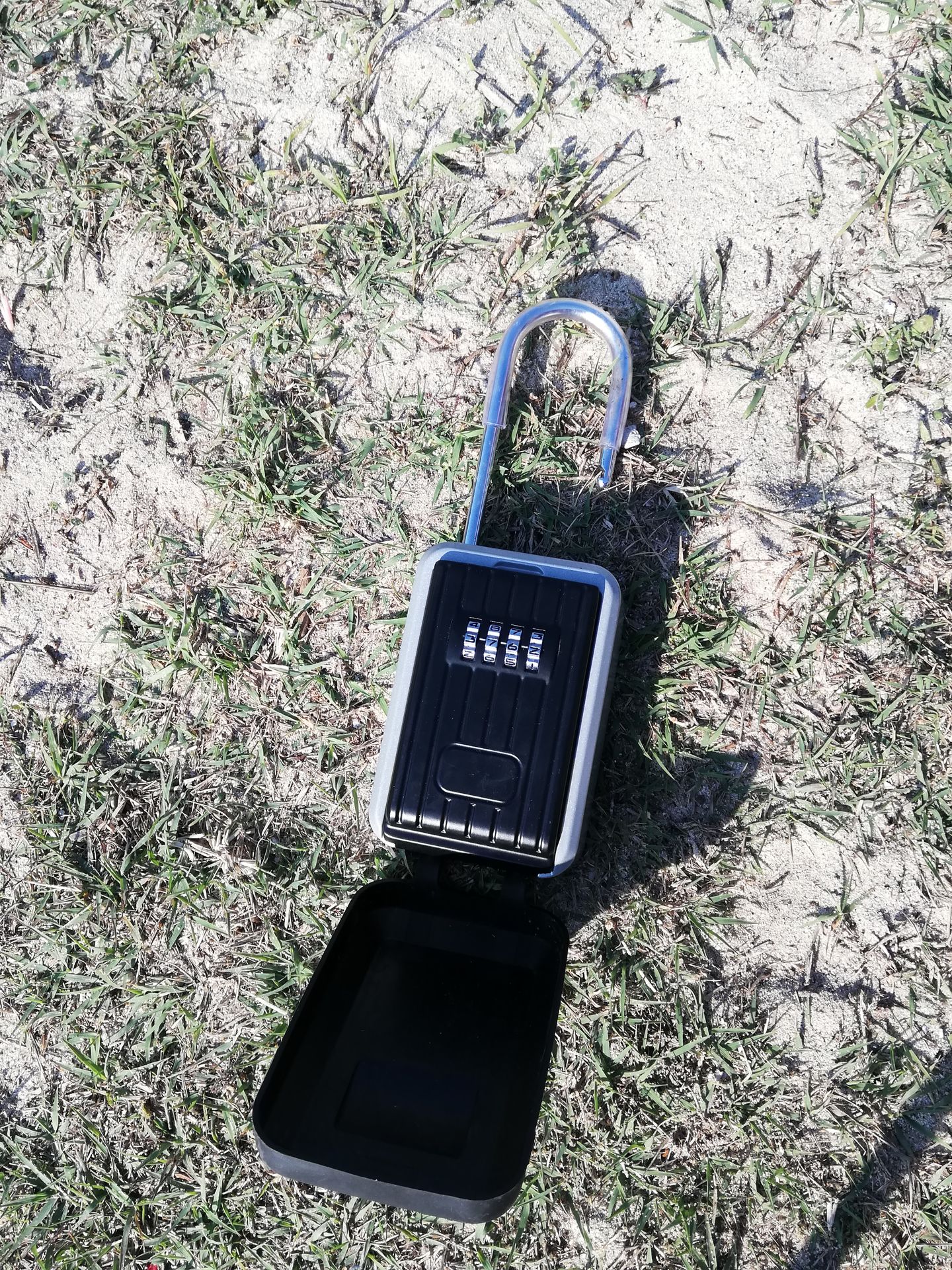
The wash basin, which serves us very well almost every day and can be rolled up very small.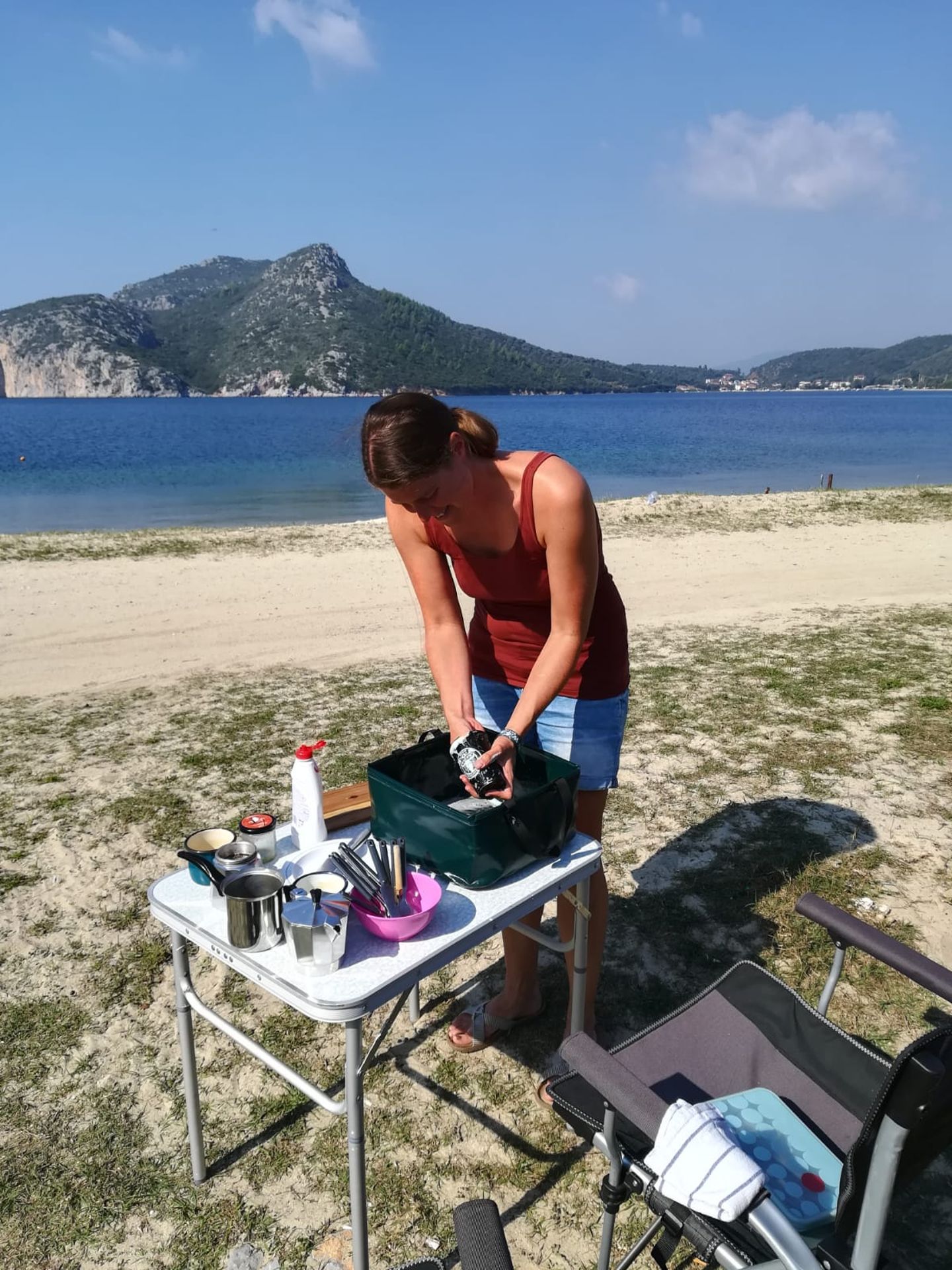
The all-round magnets. With them, we can attach almost anything to almost any place in the bus.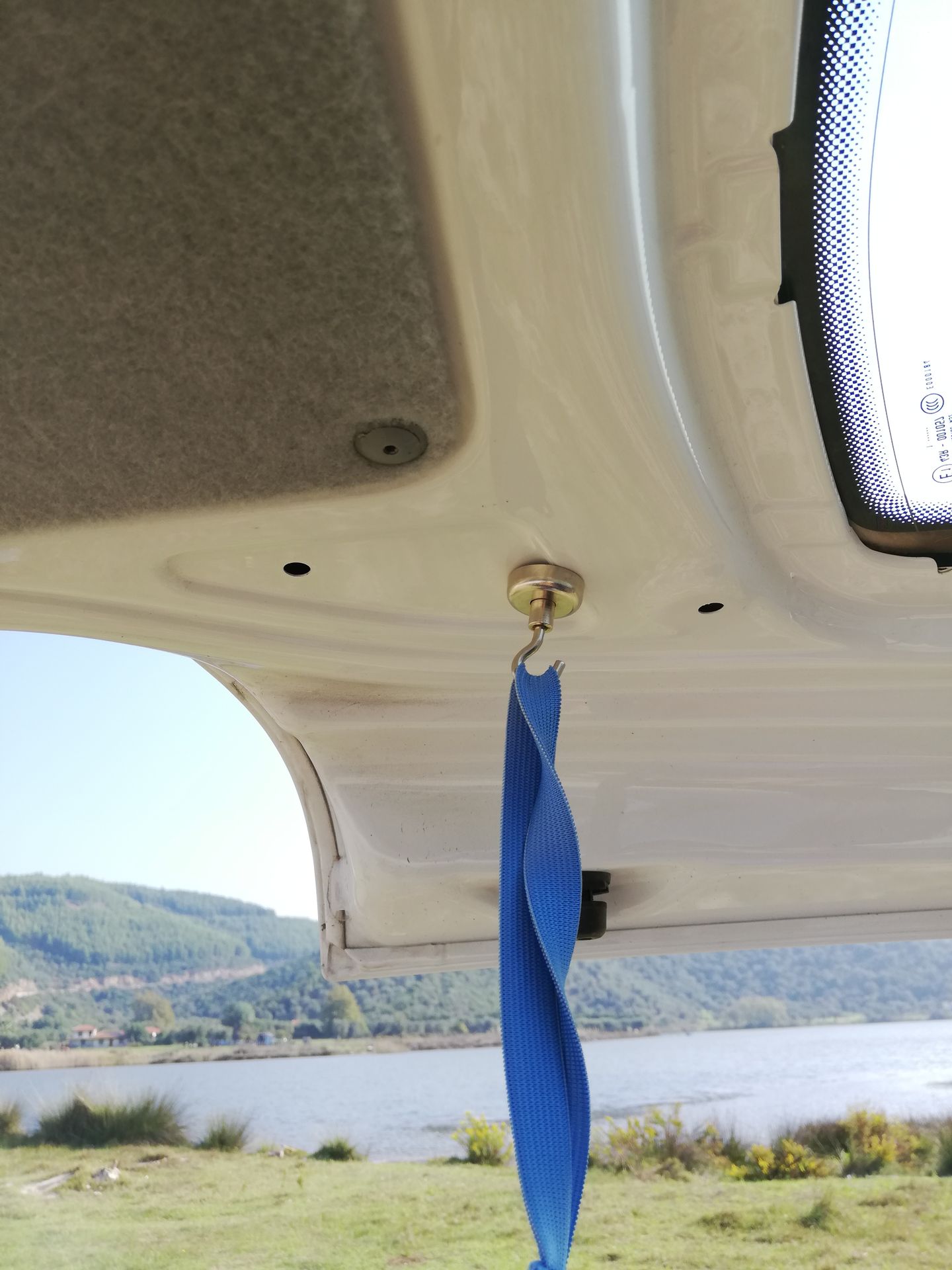
The camel hair blanket and the hot water bottles for cold nights.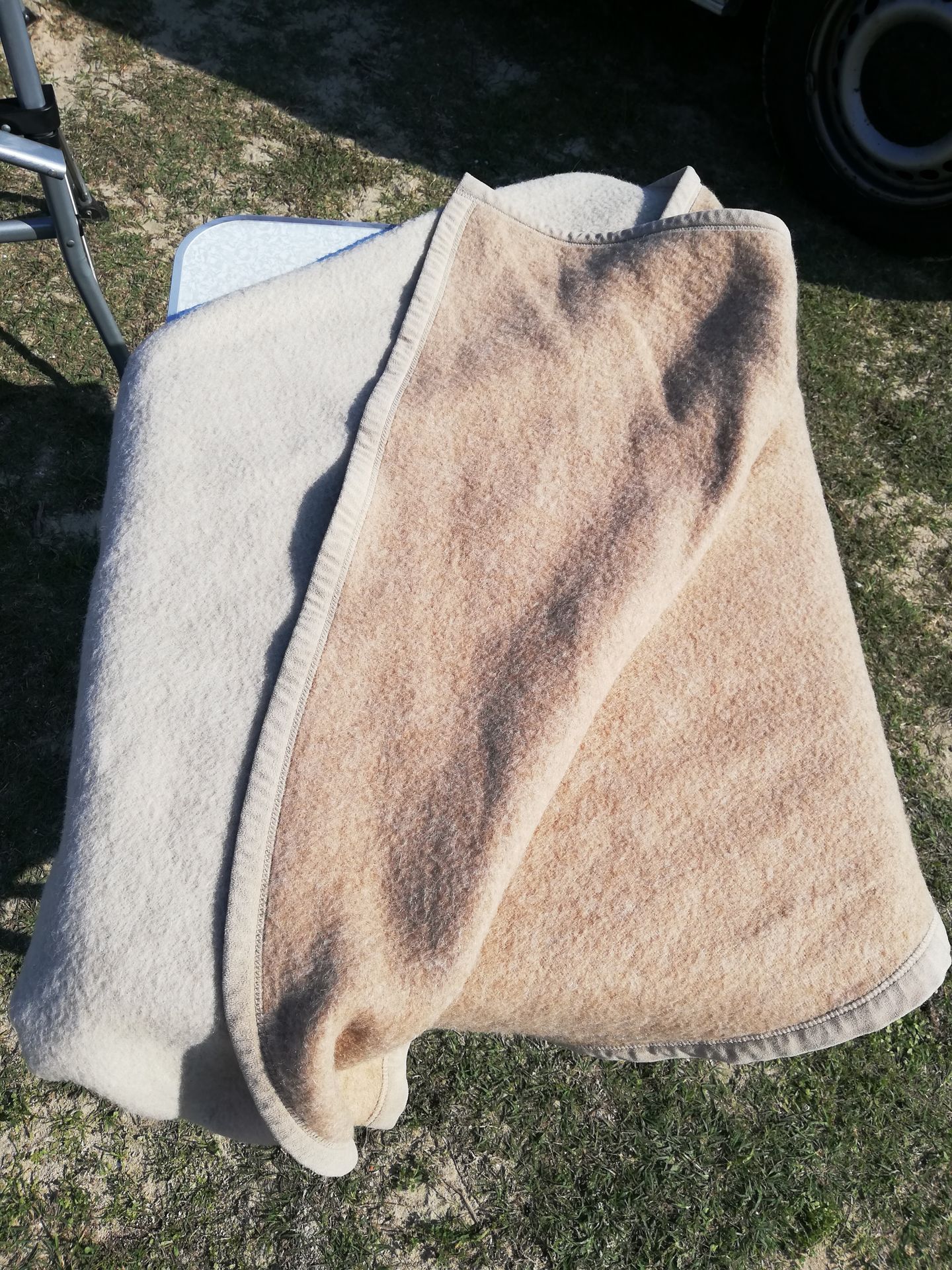
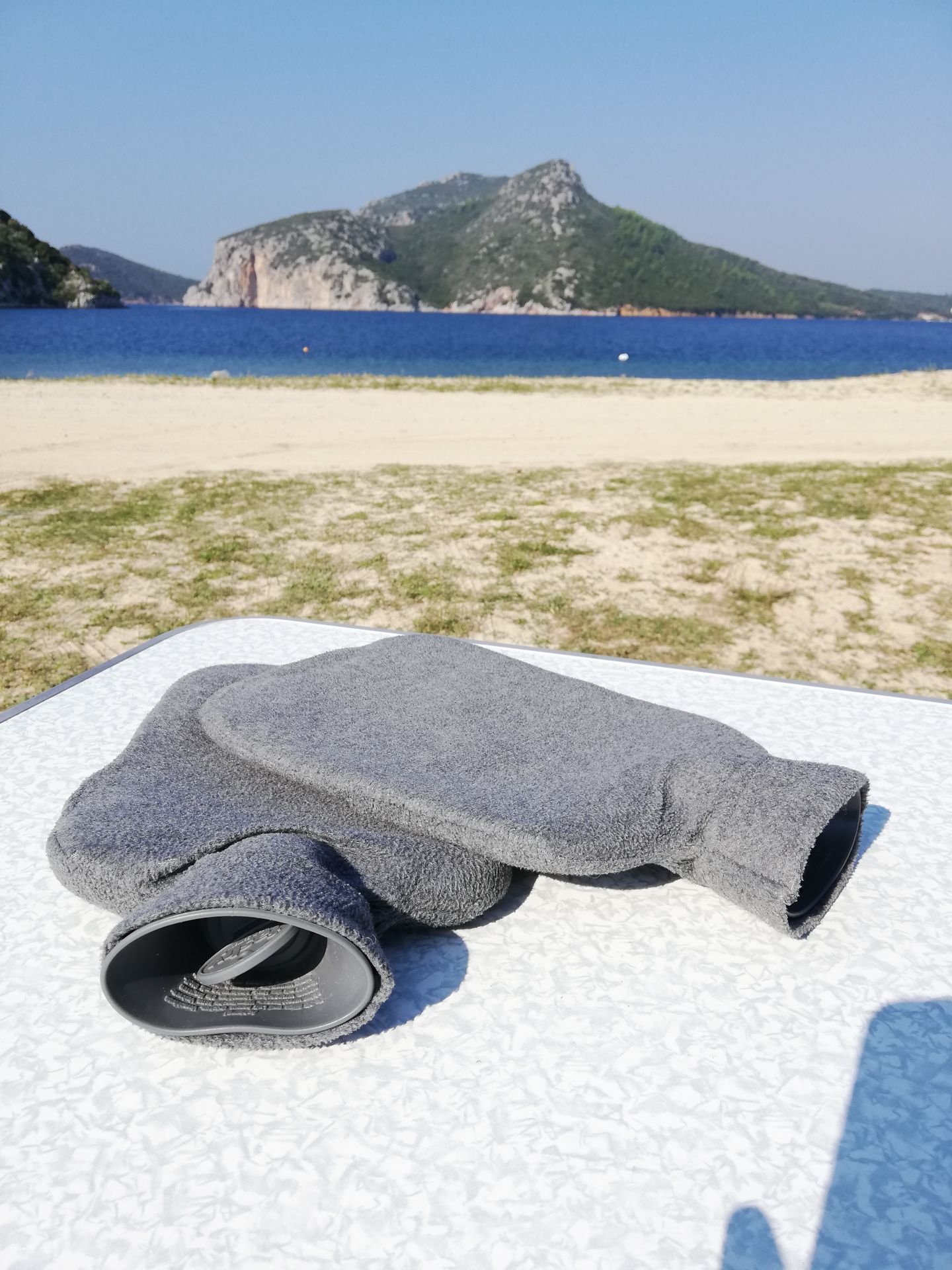
Our two-burner gas cooker or gas grill, depending on preference.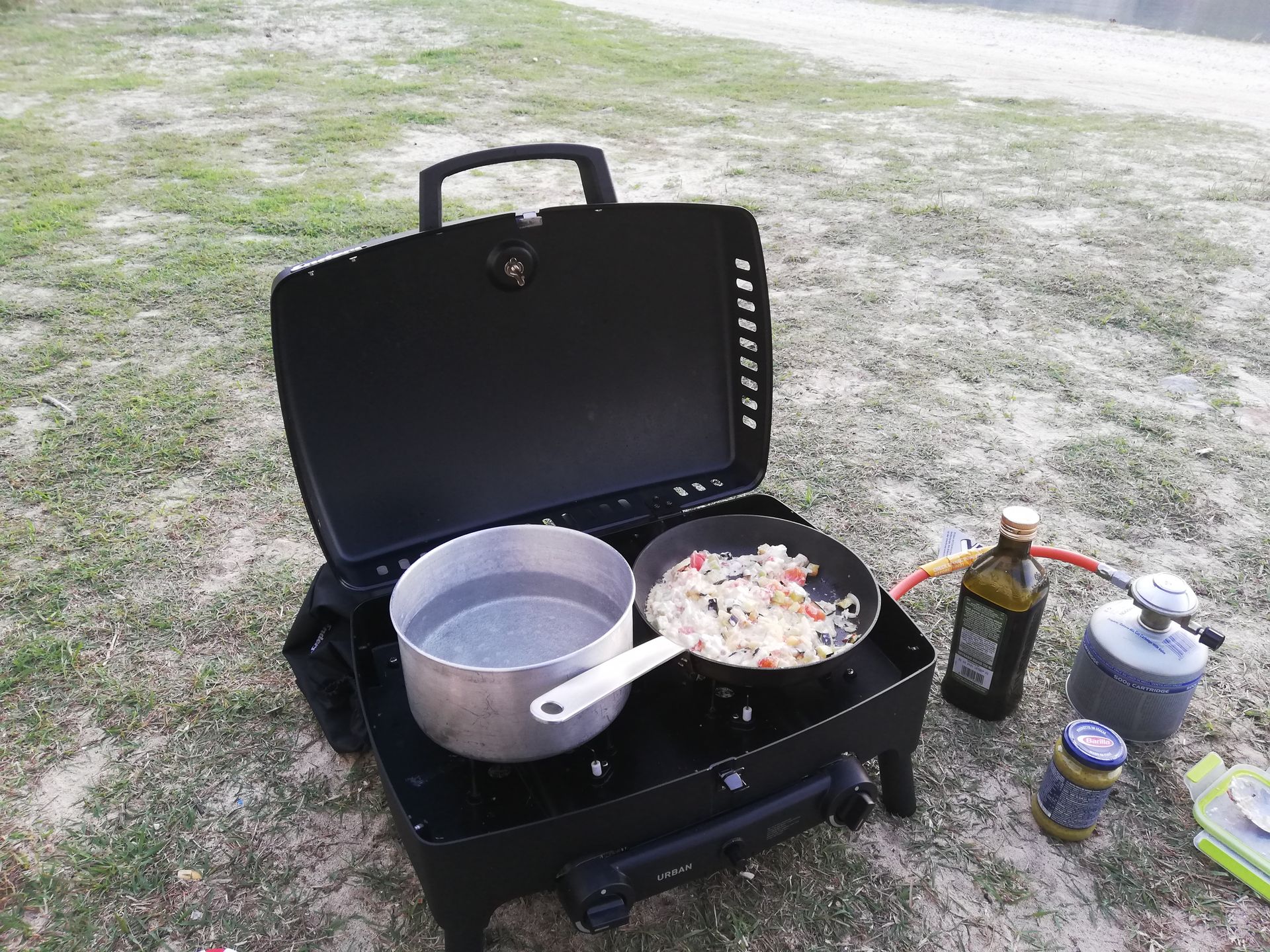
Our solar module, with which we can be completely self-sufficient here in Greece thanks to the many sun.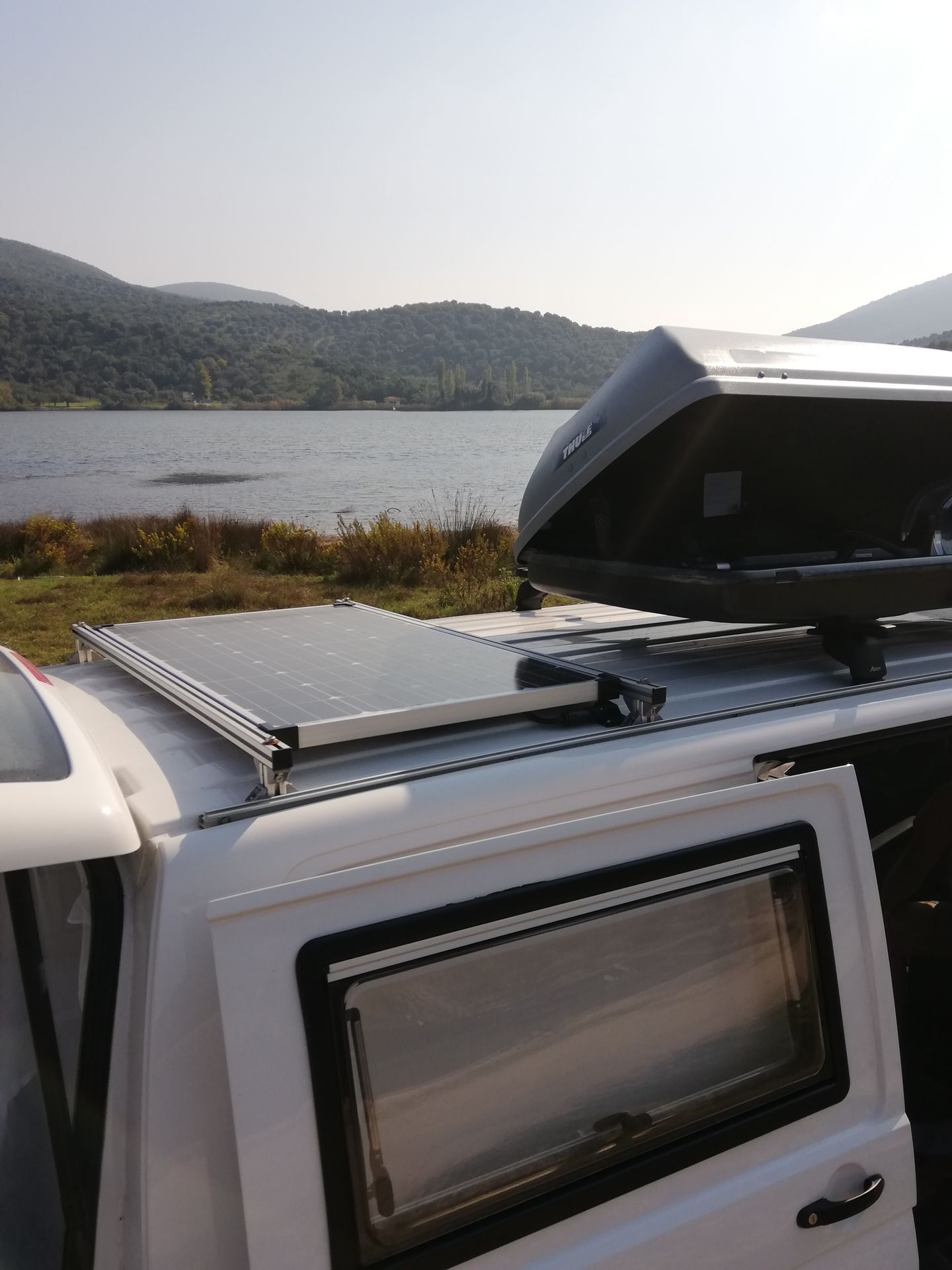
Our power storage so that we can charge our phones even when we don't have sun at the moment.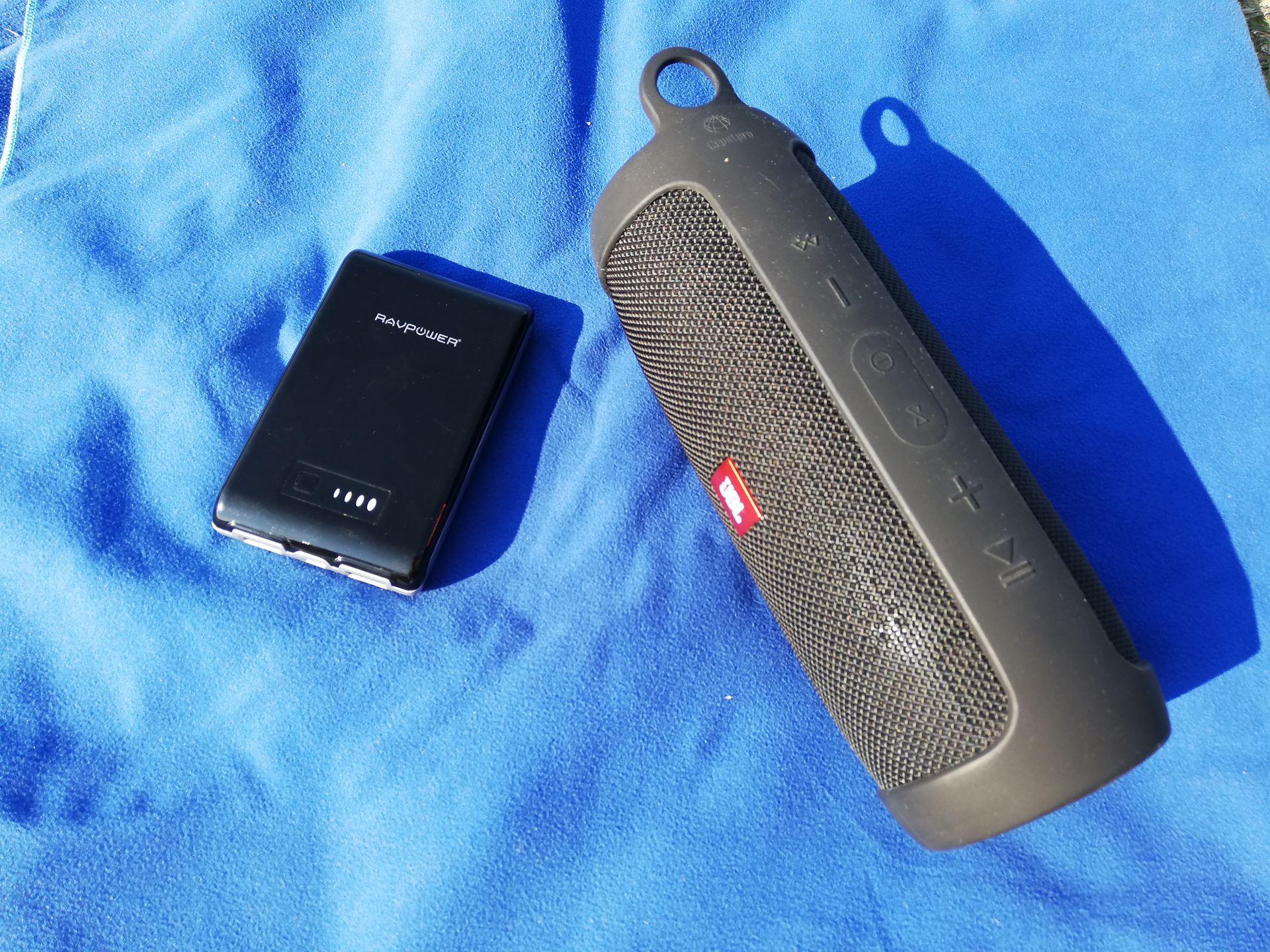
And last but not least, our small breakfast boards, which were also a wedding gift (thanks, Koch family) and bring us joy every day.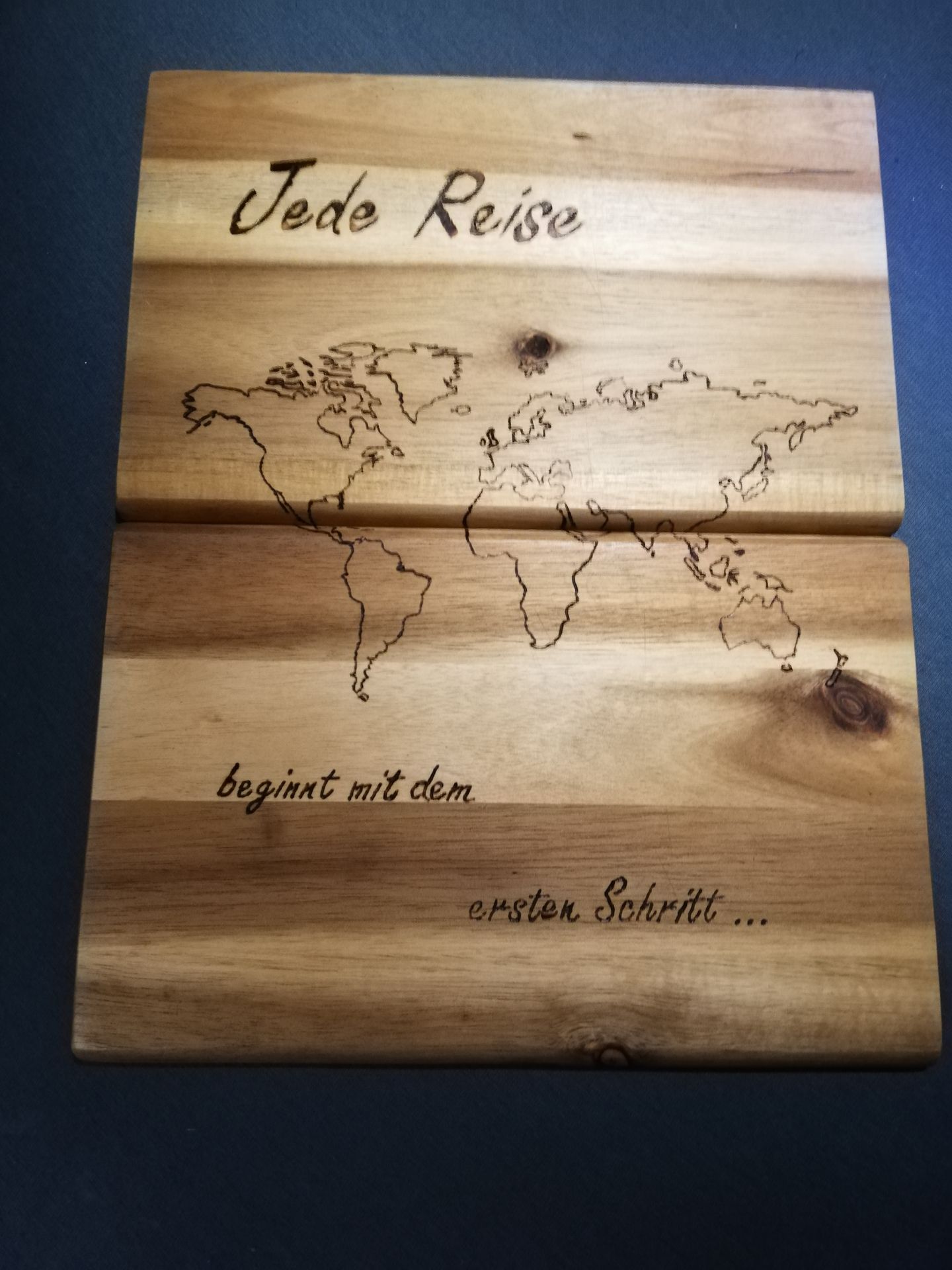
If anyone has any questions about anything regarding our equipment or our trip in general, they are welcome to ask us. Either here through a comment or directly via WhatsApp or something.
Let's see how things continue next week. Maybe we'll head towards Athens. Unless the weather keeps us at the beach even longer.
Пријавите се на билтен
Одговор
